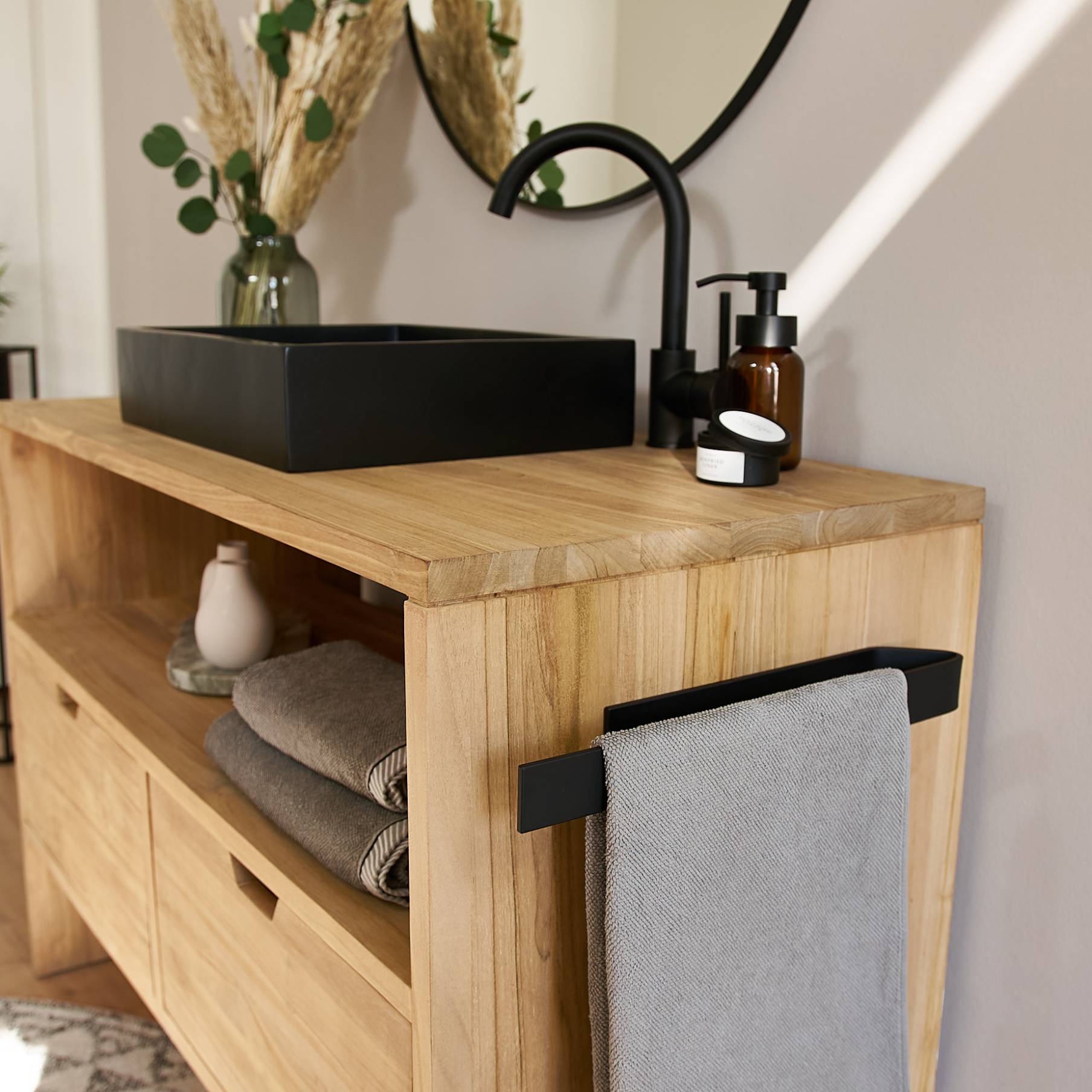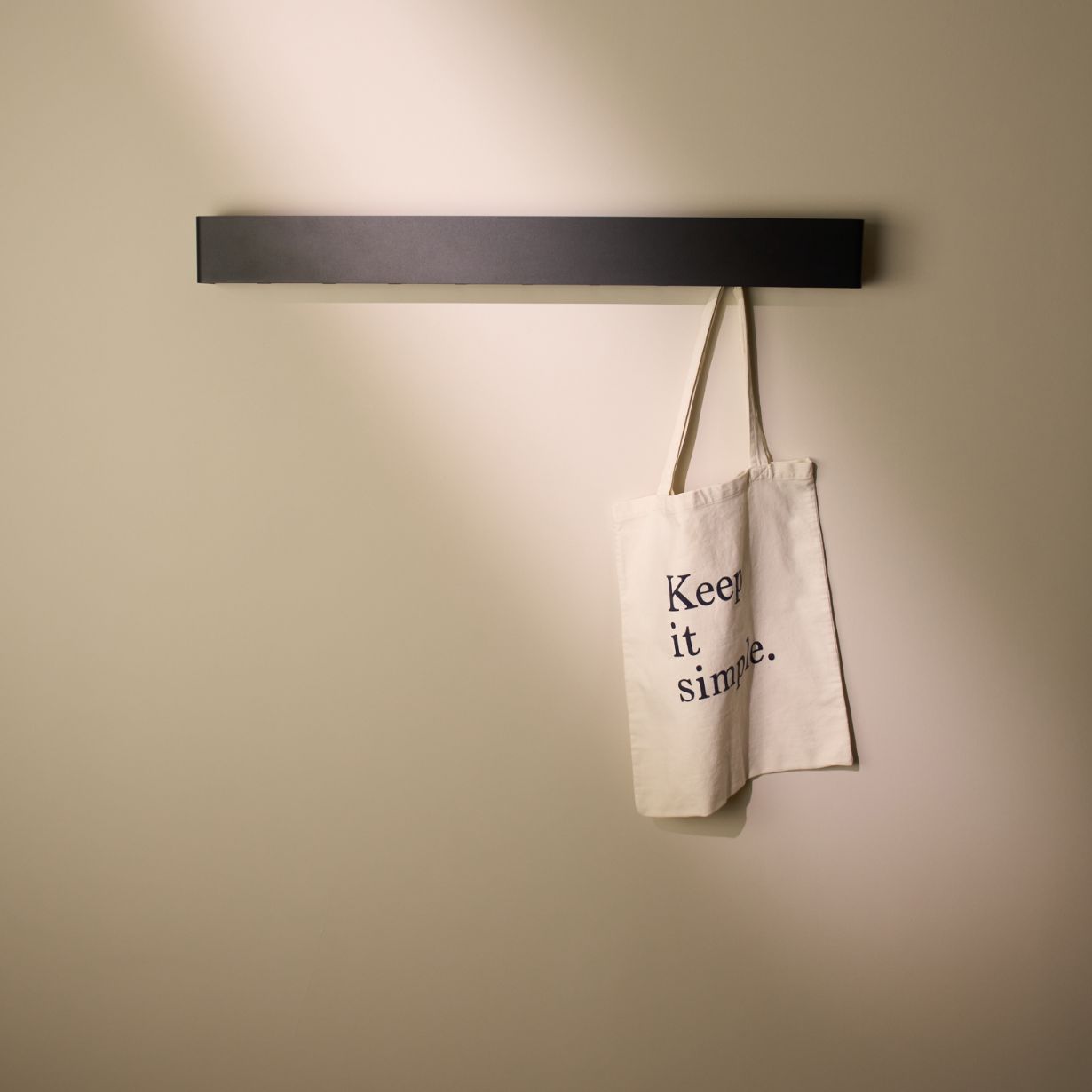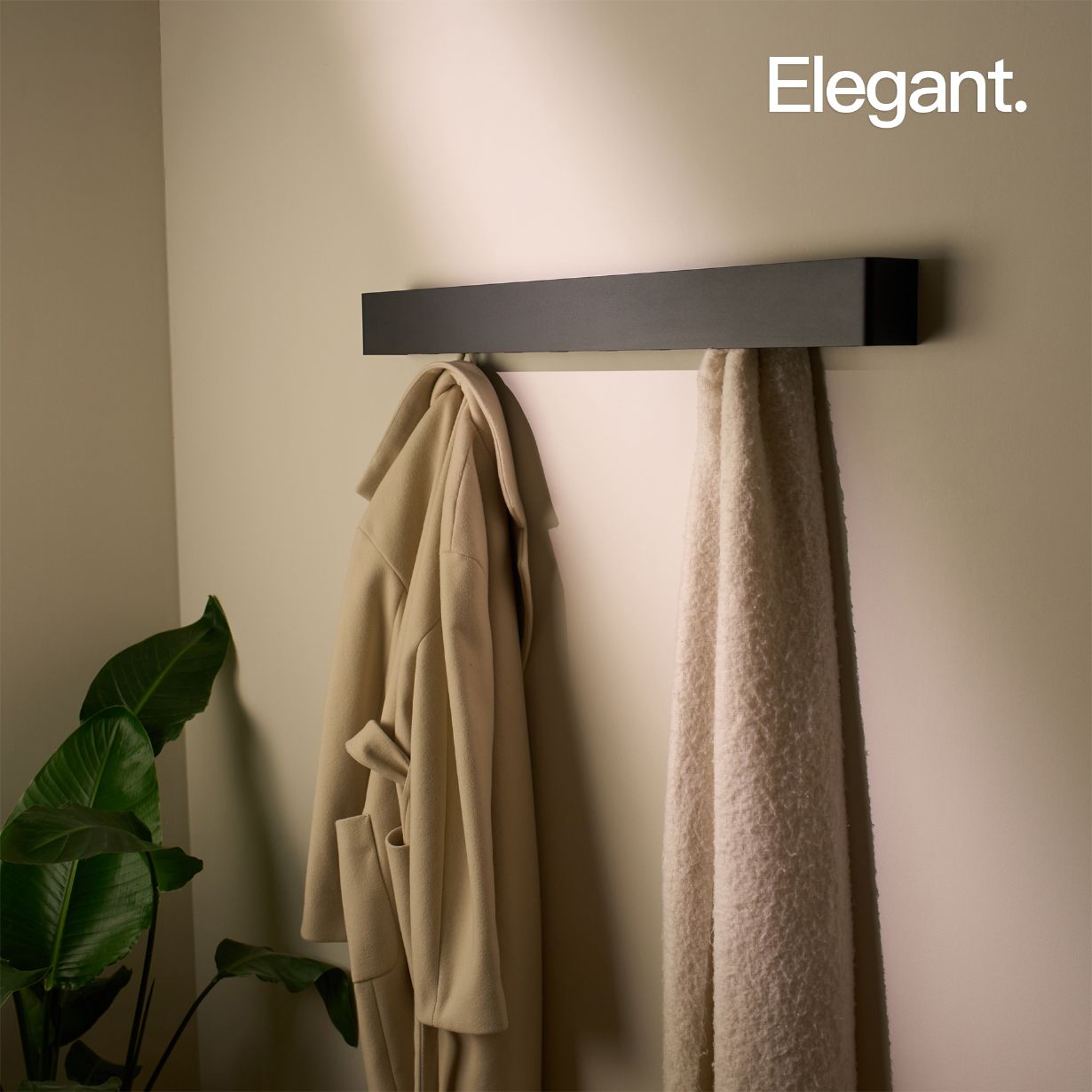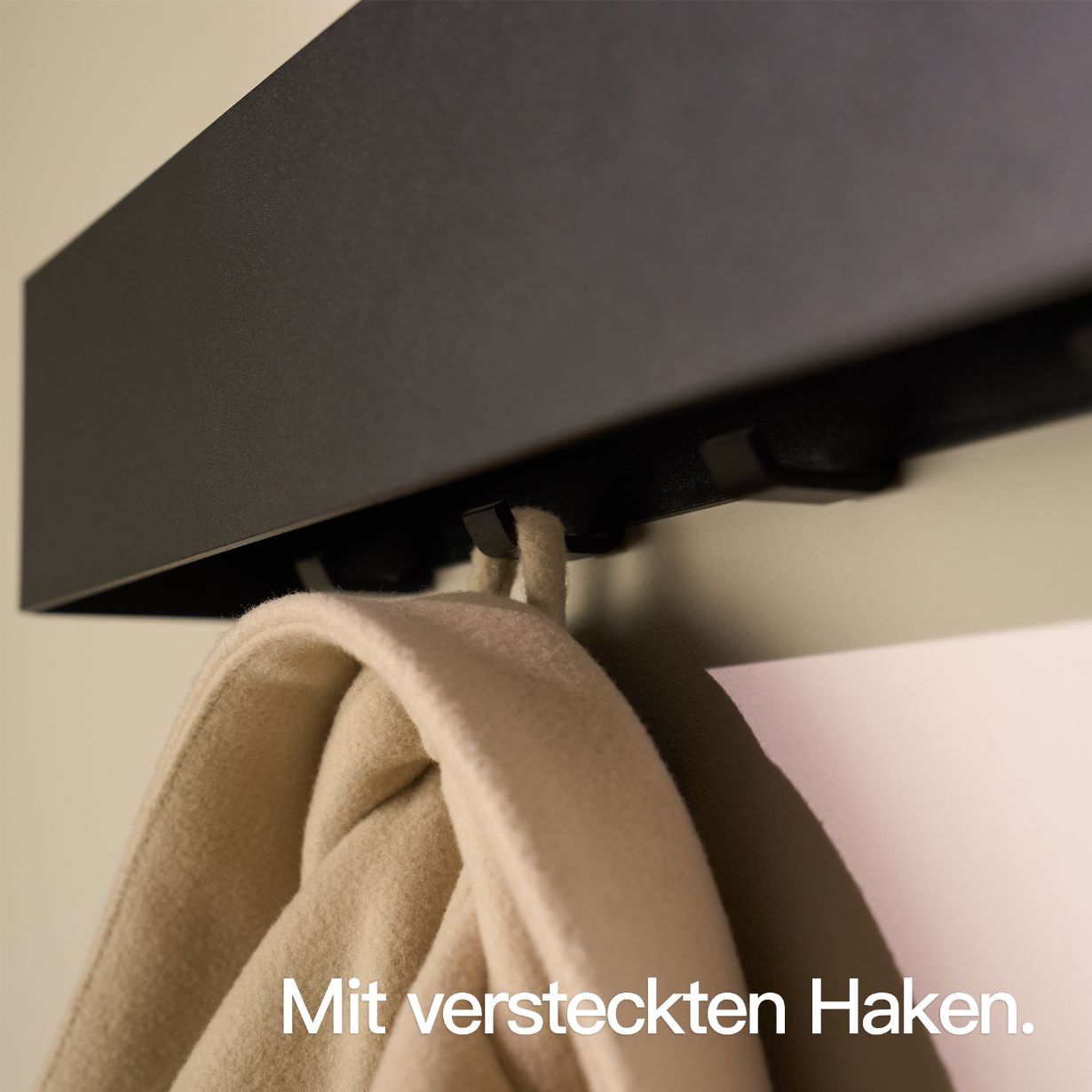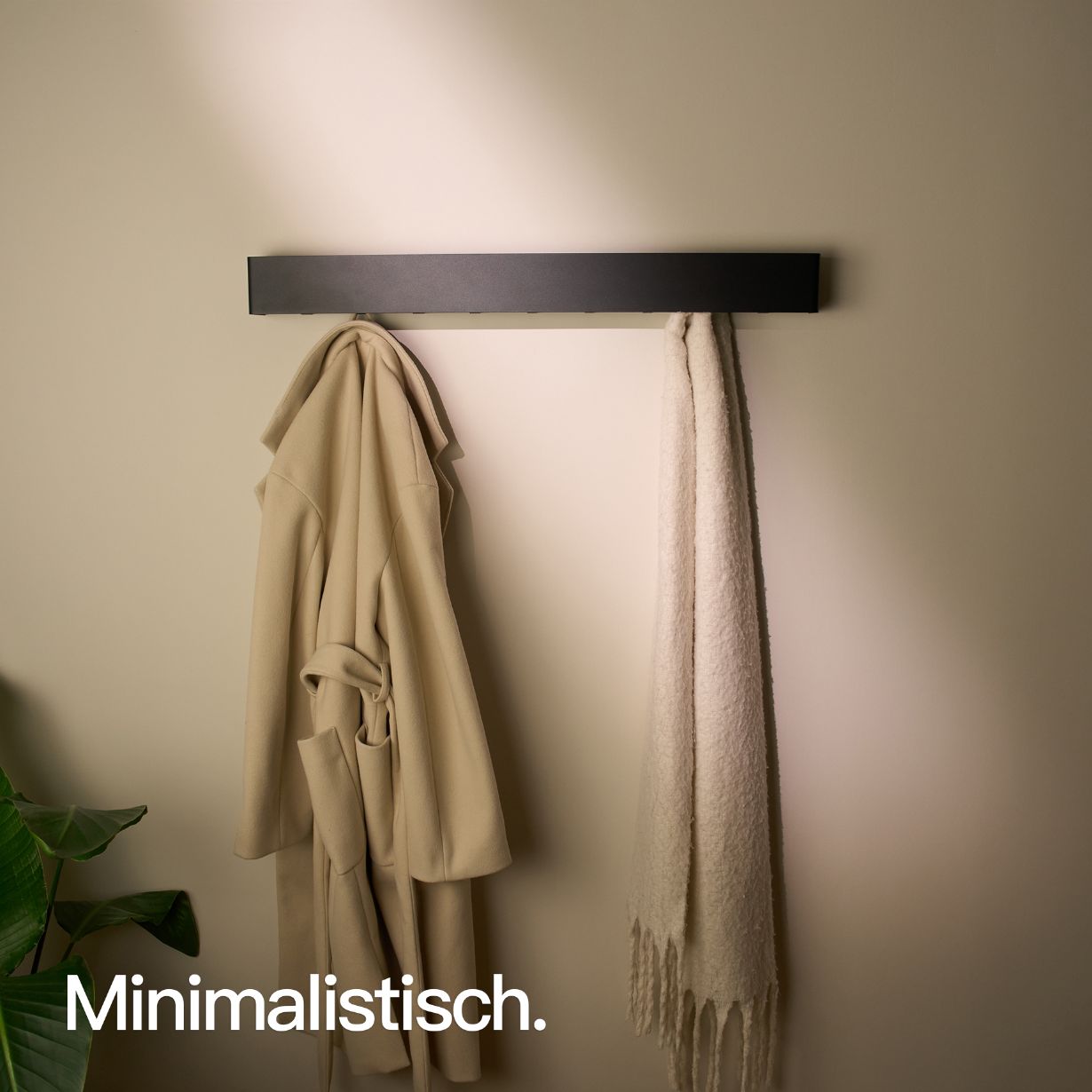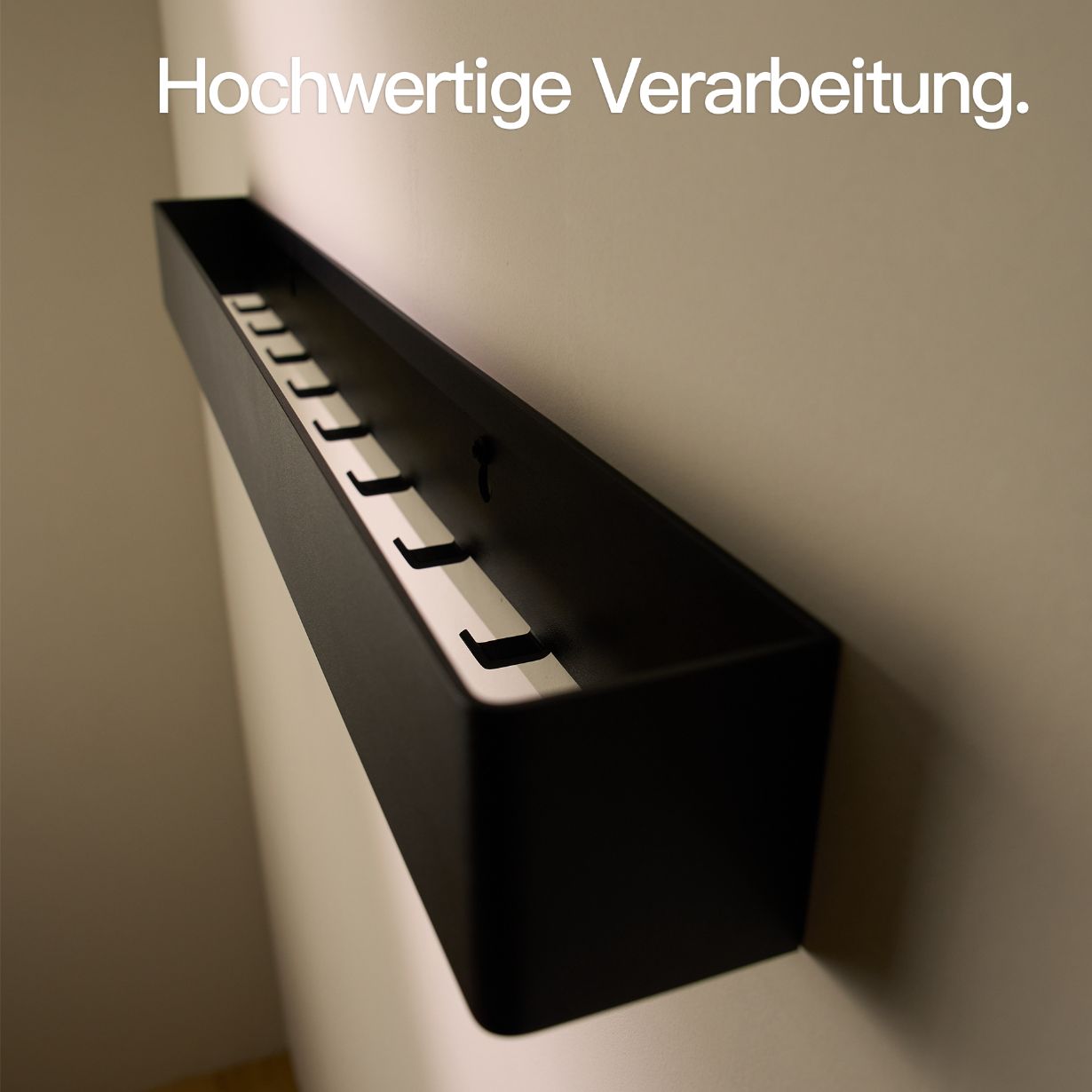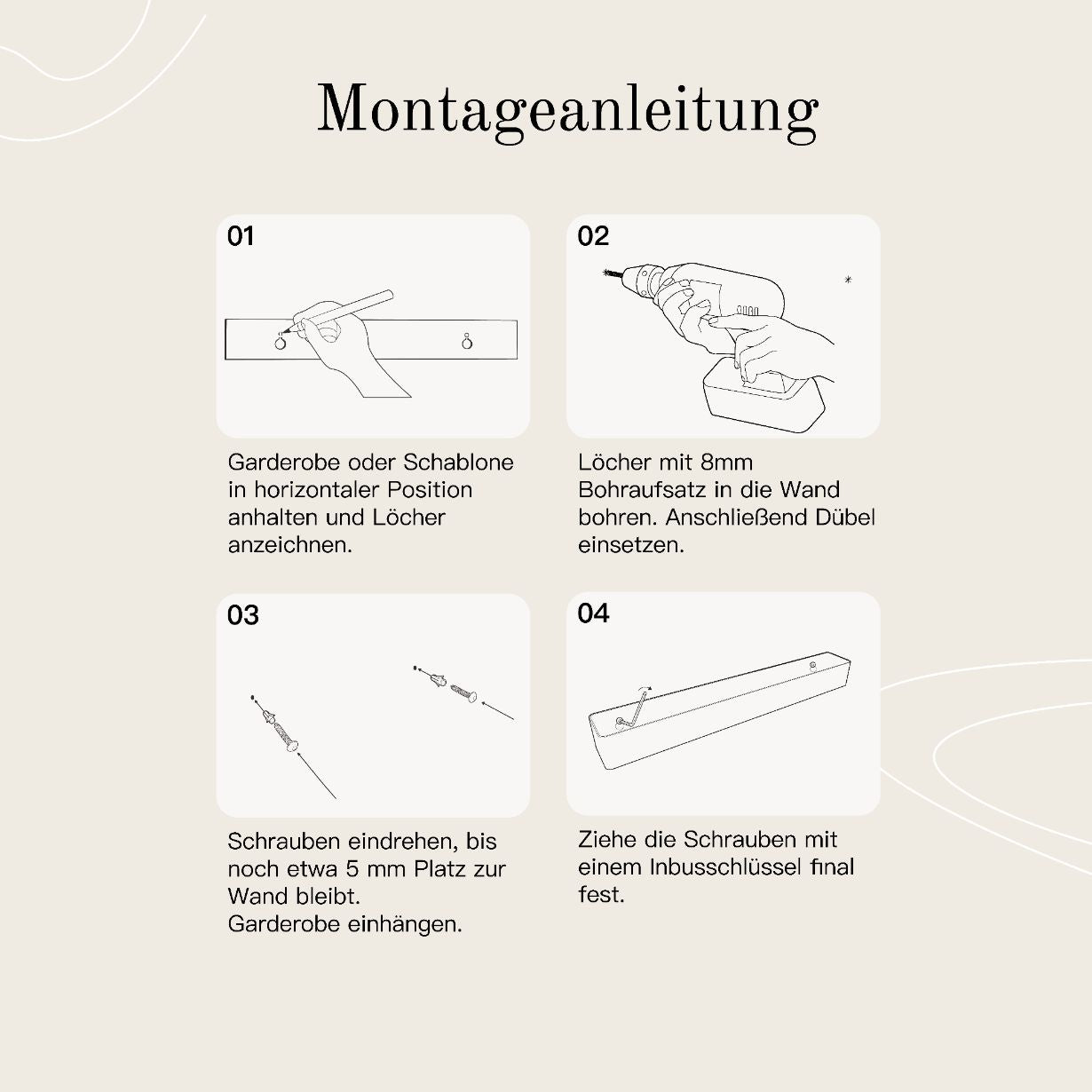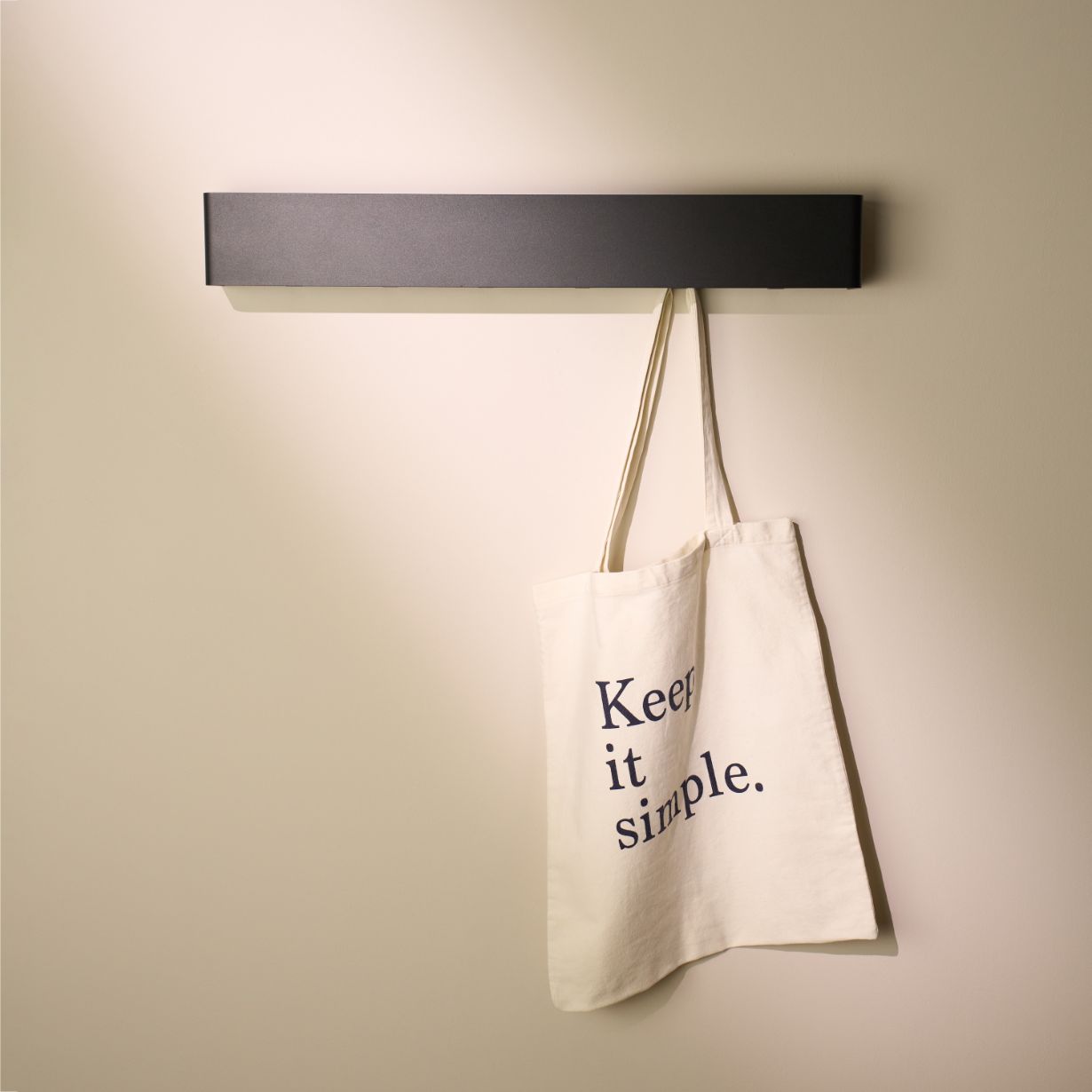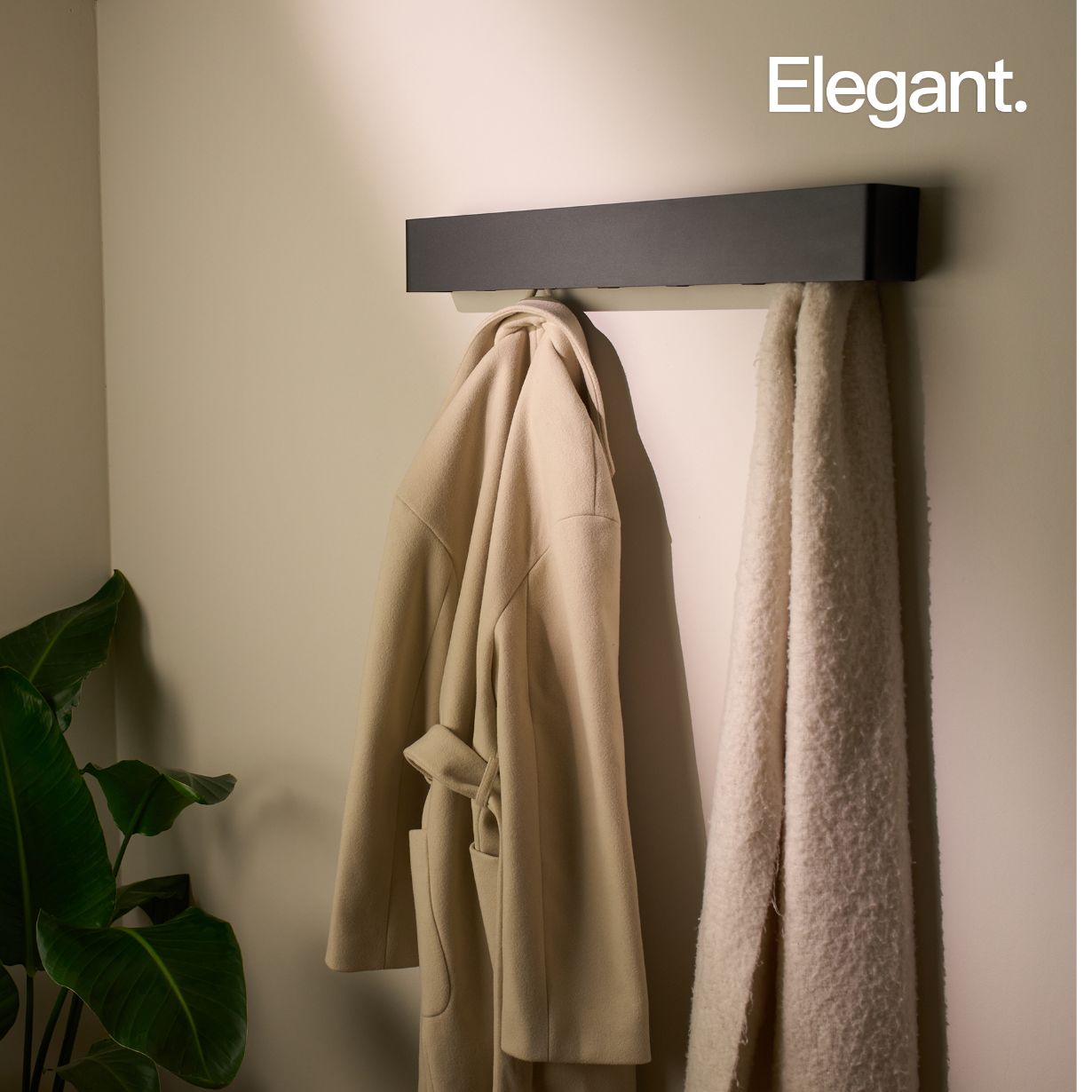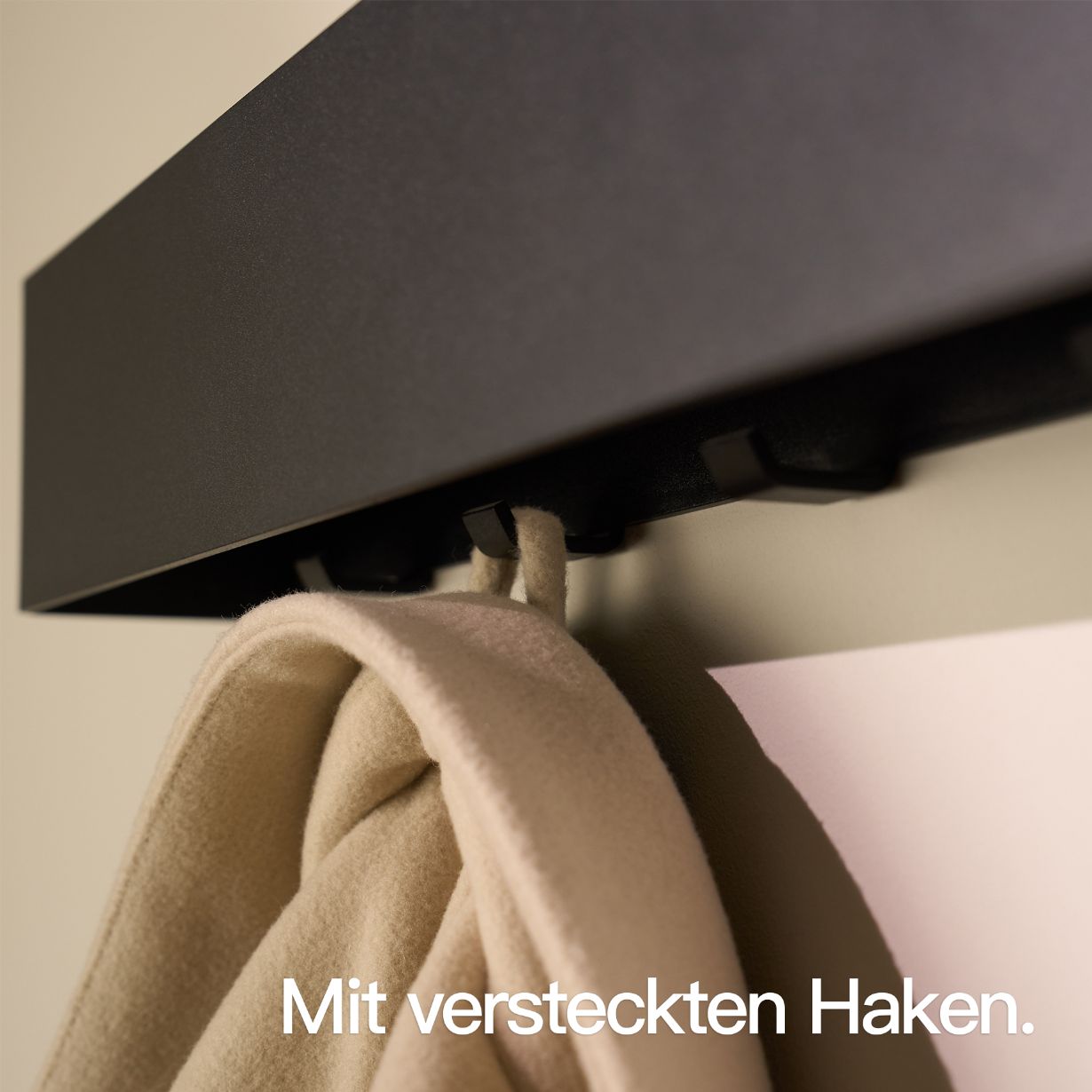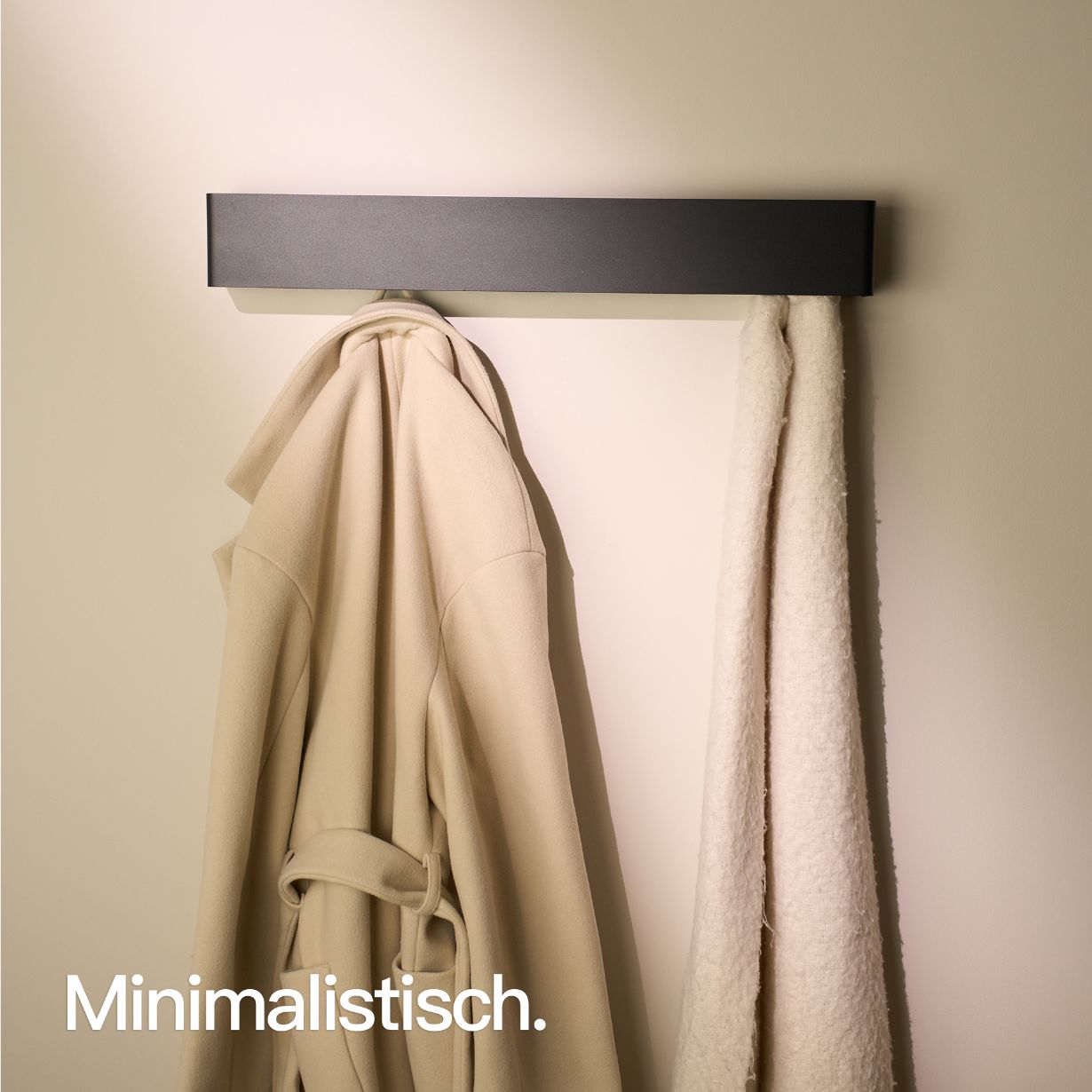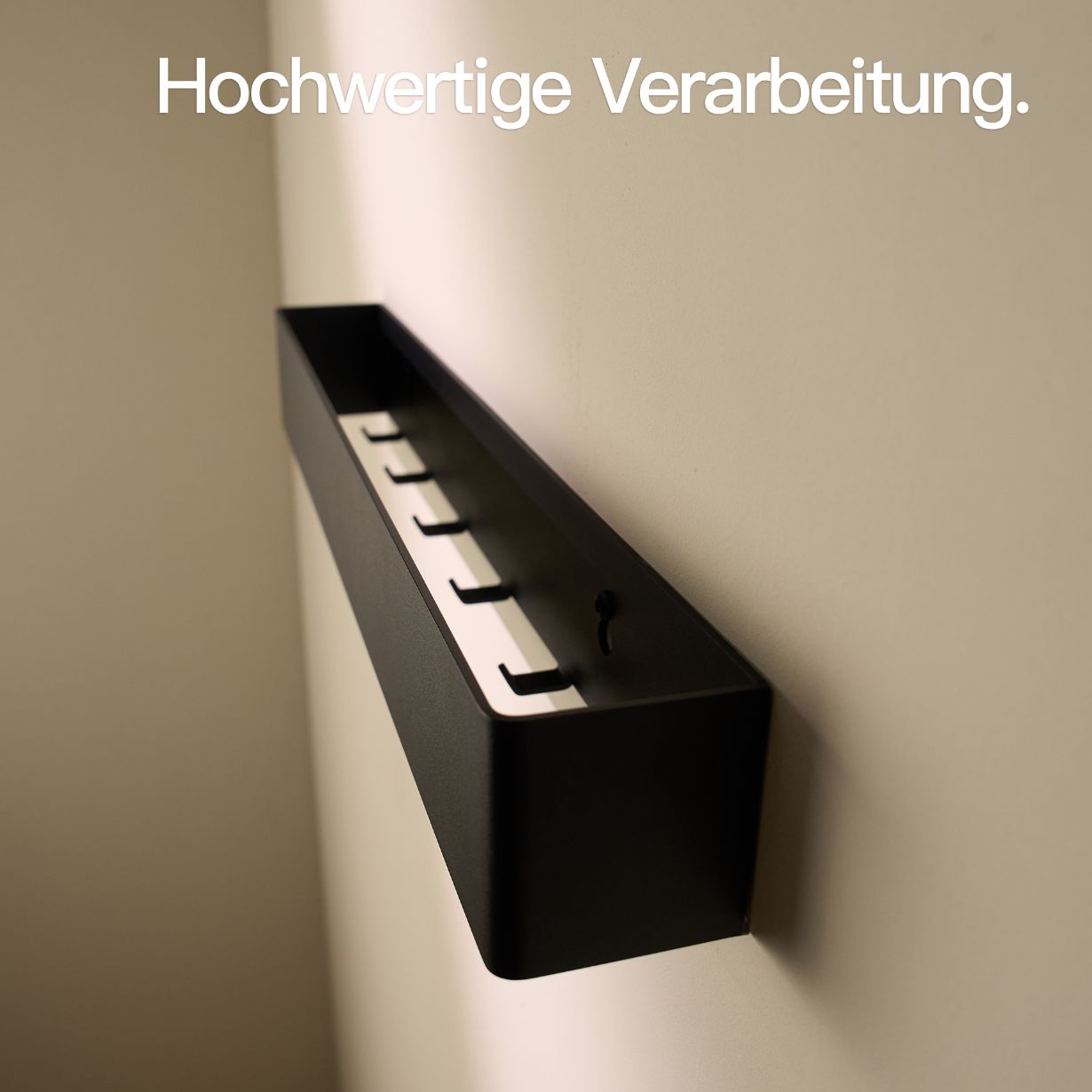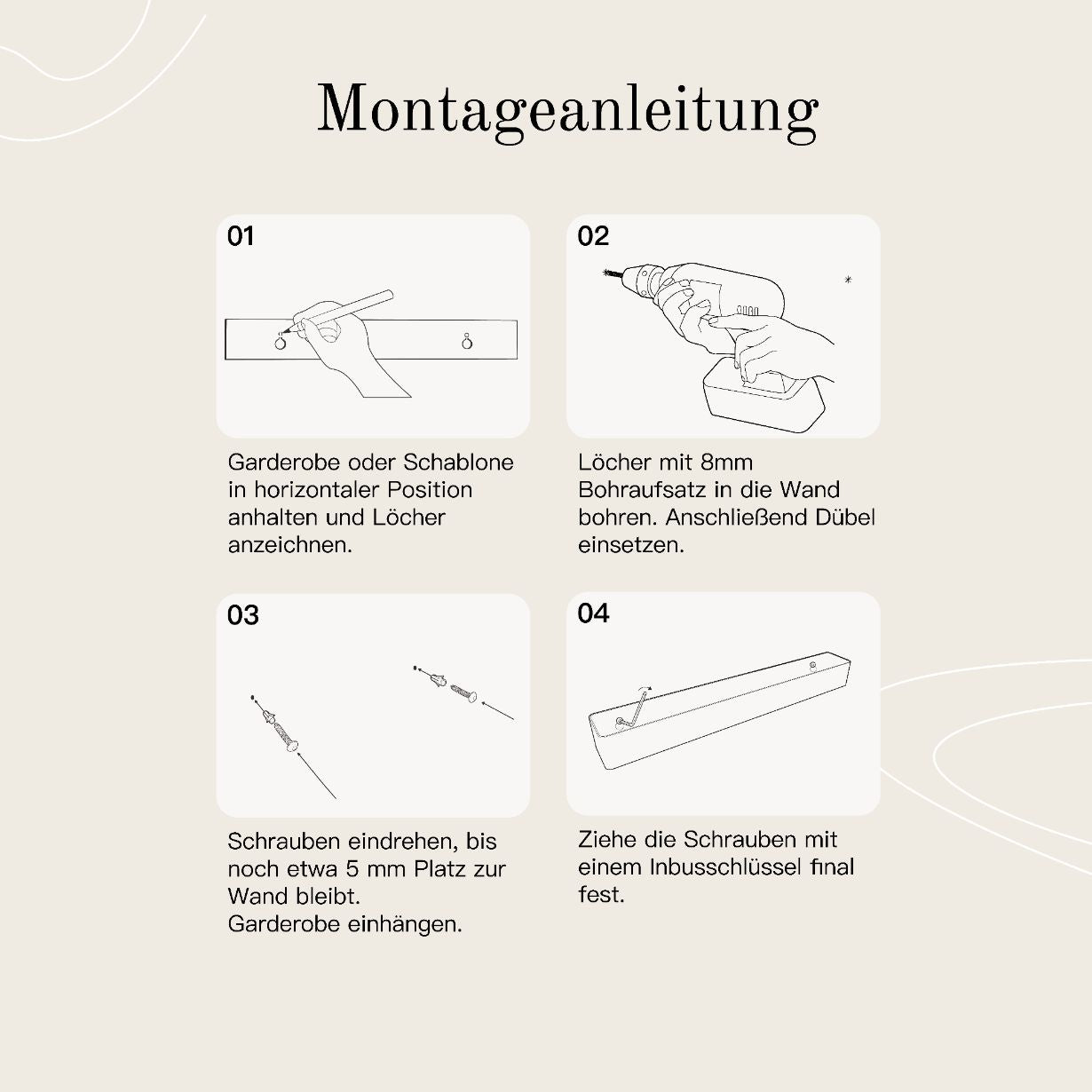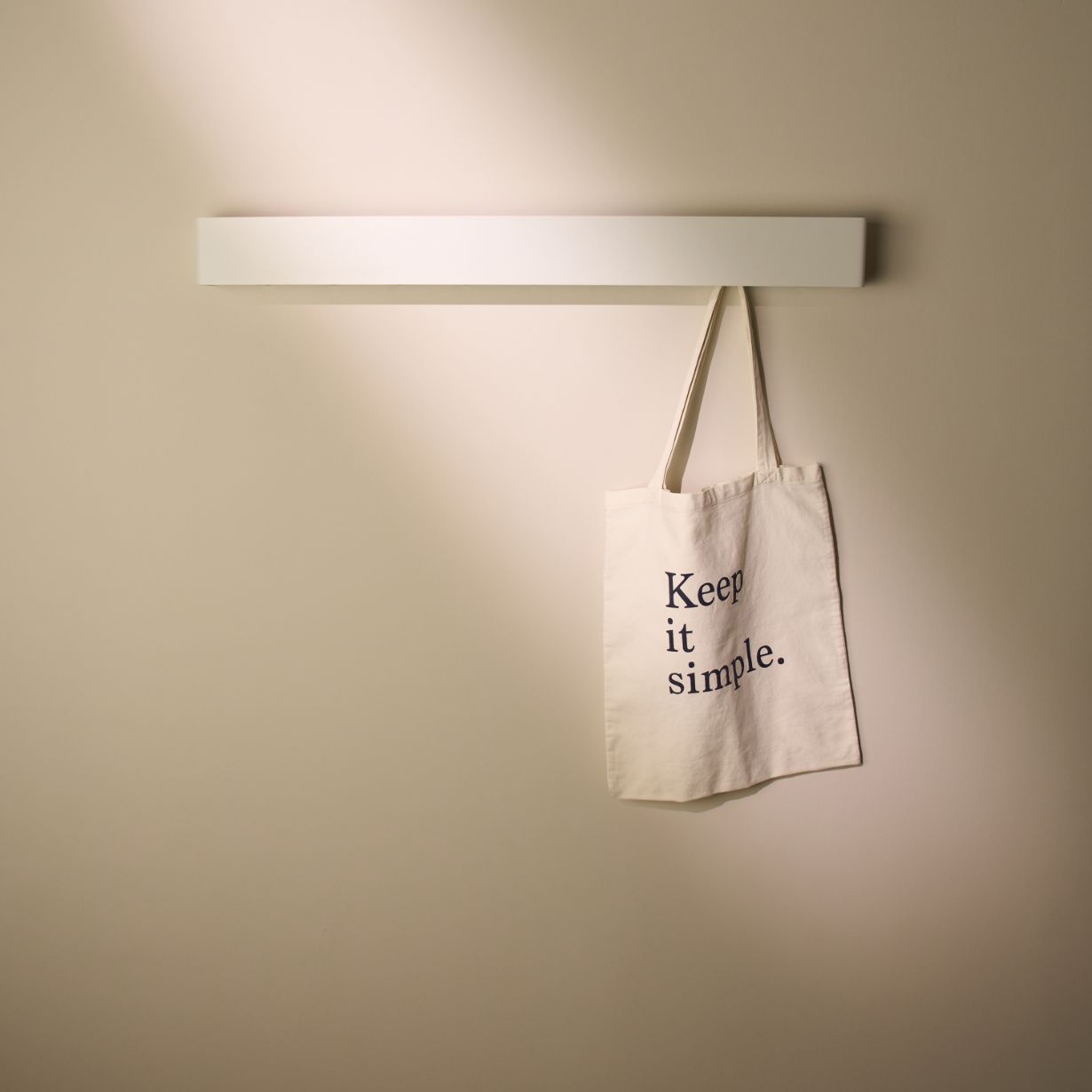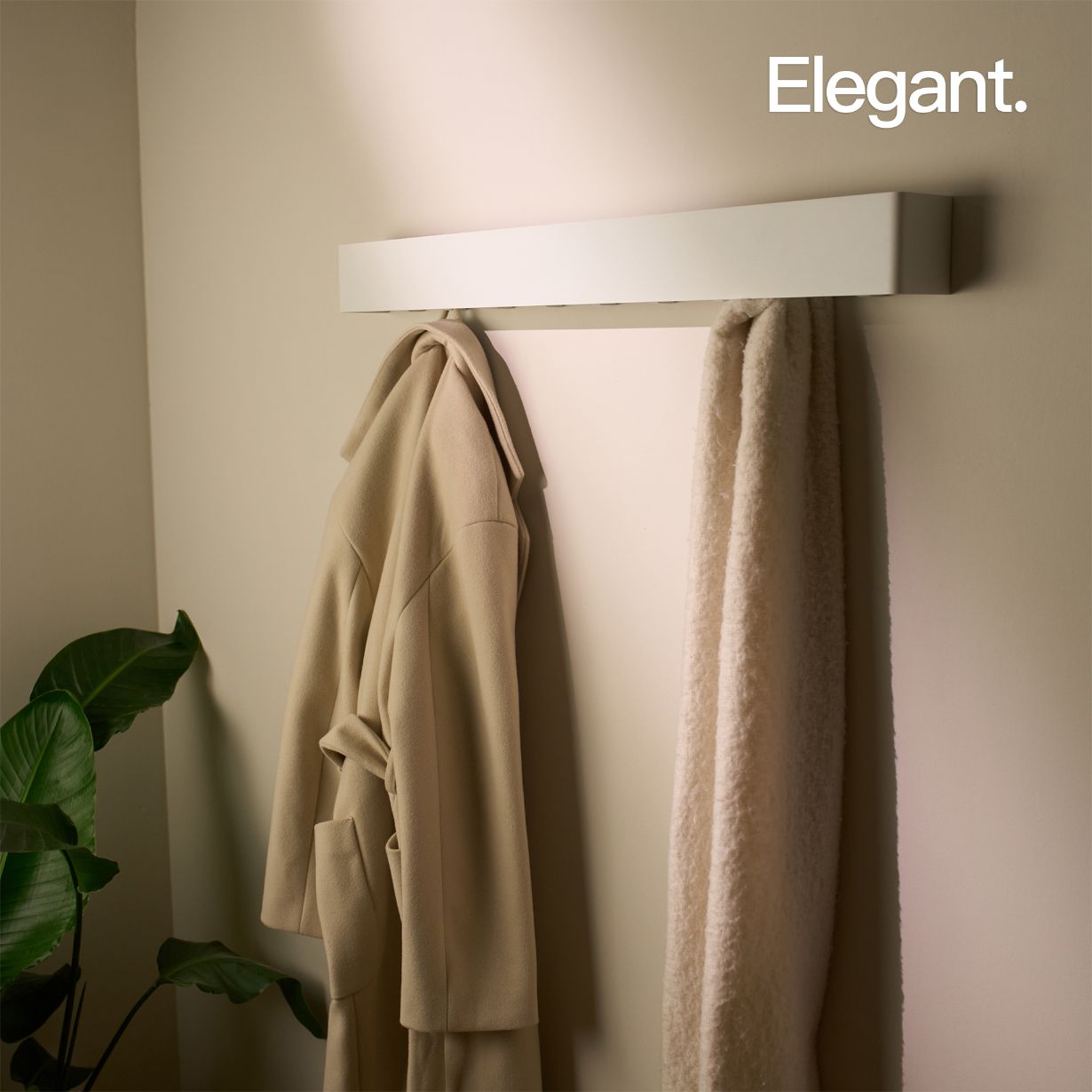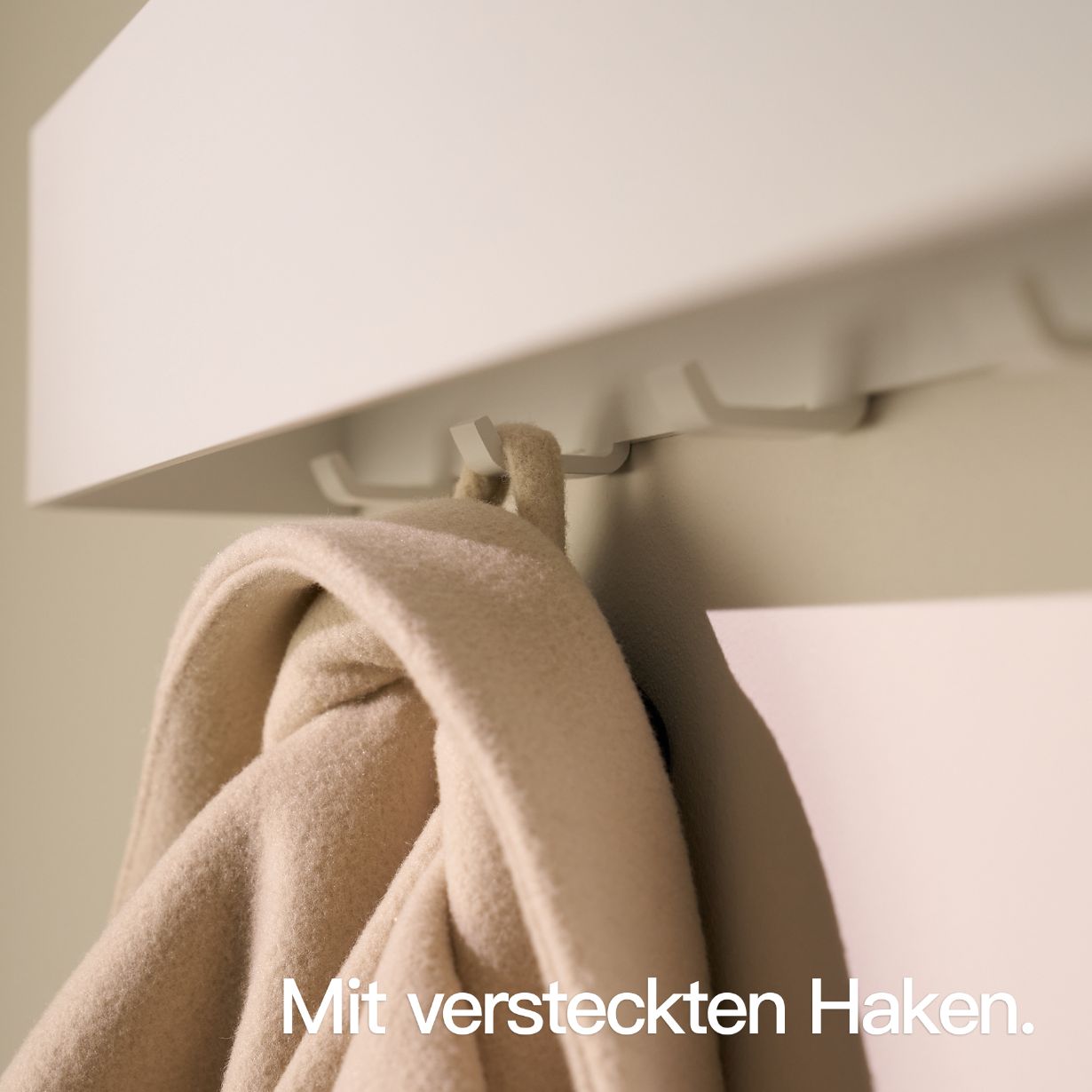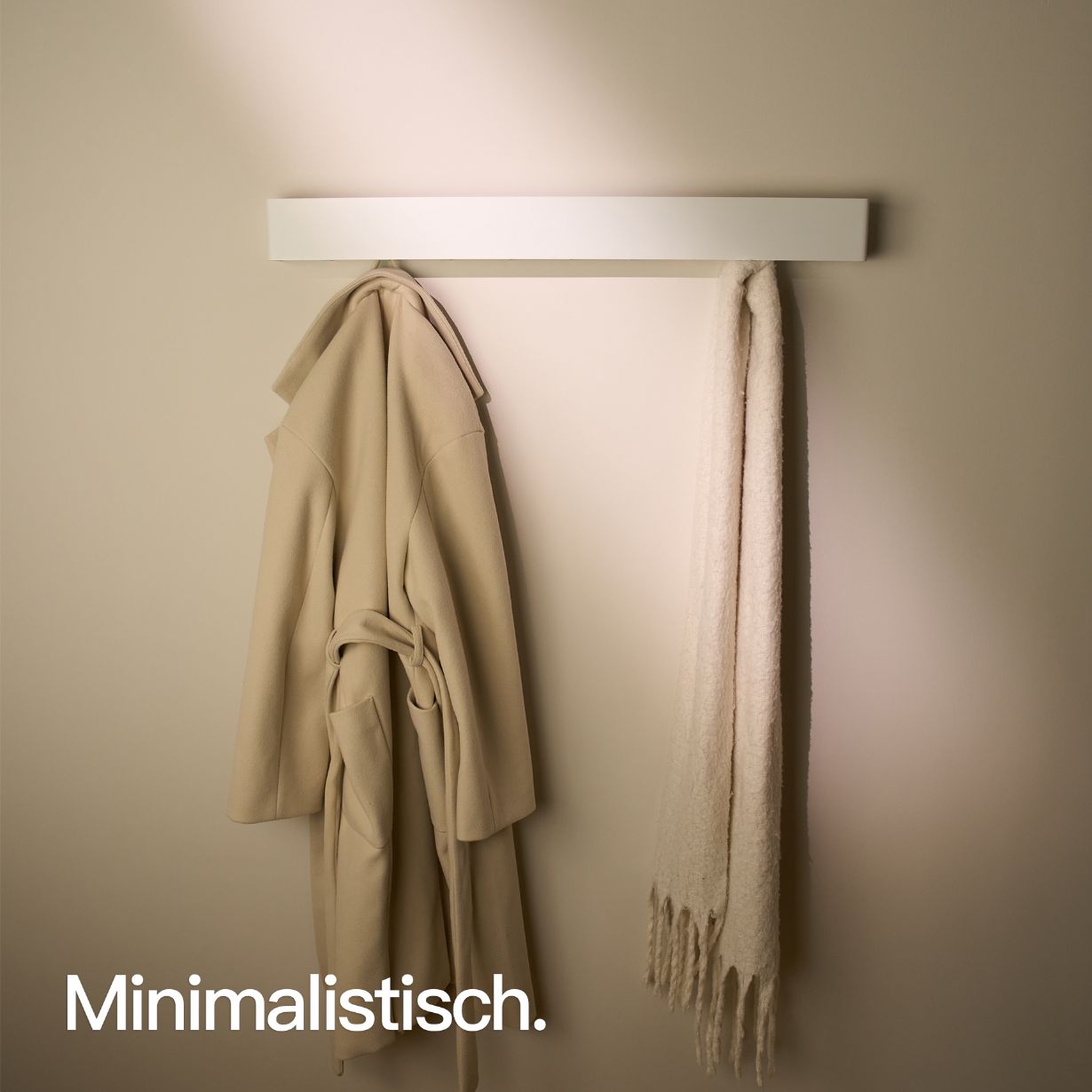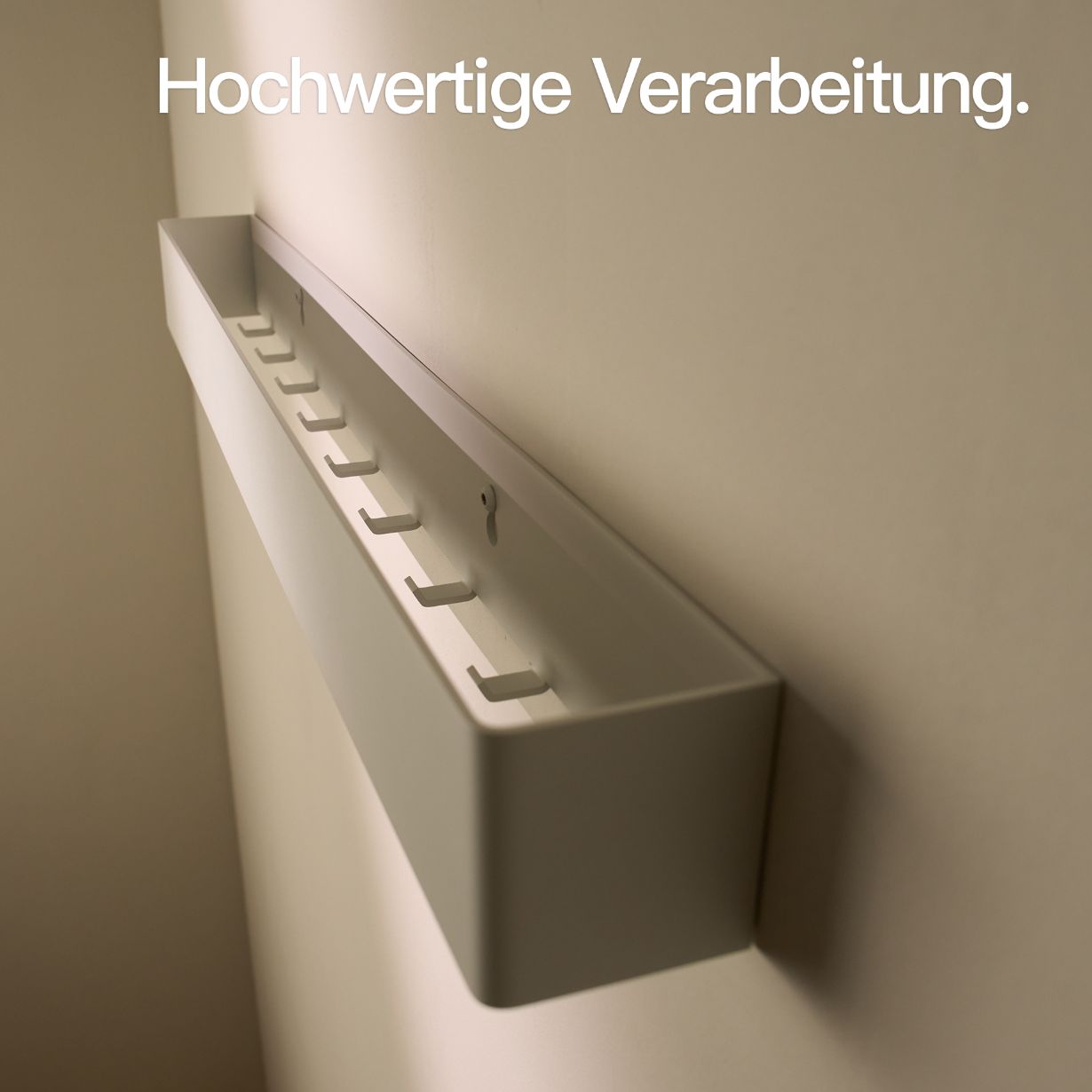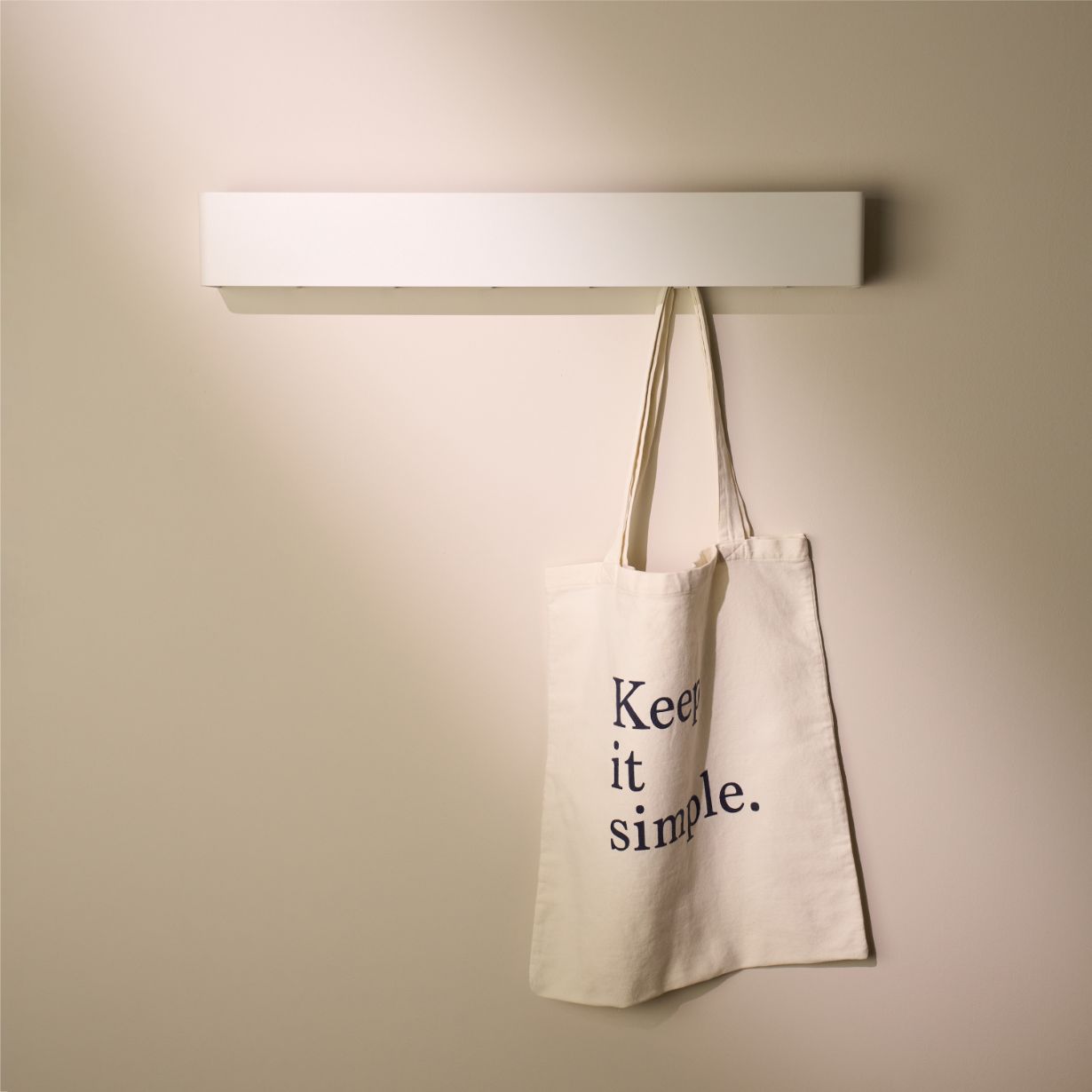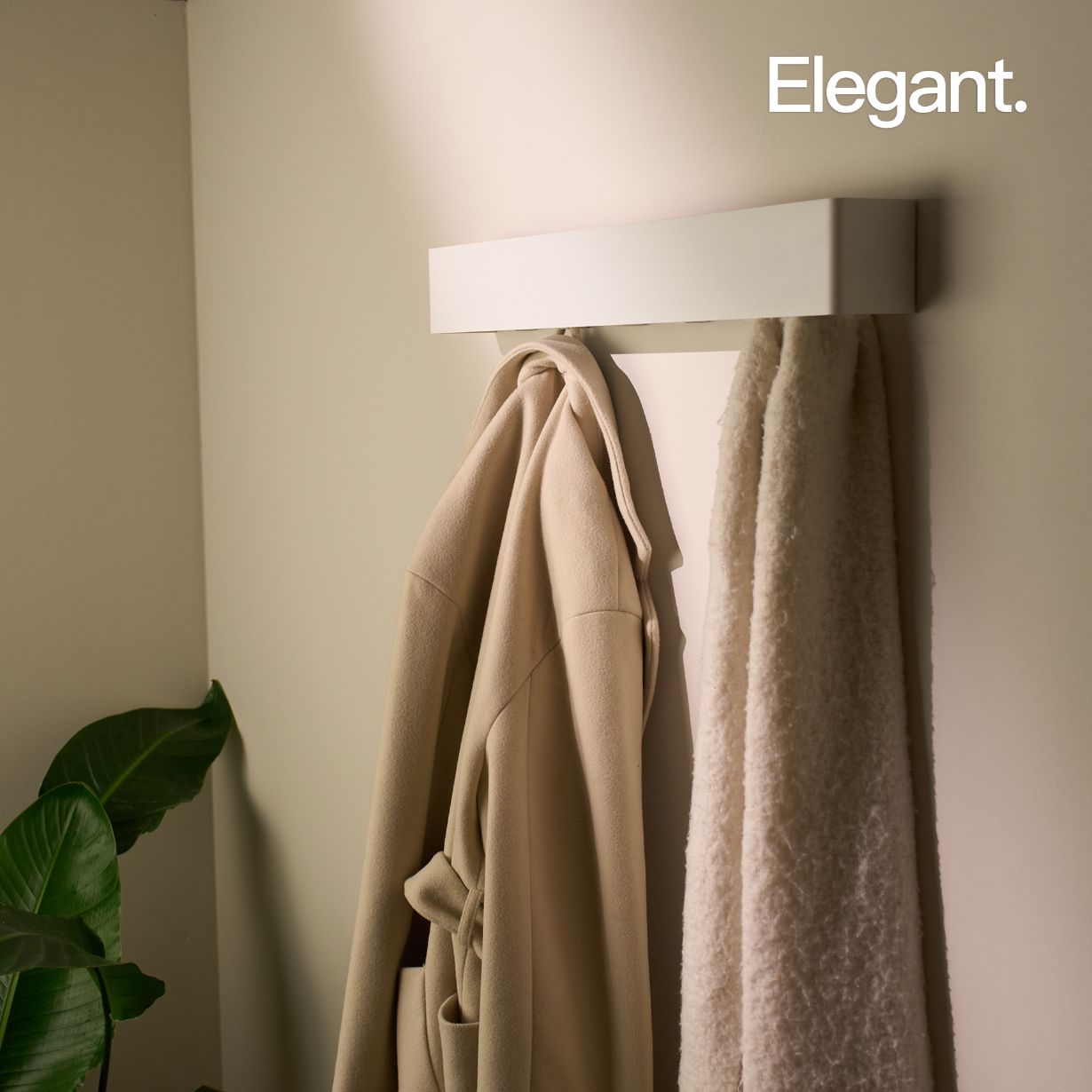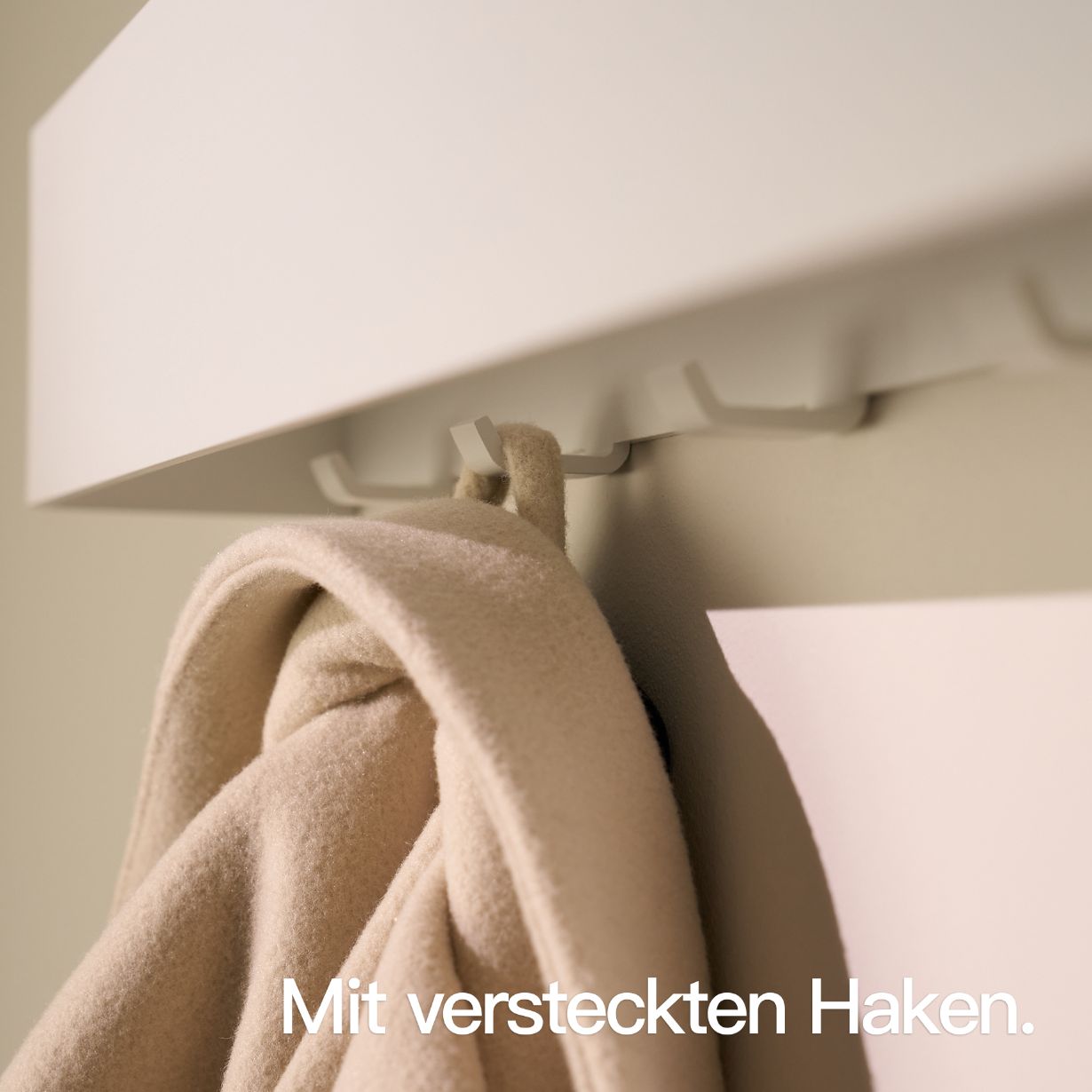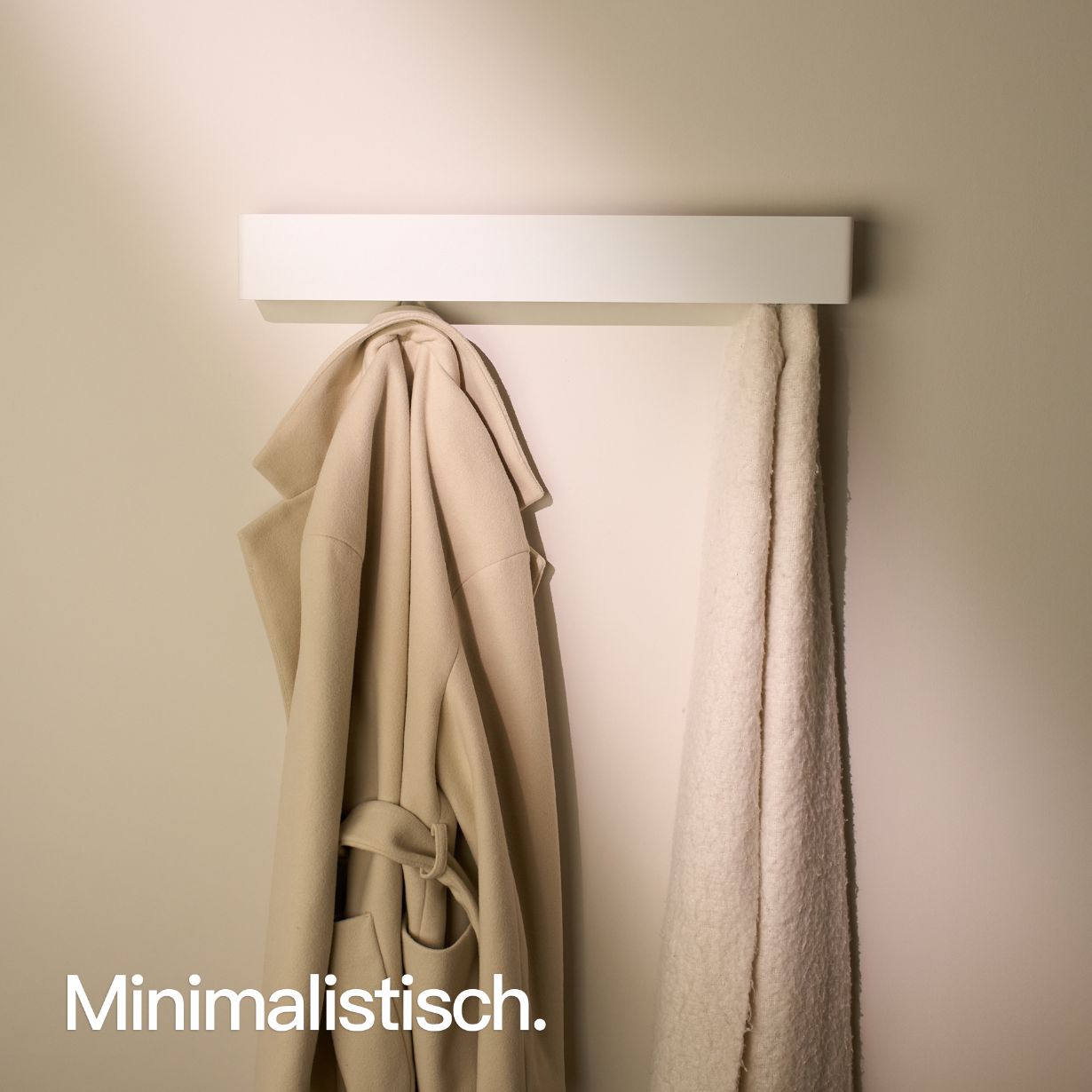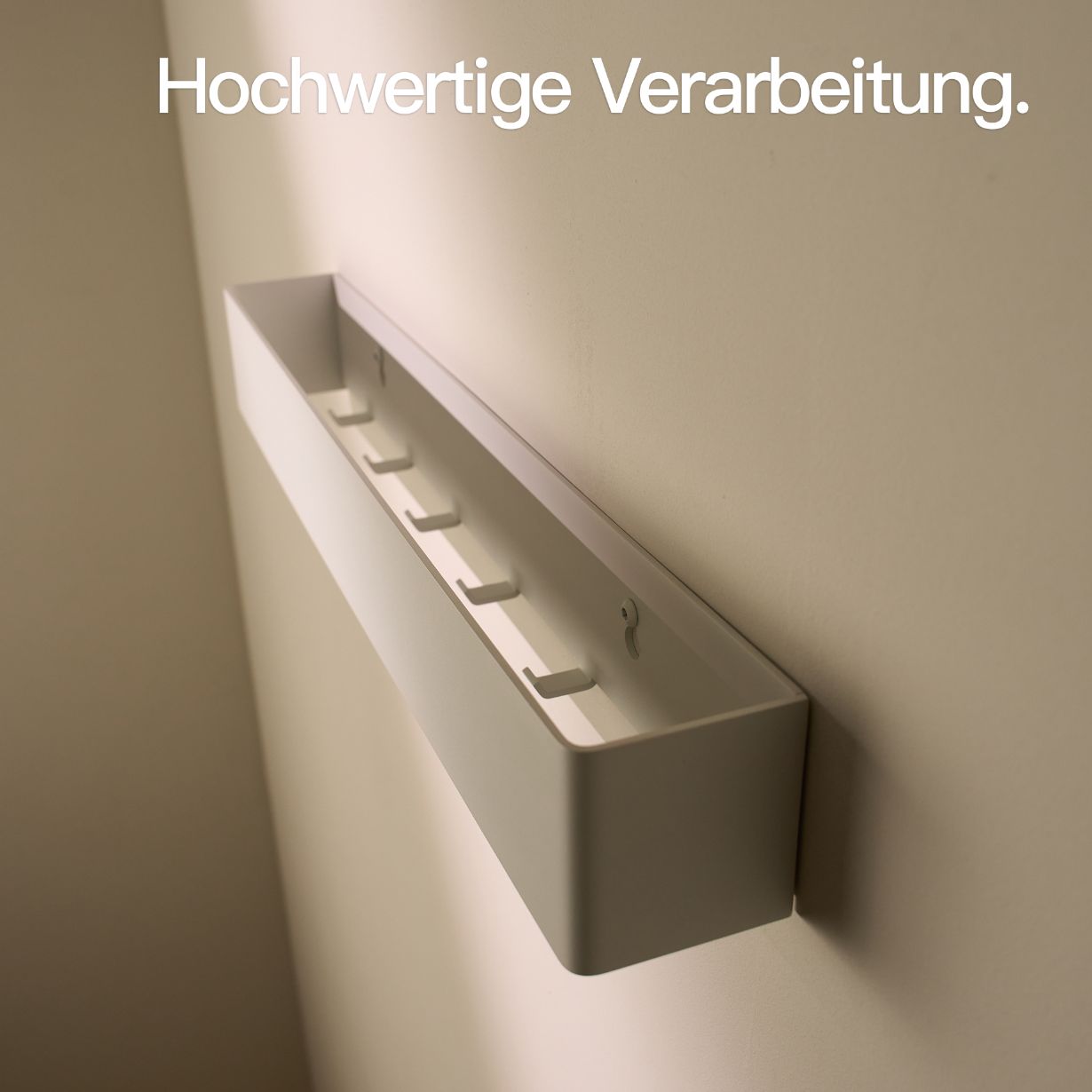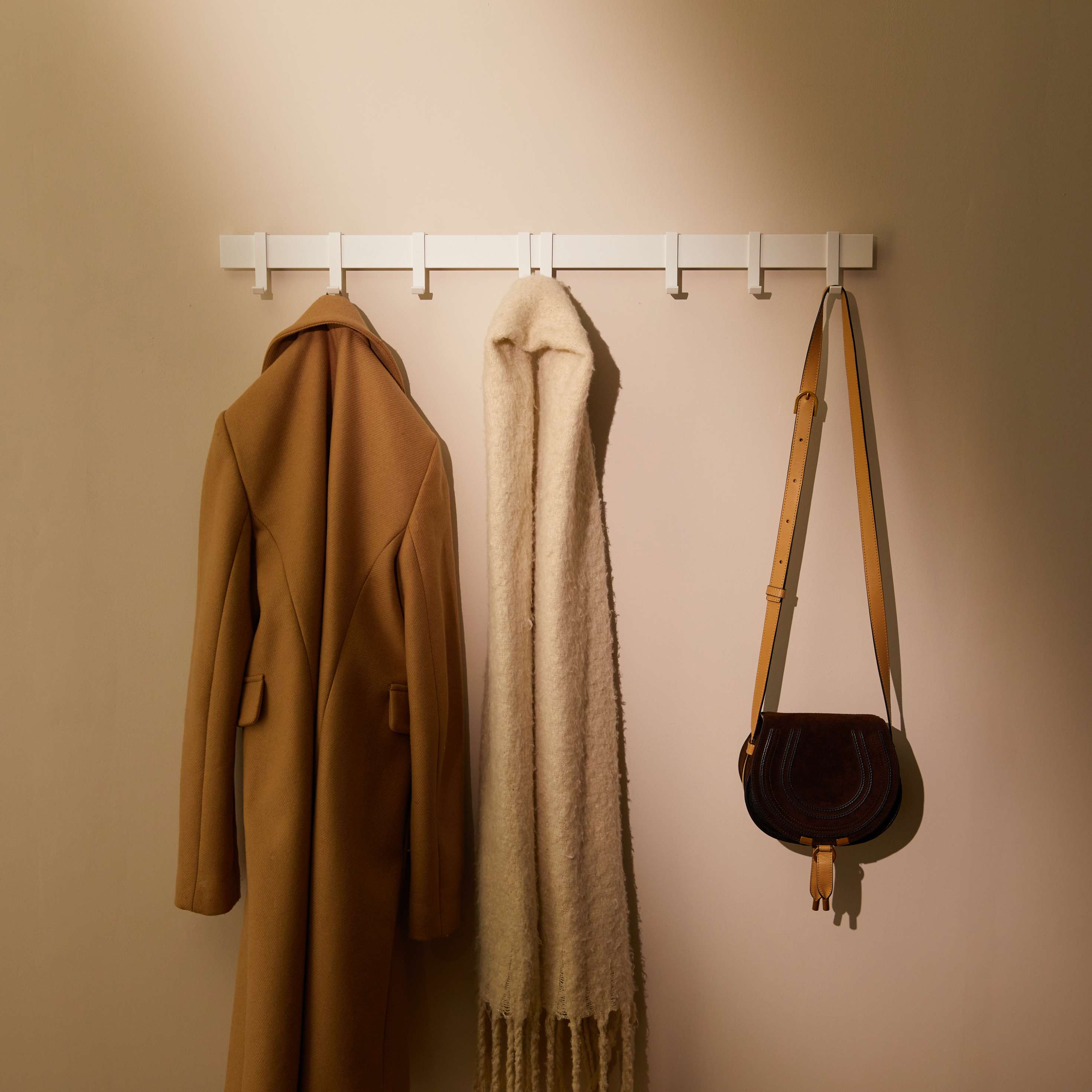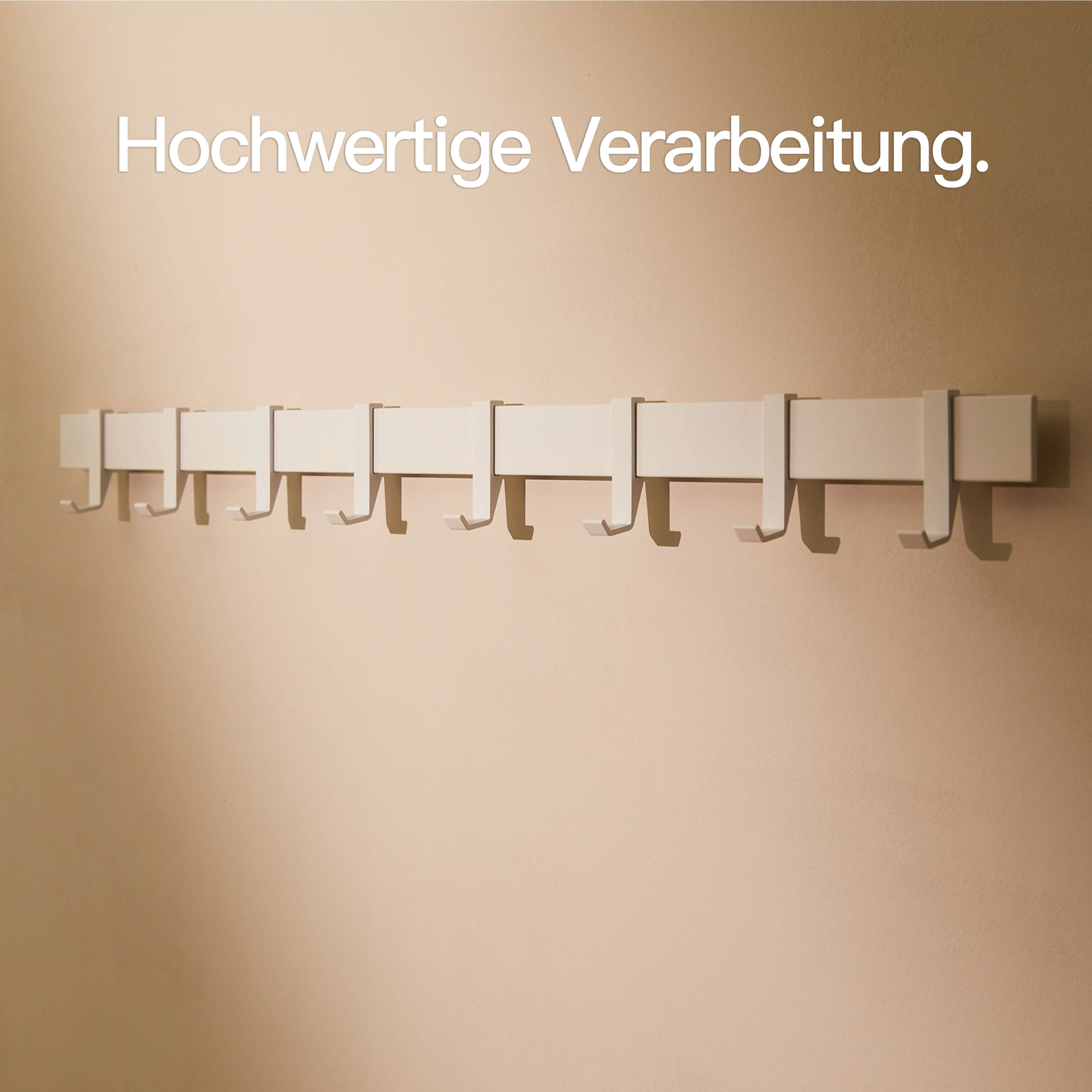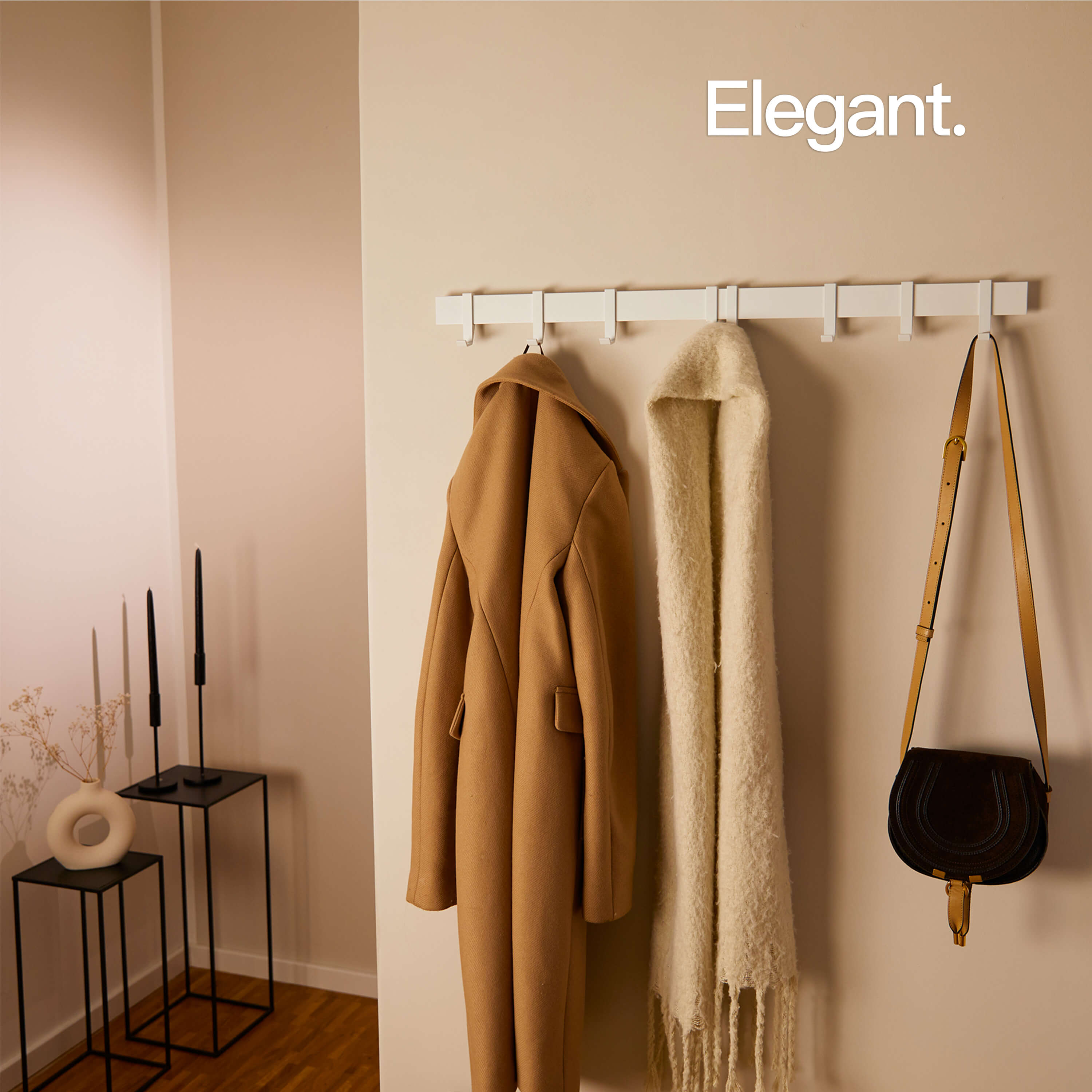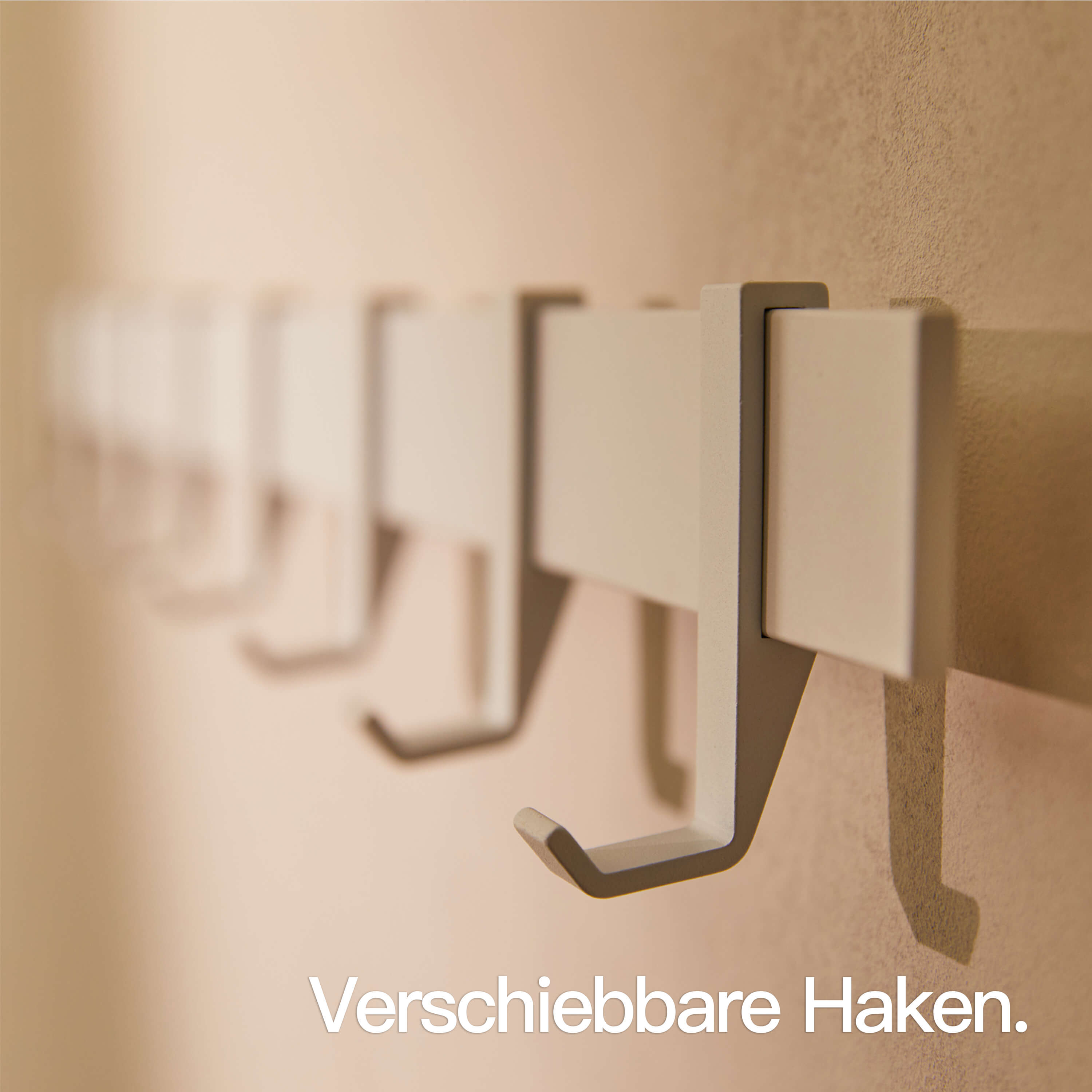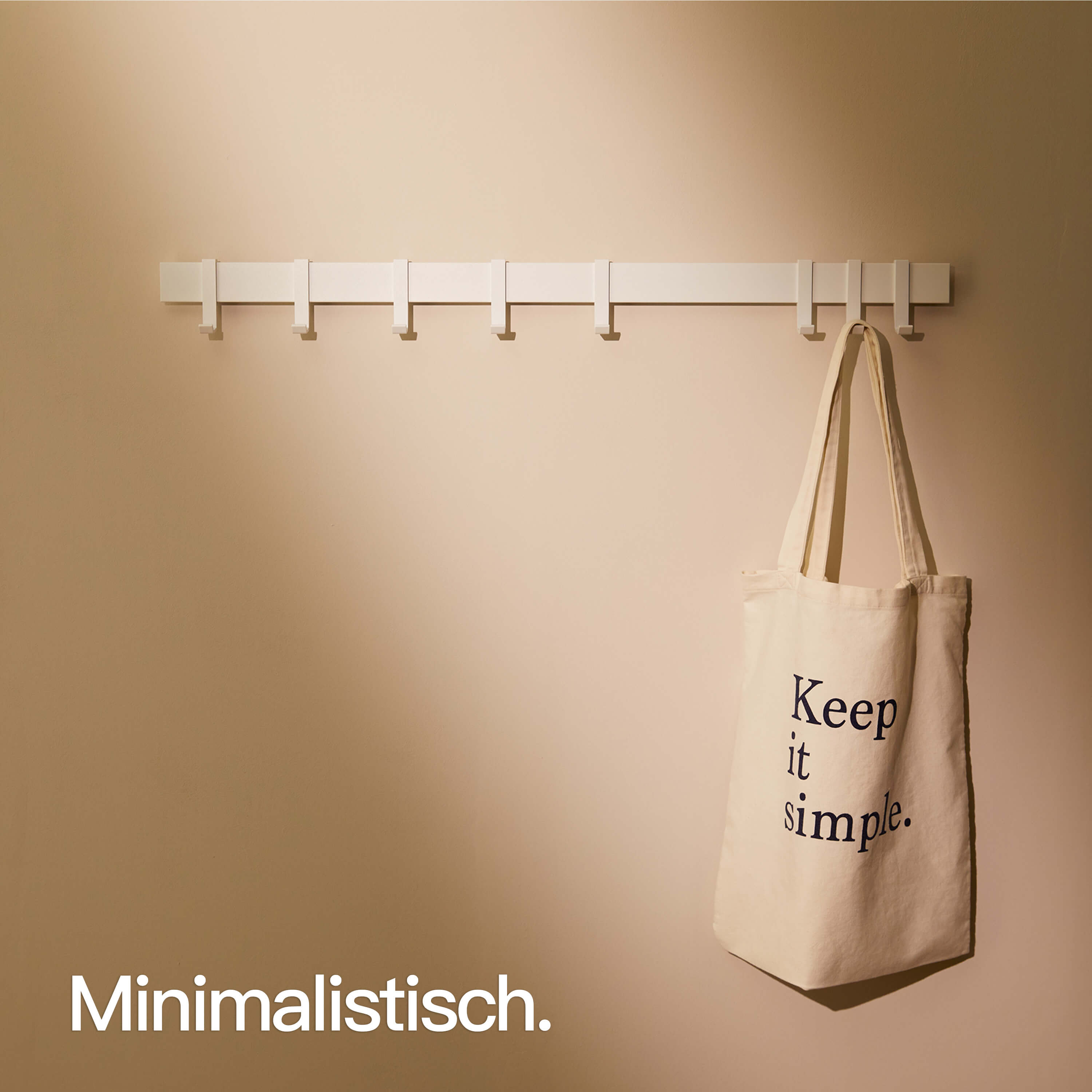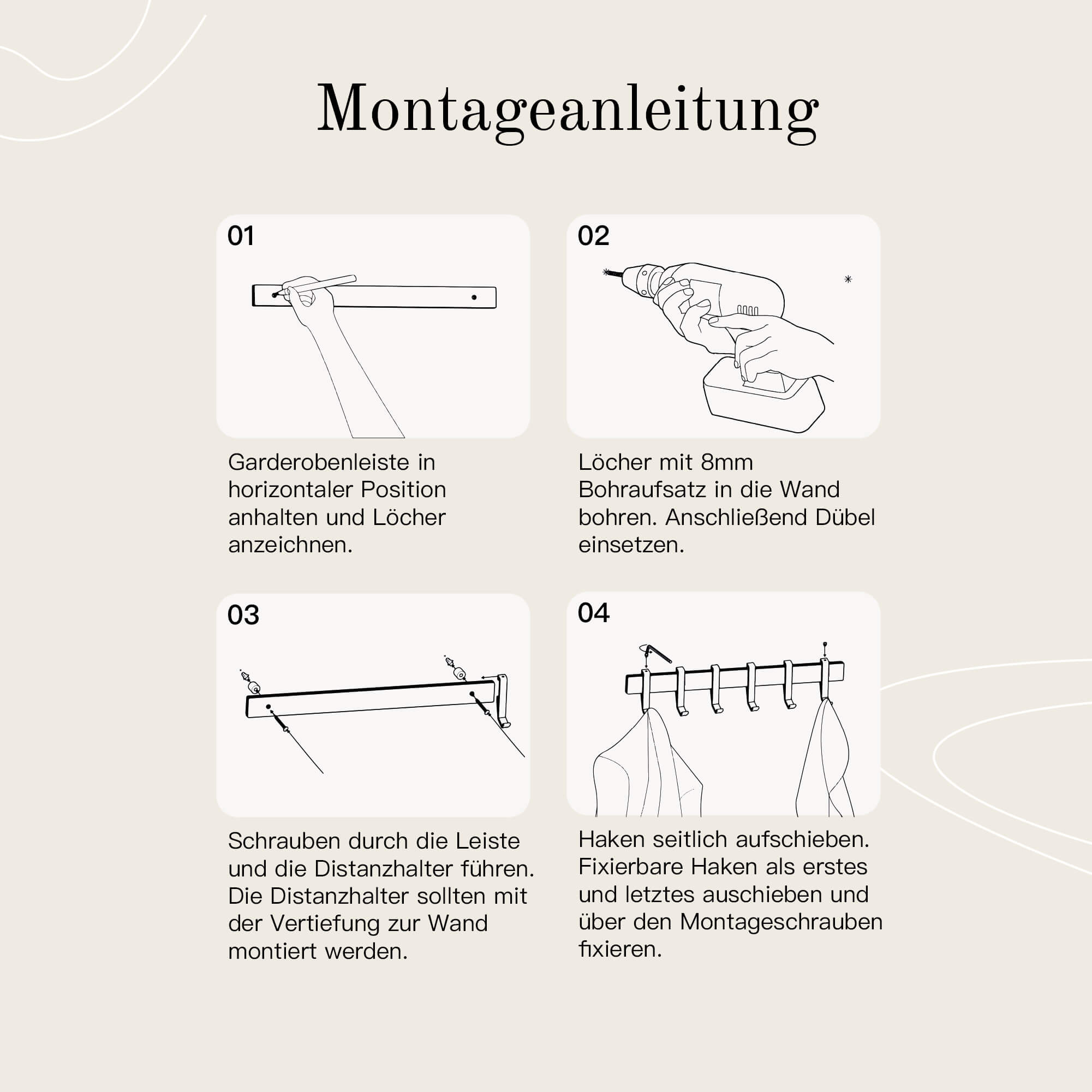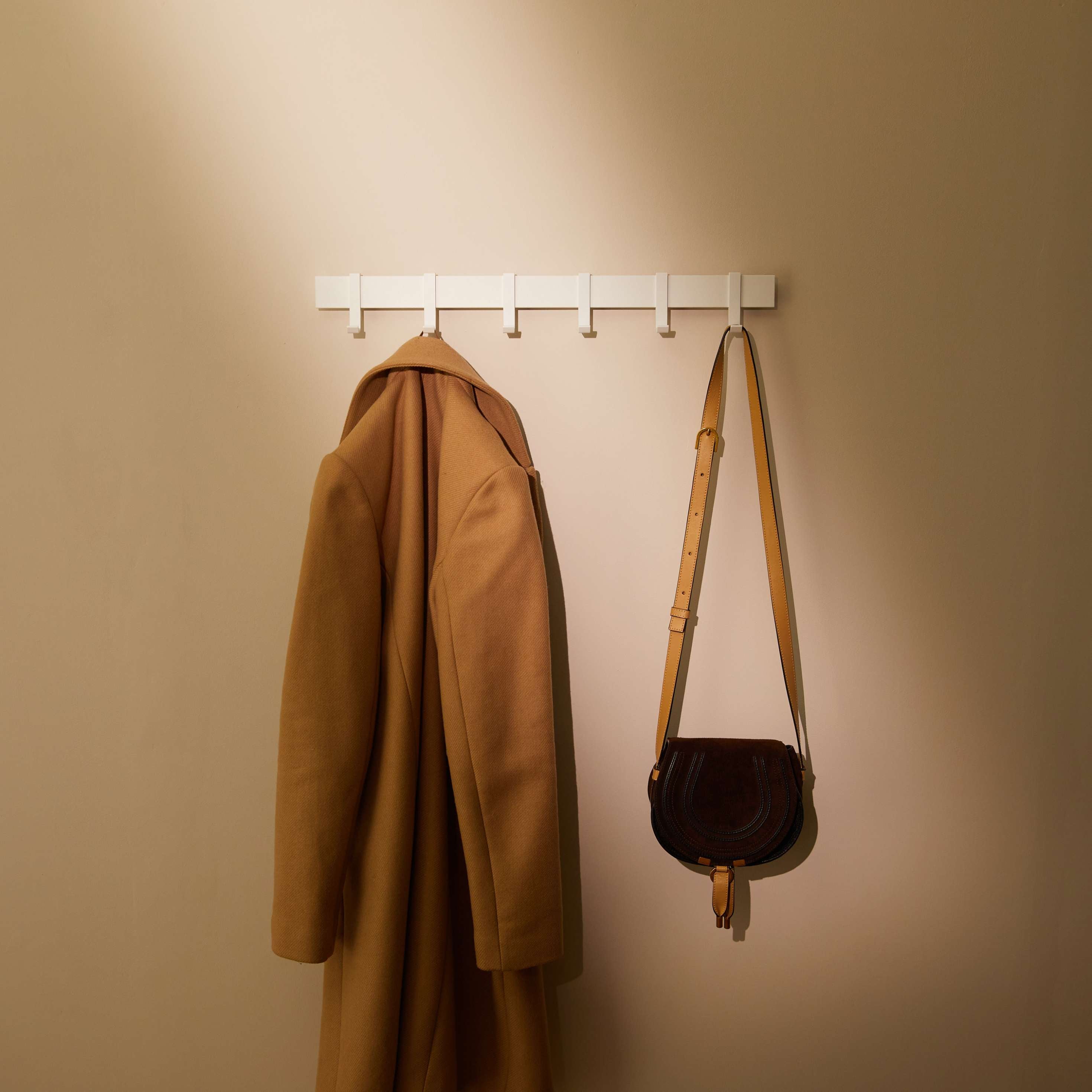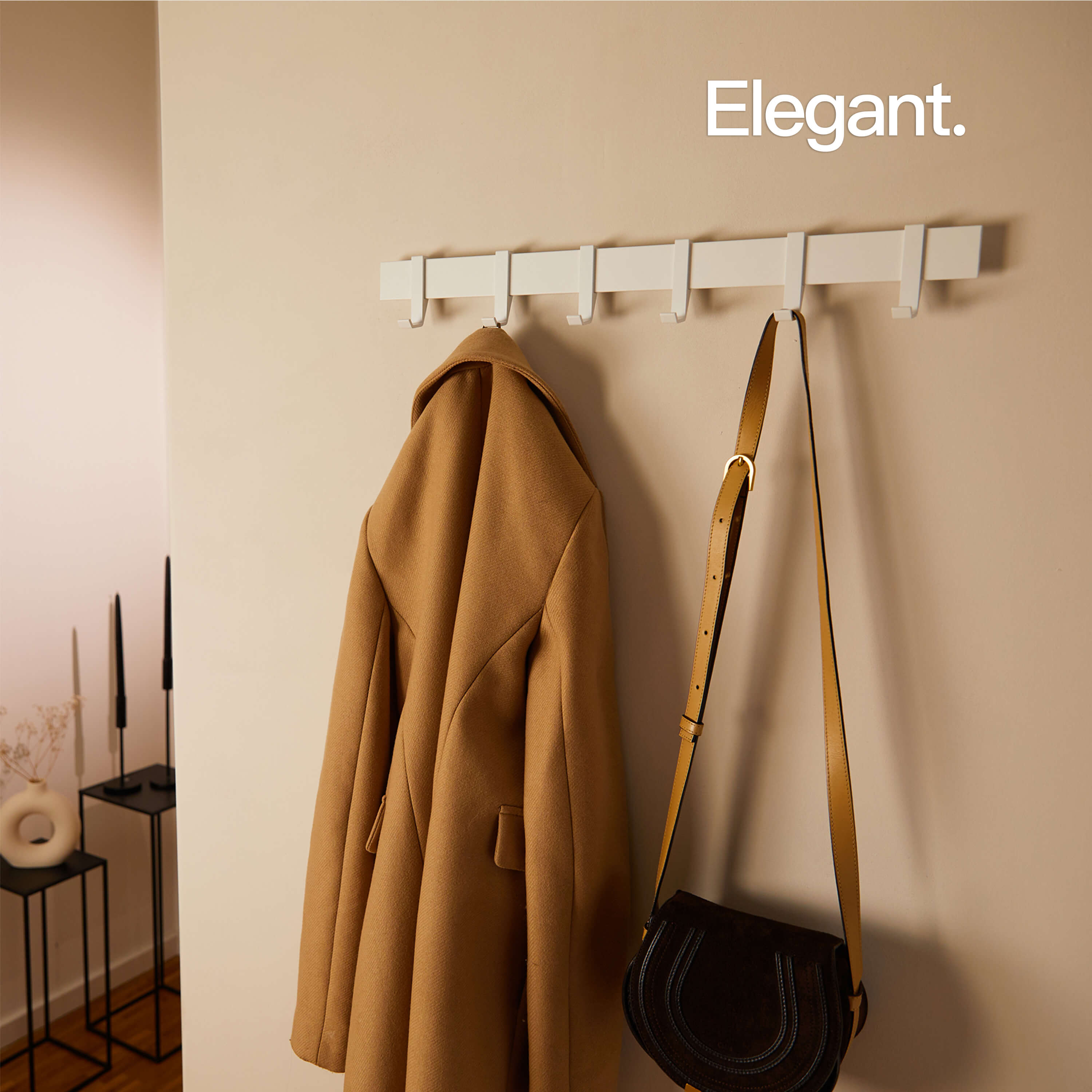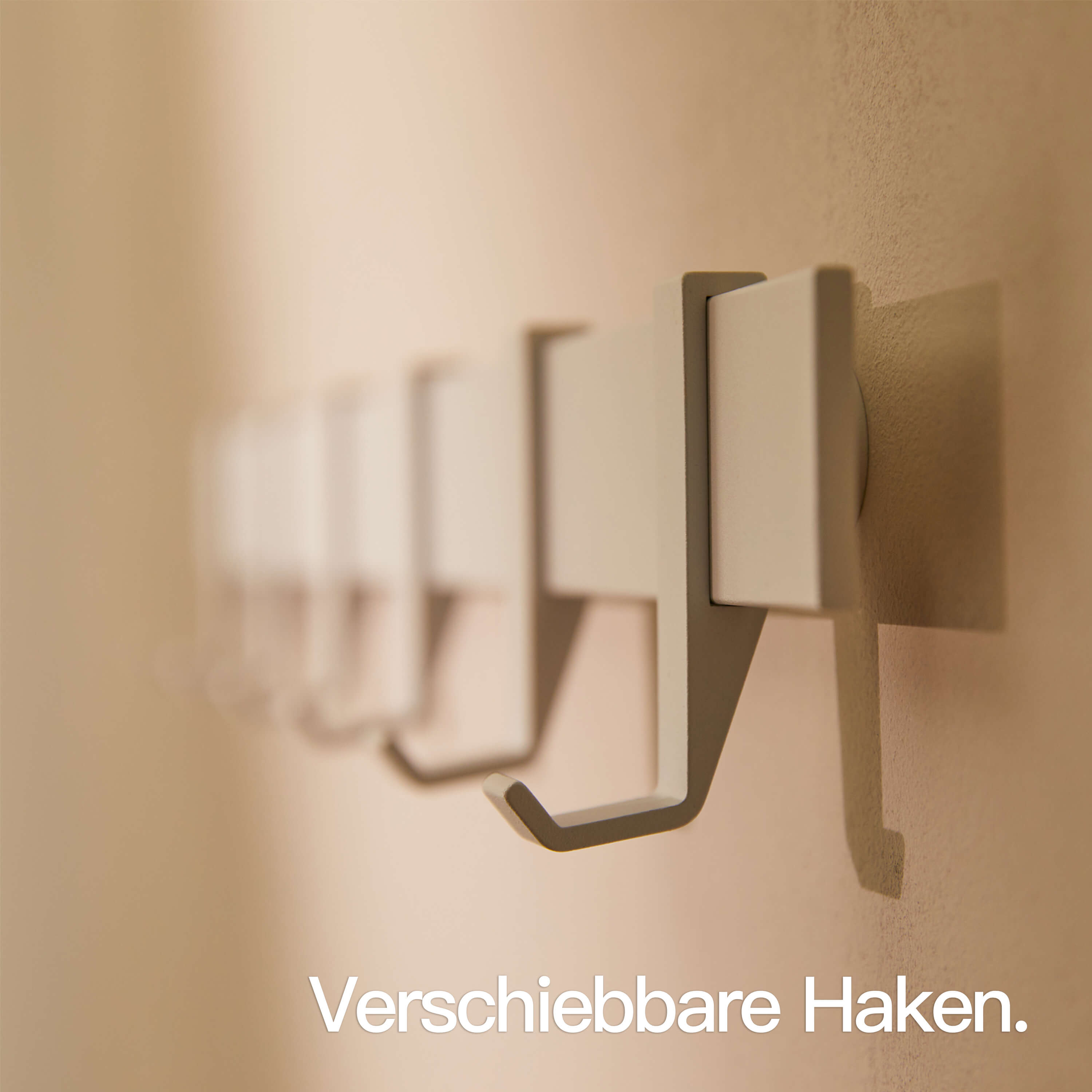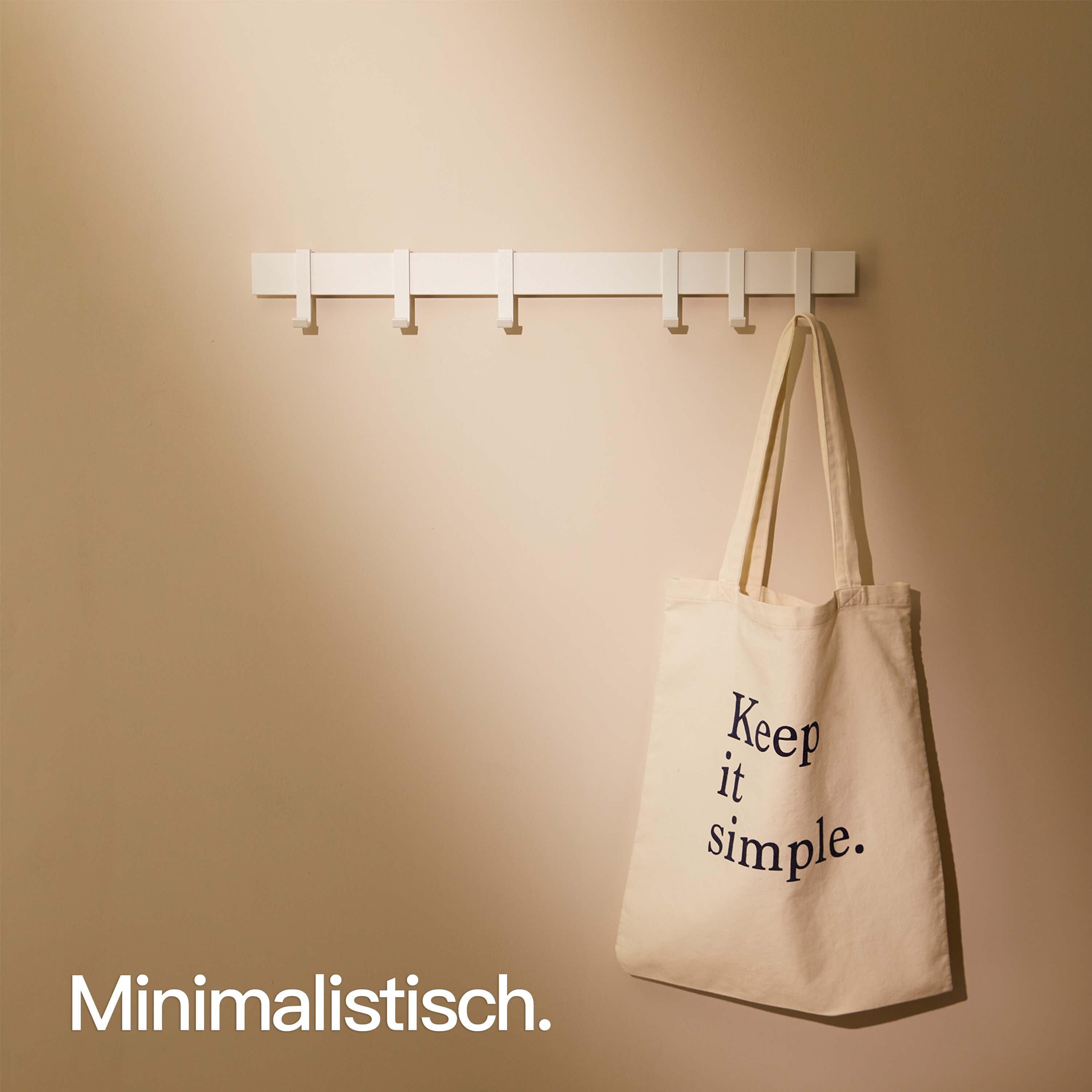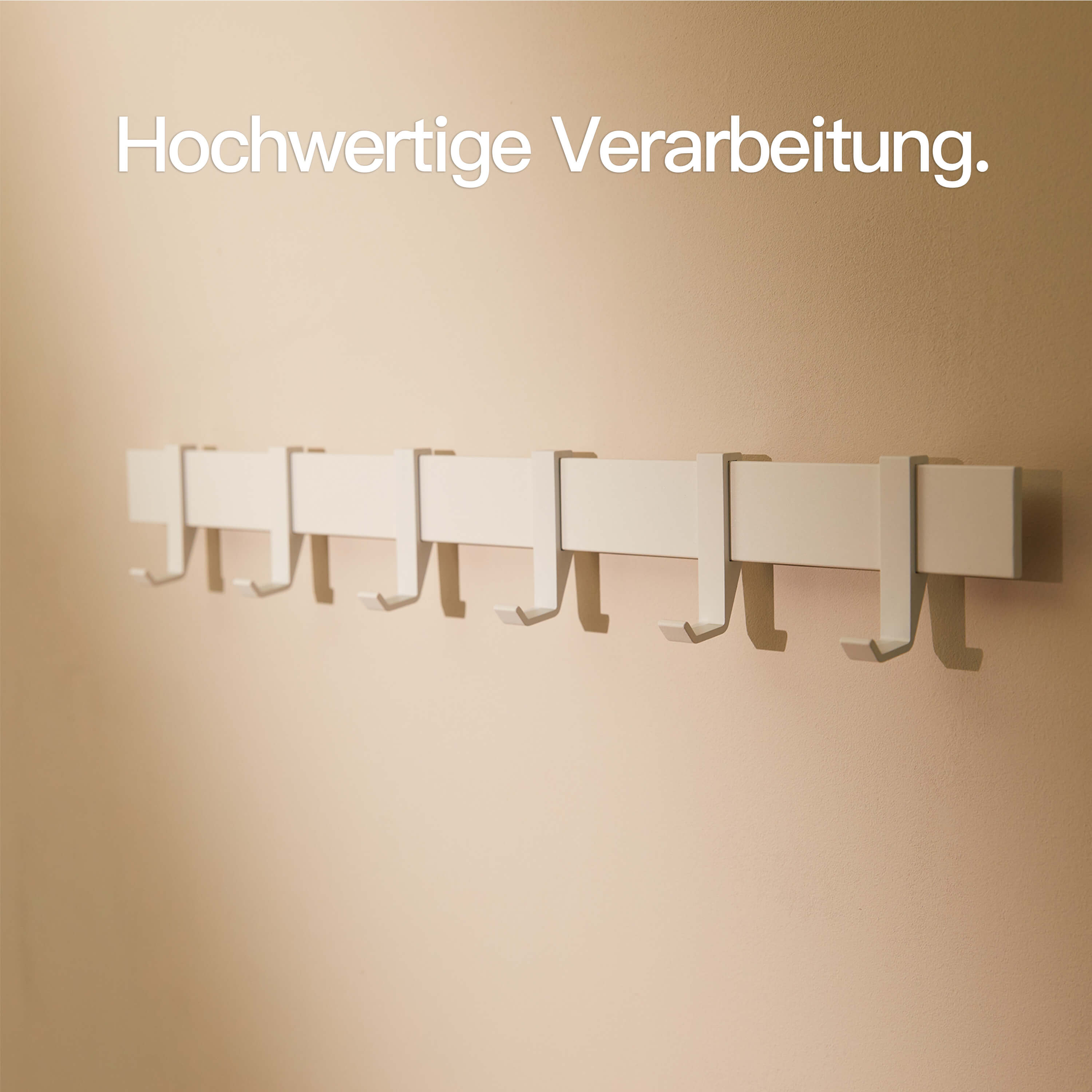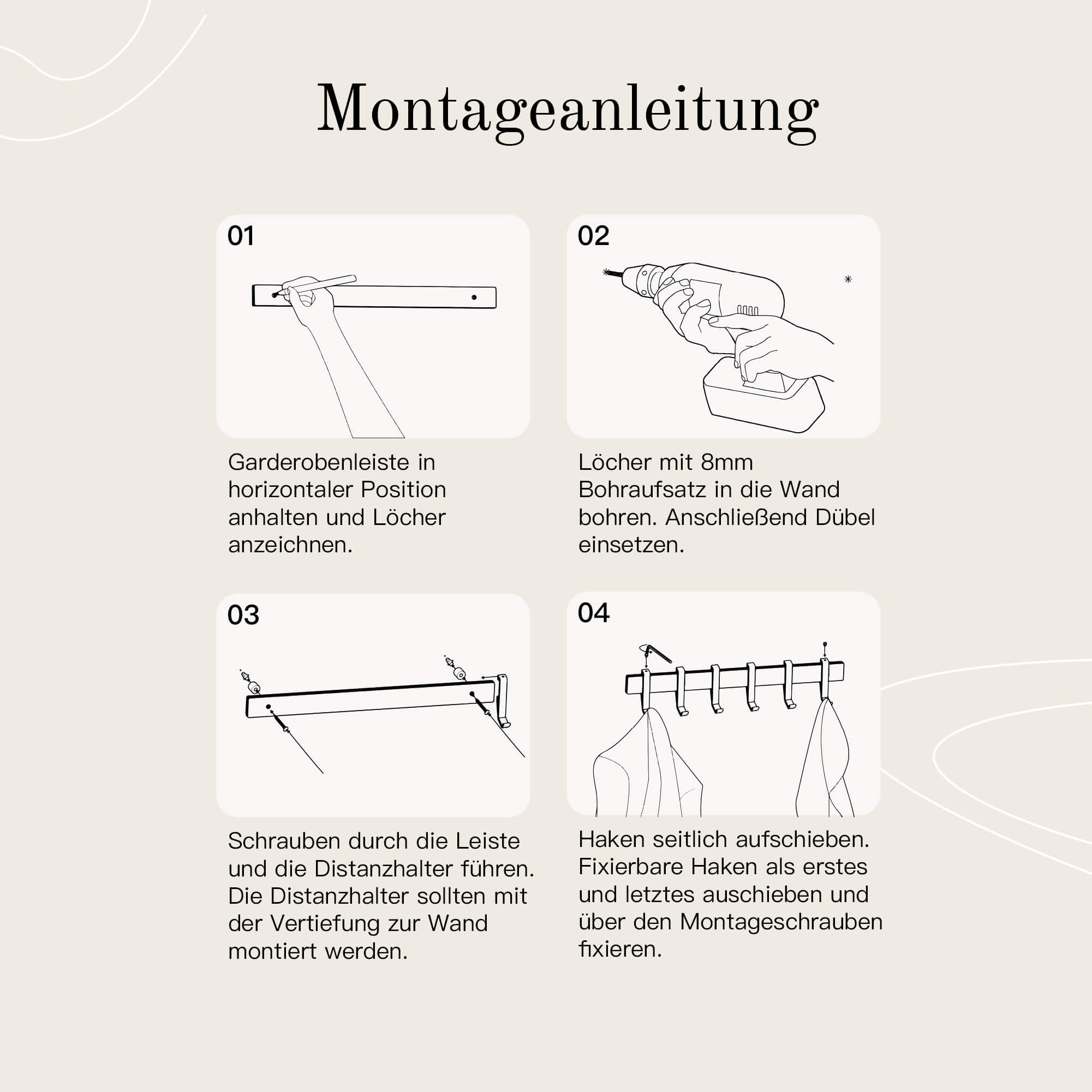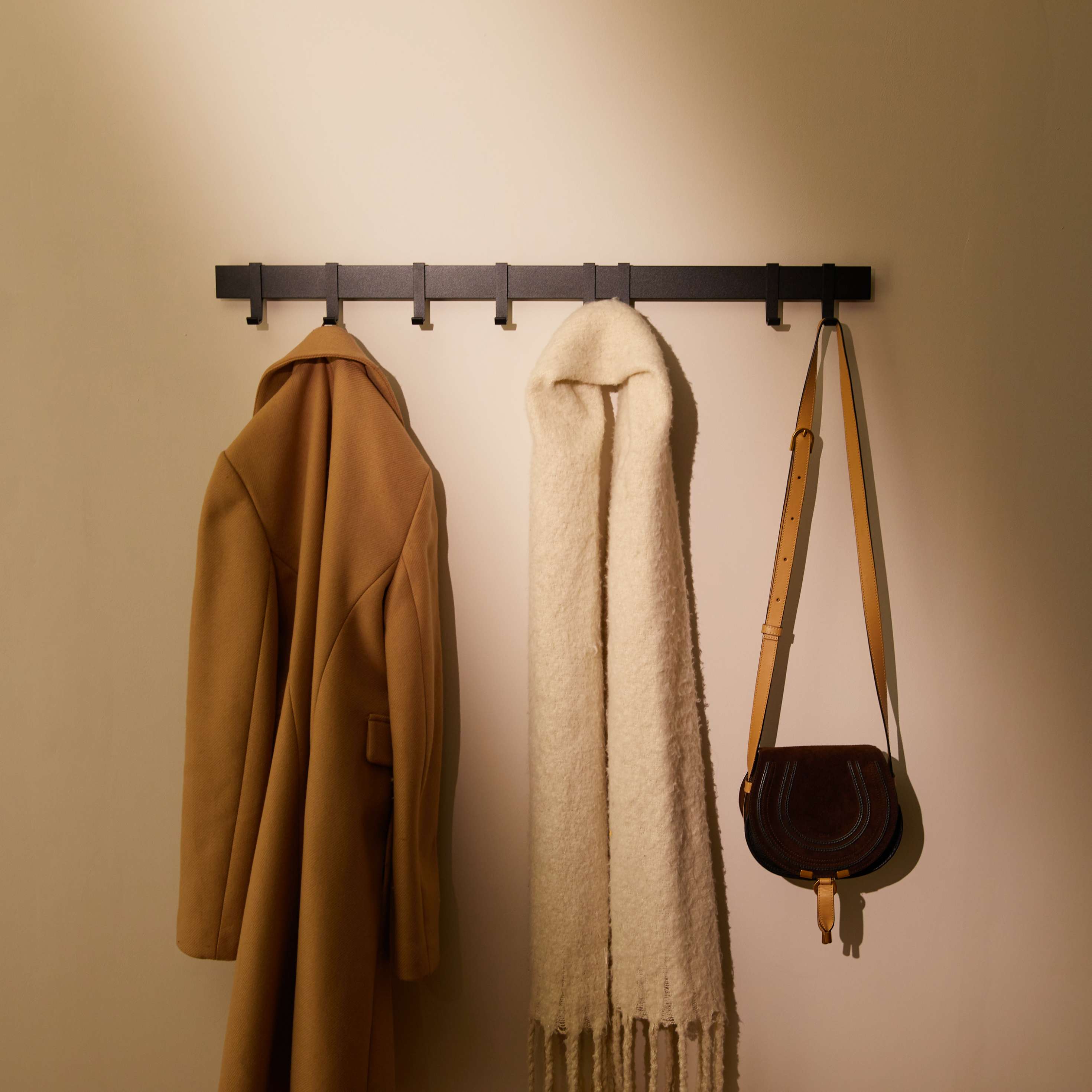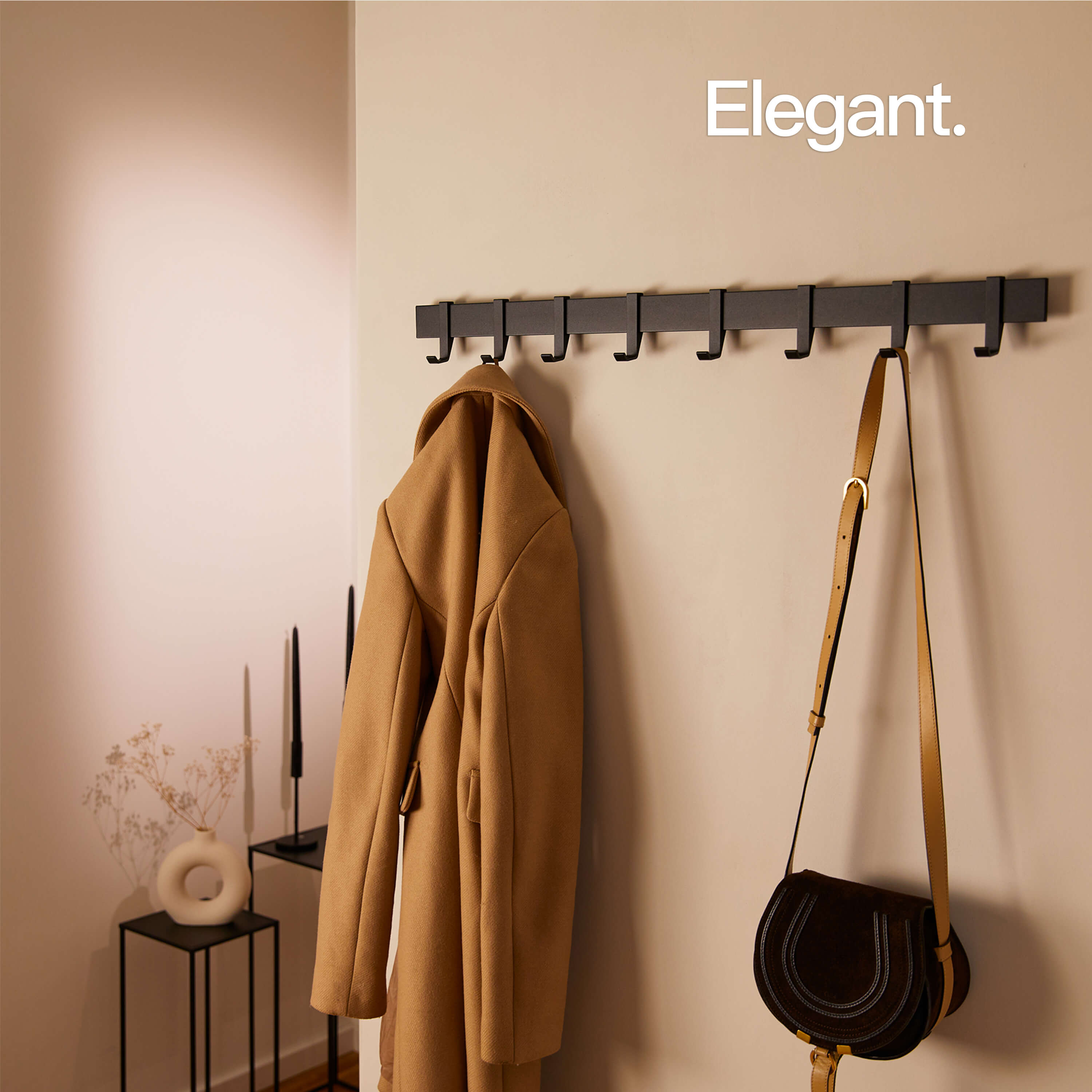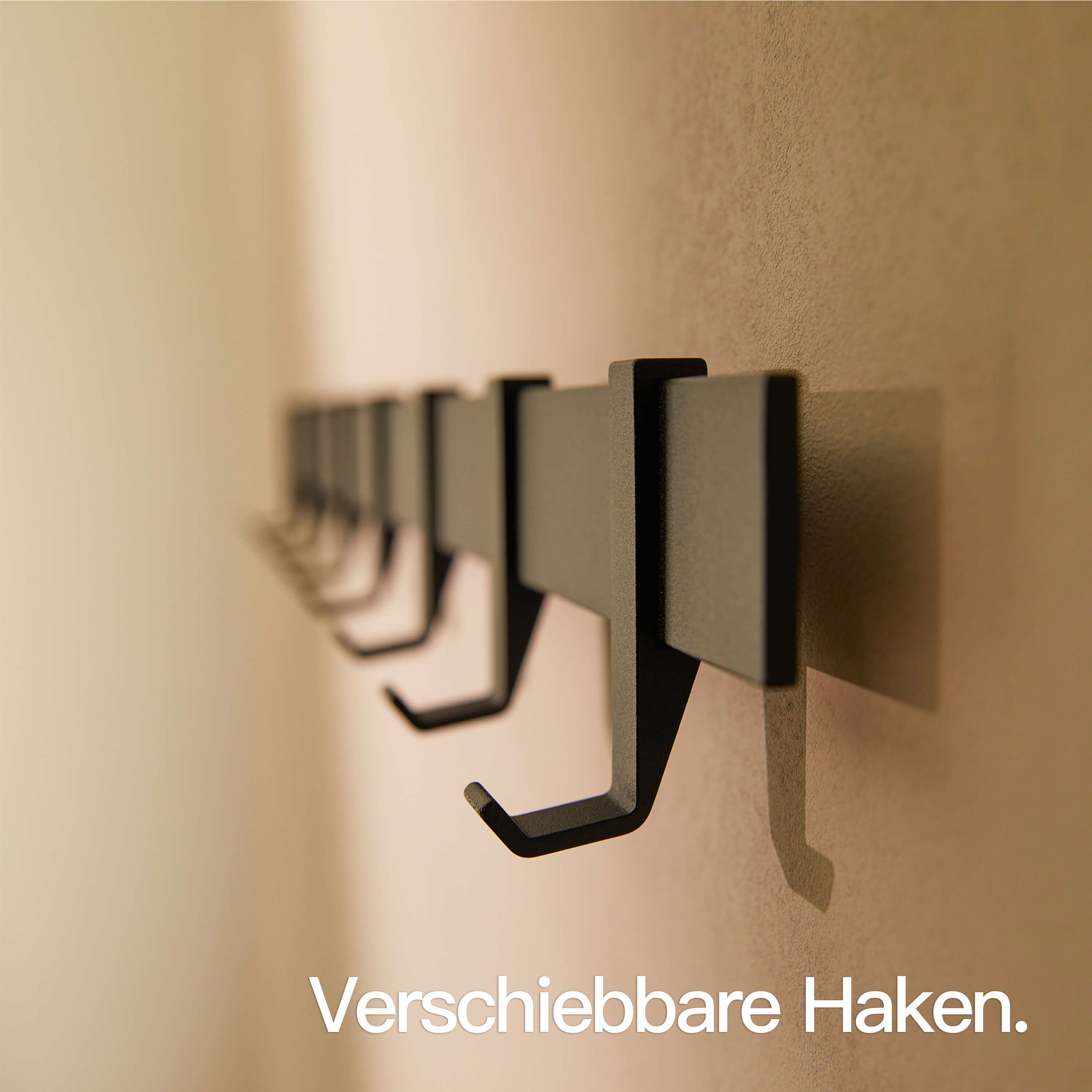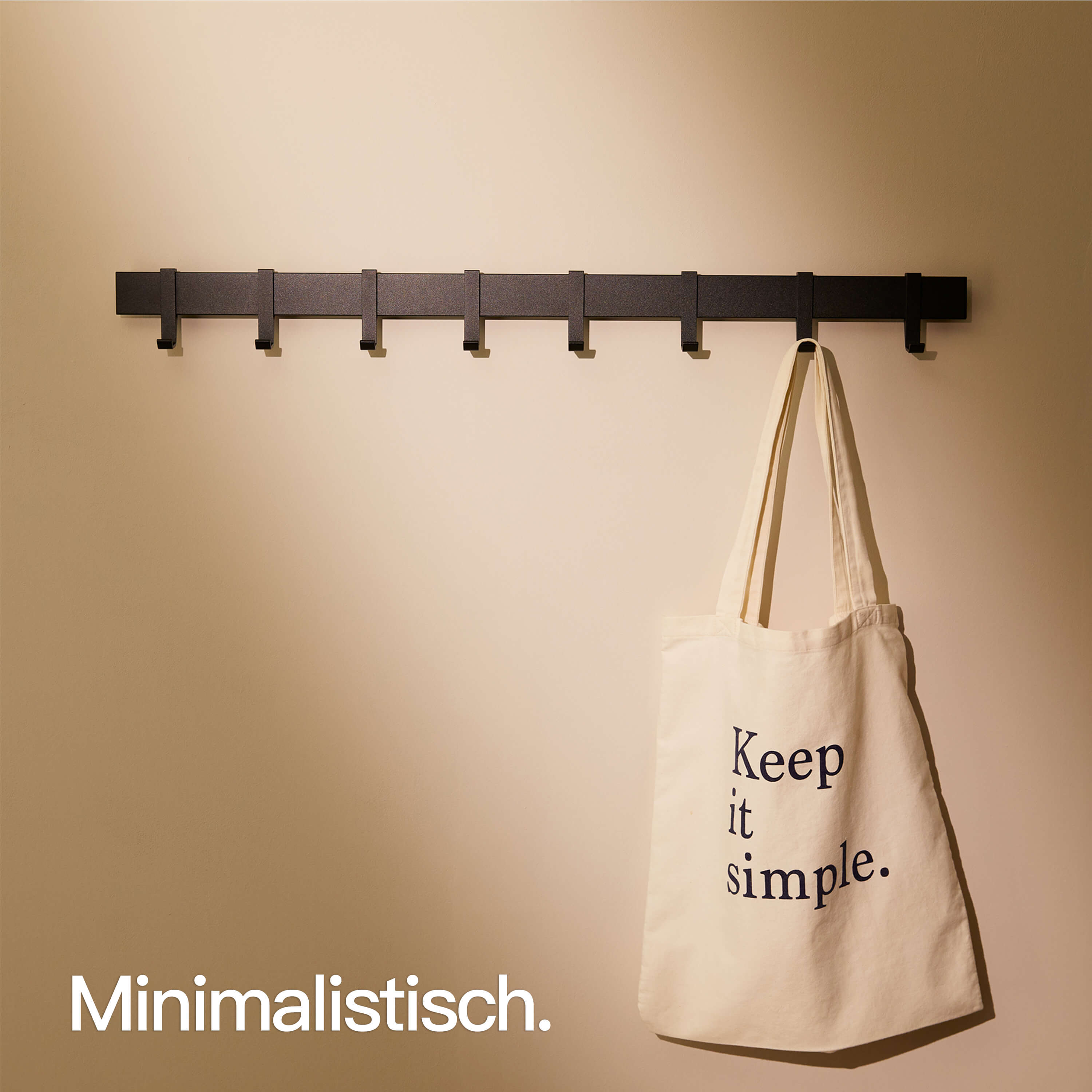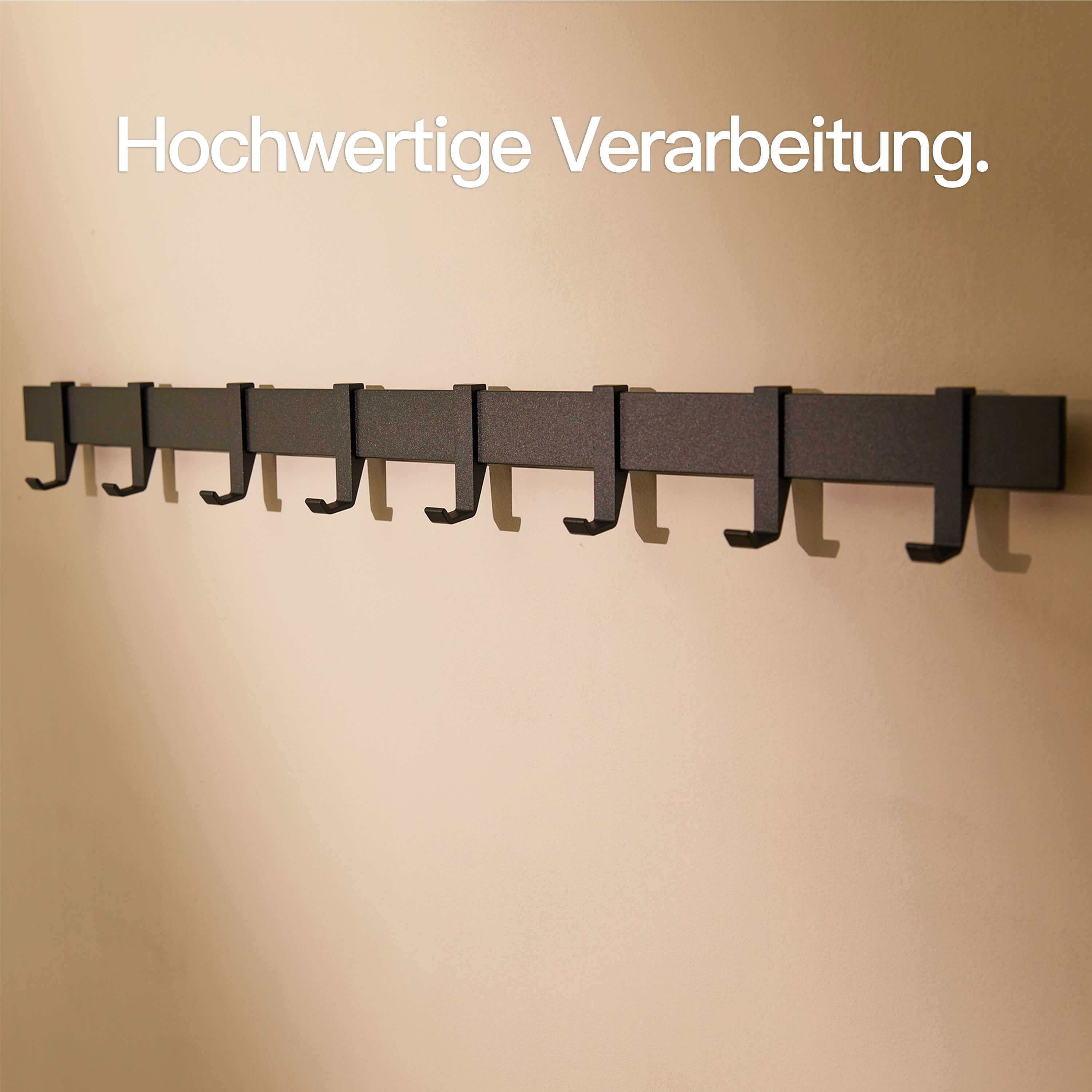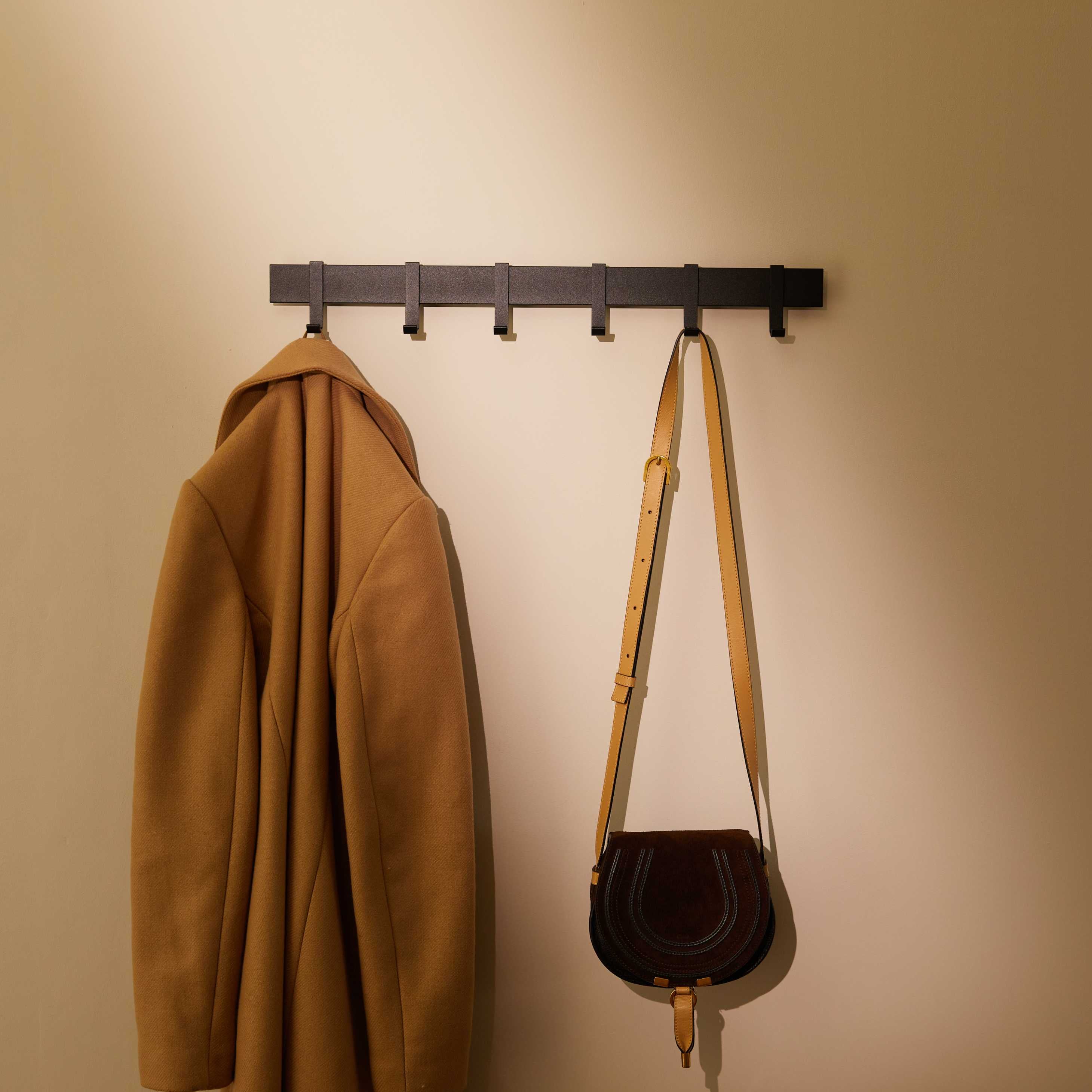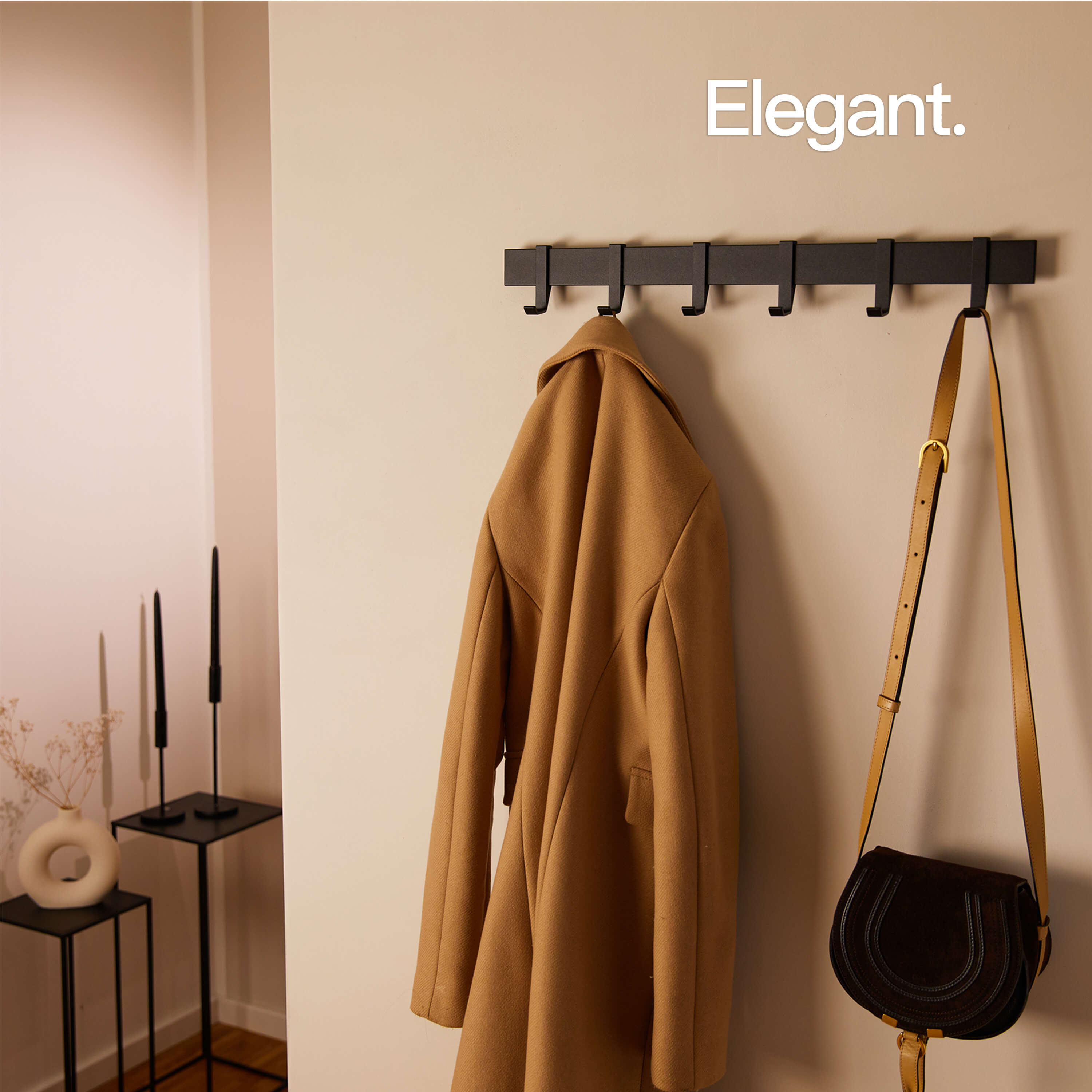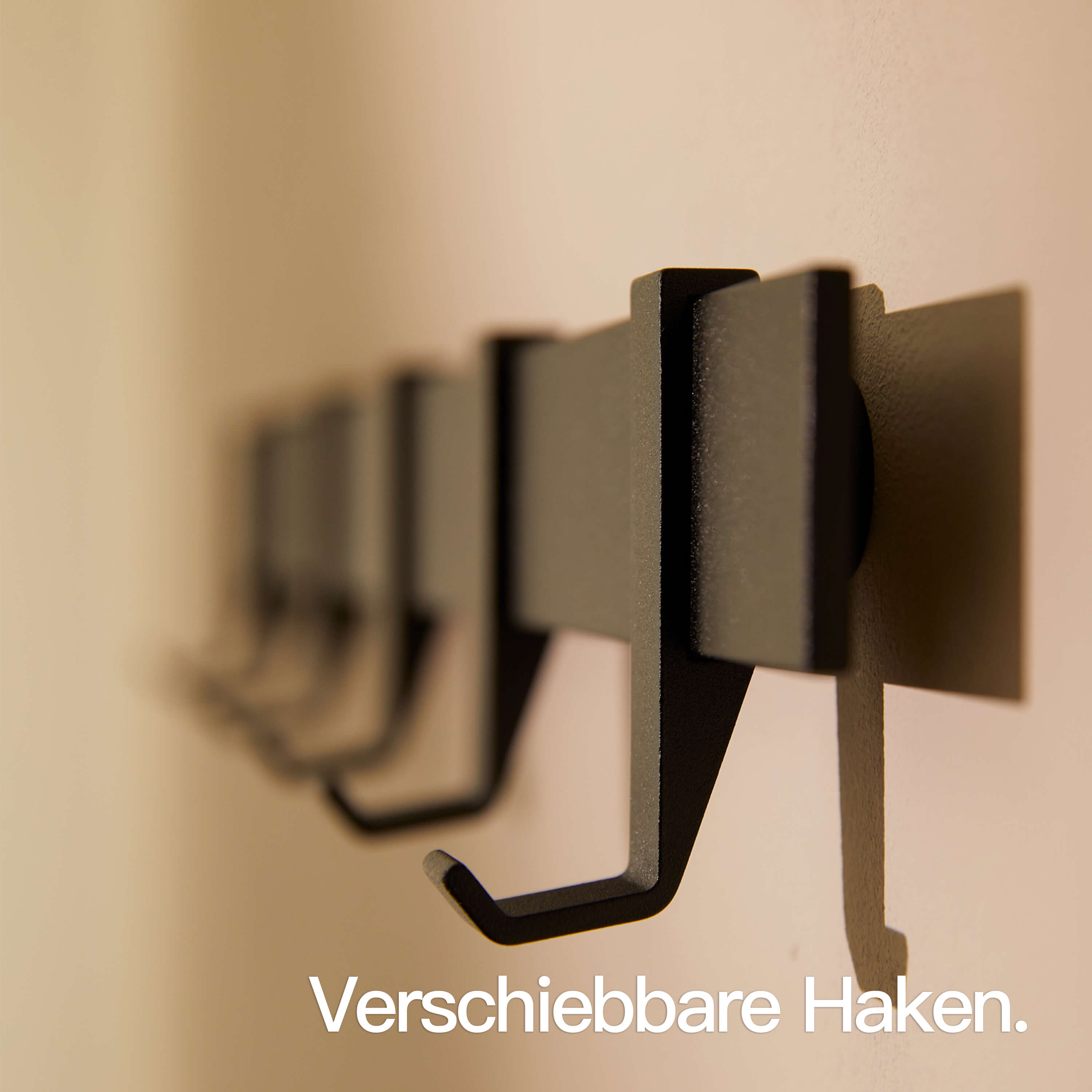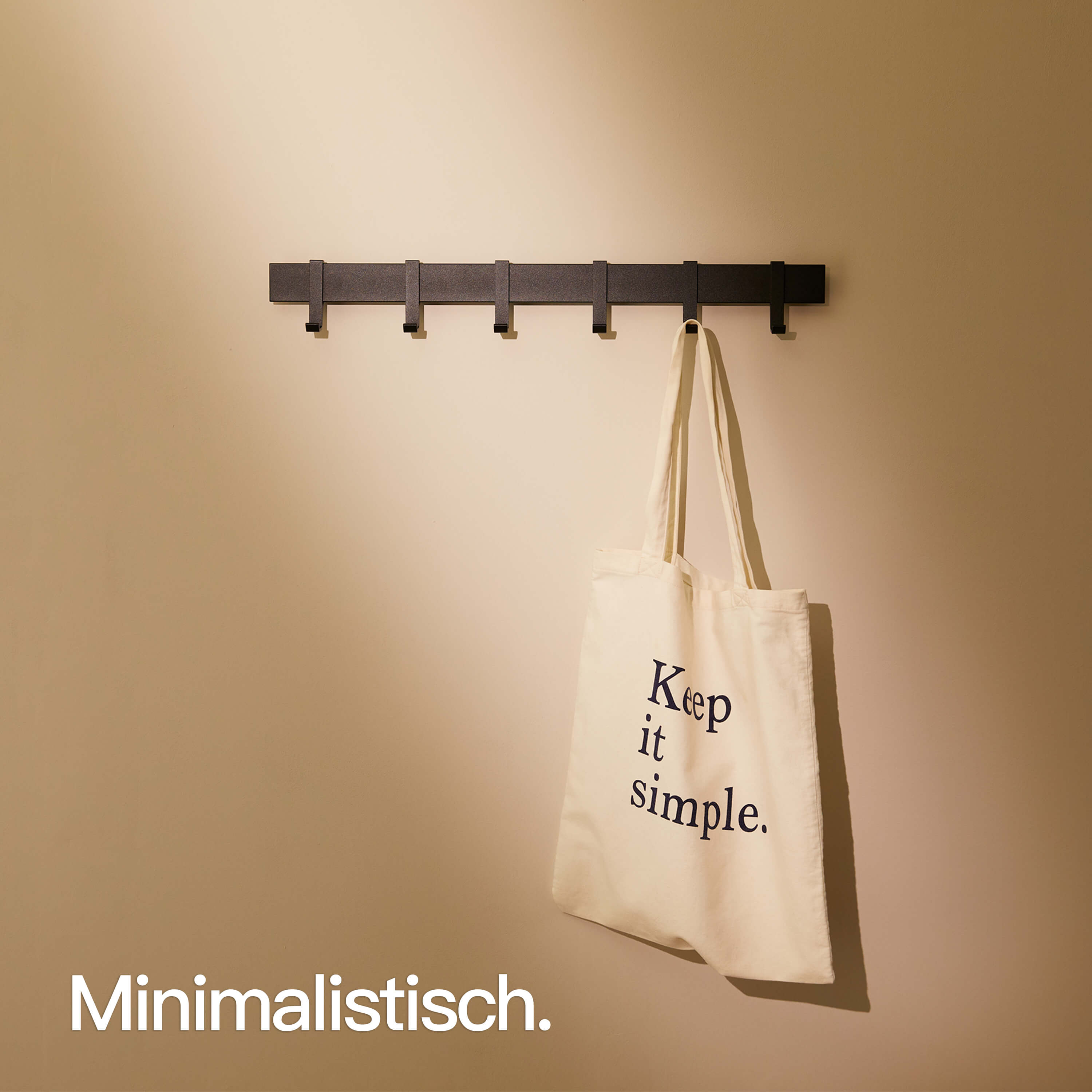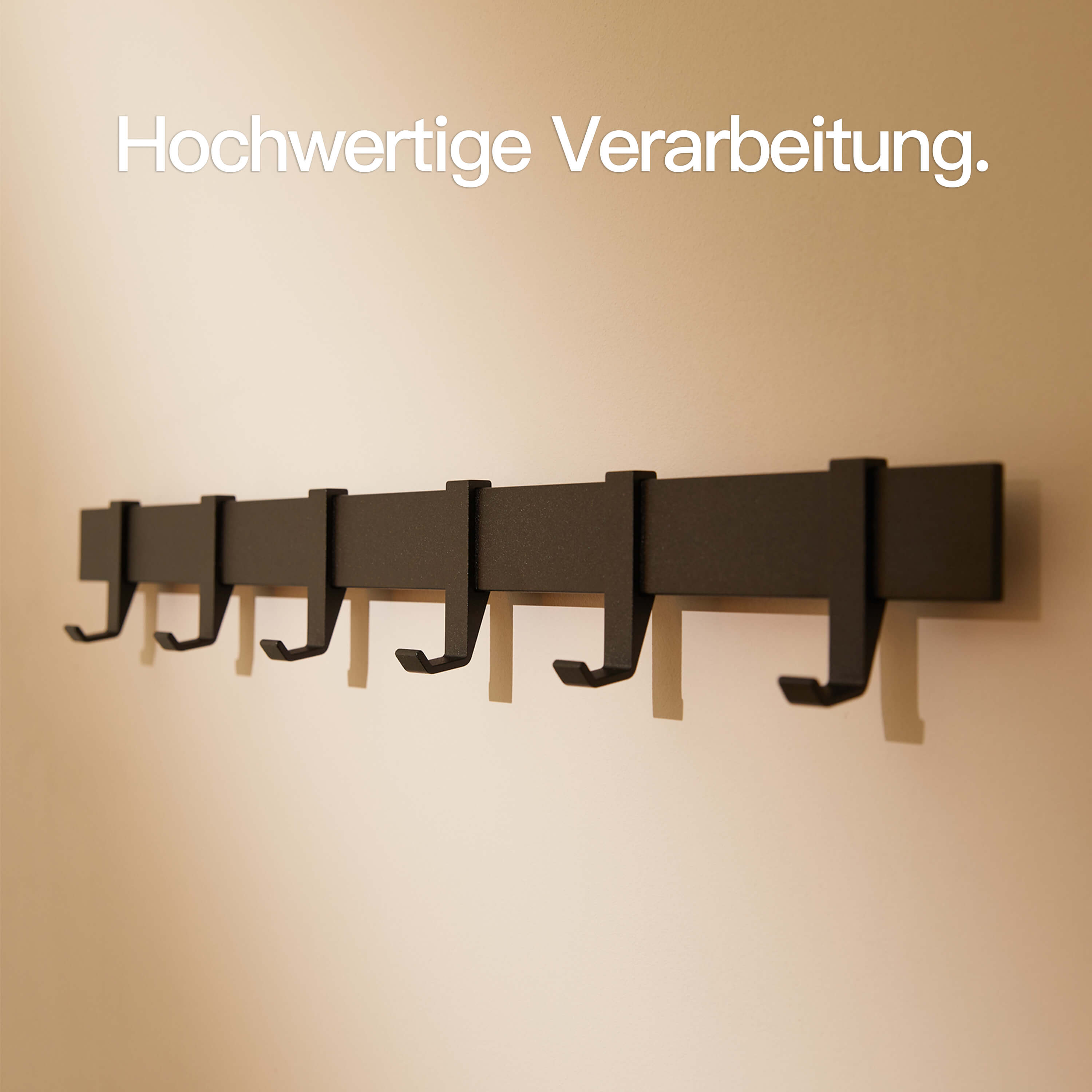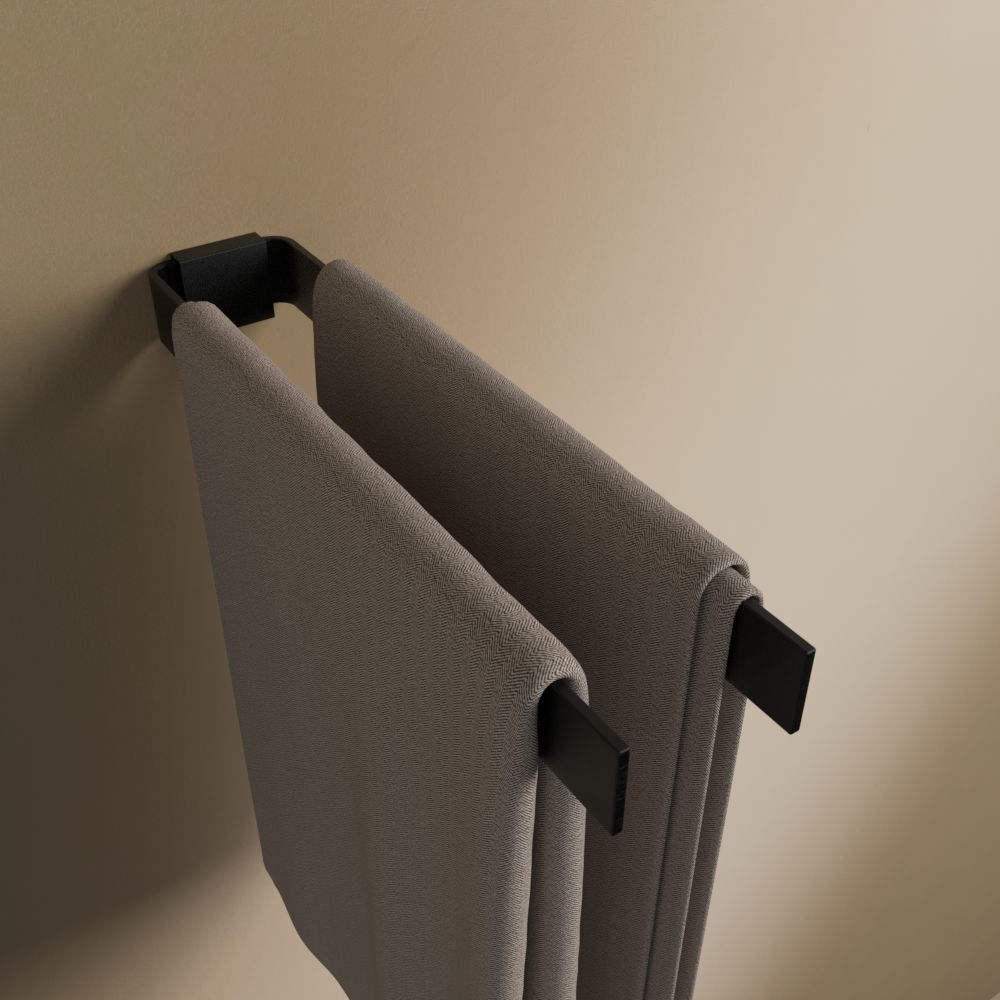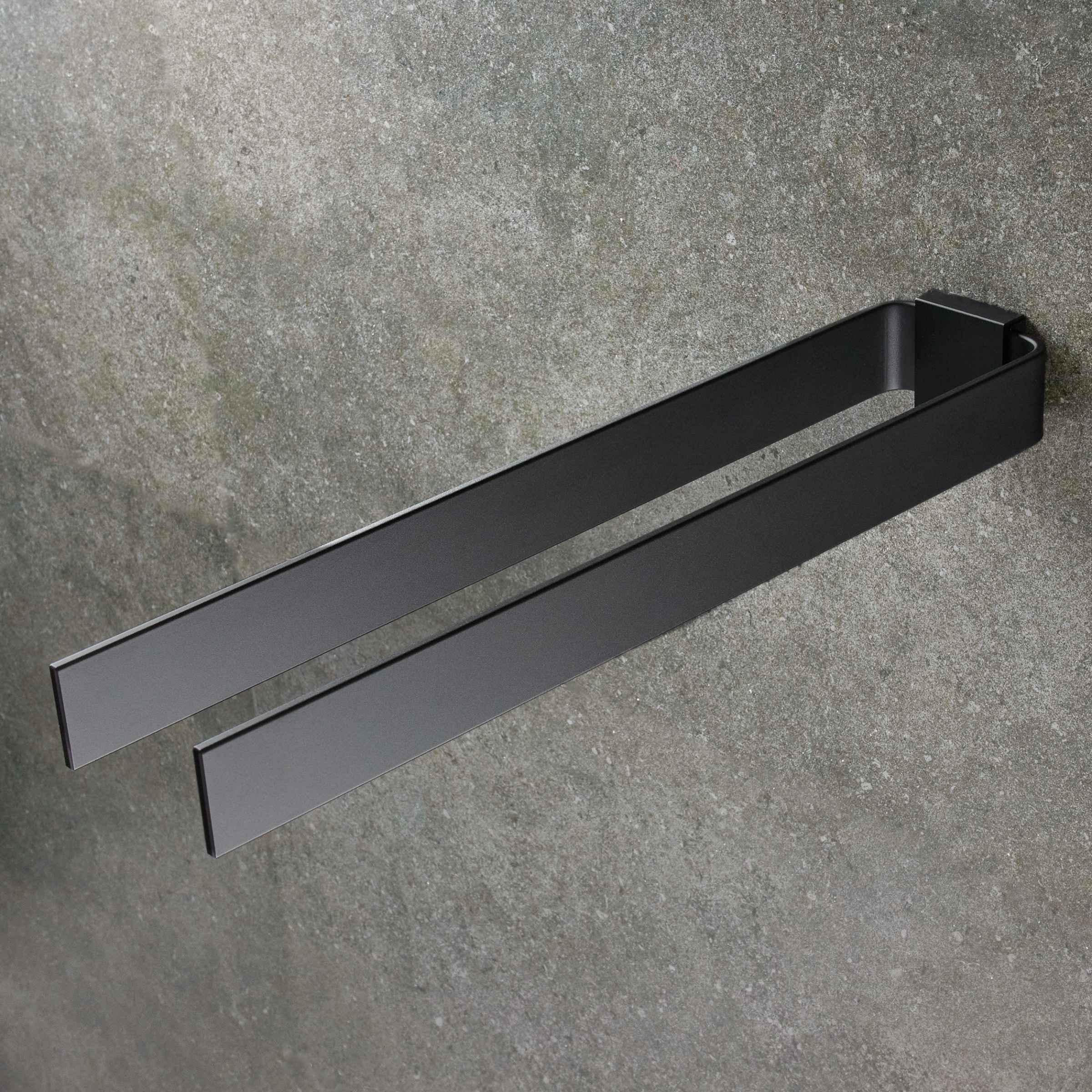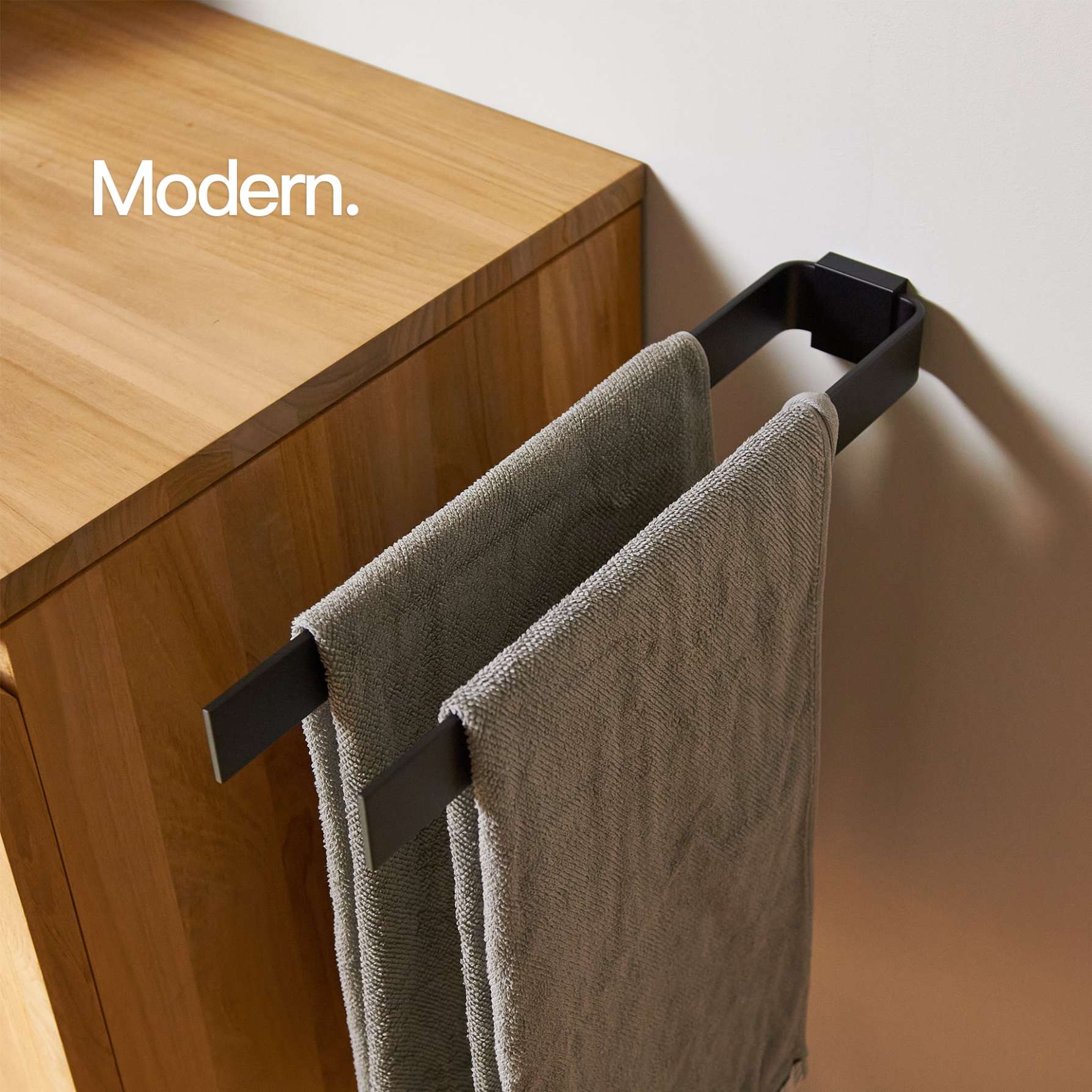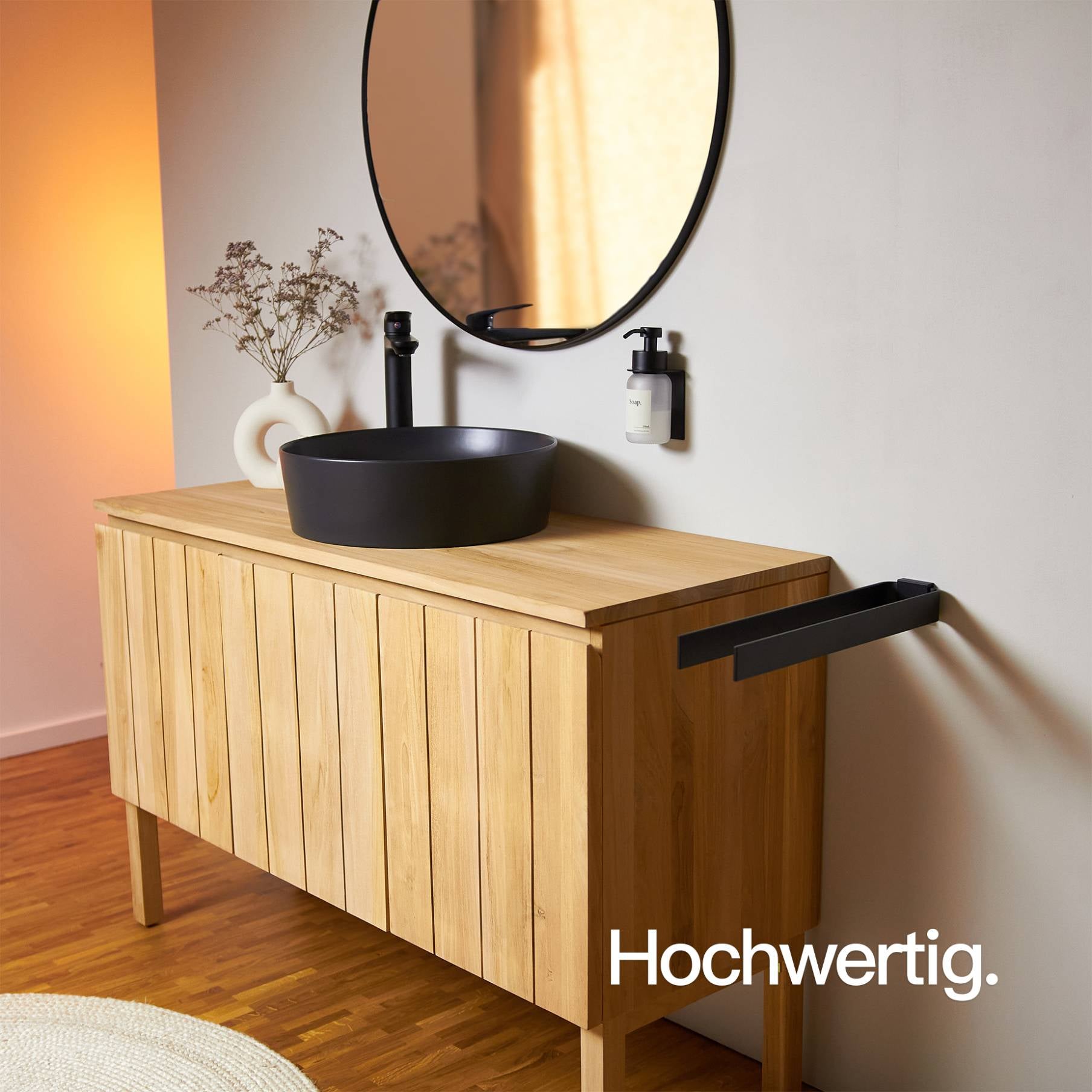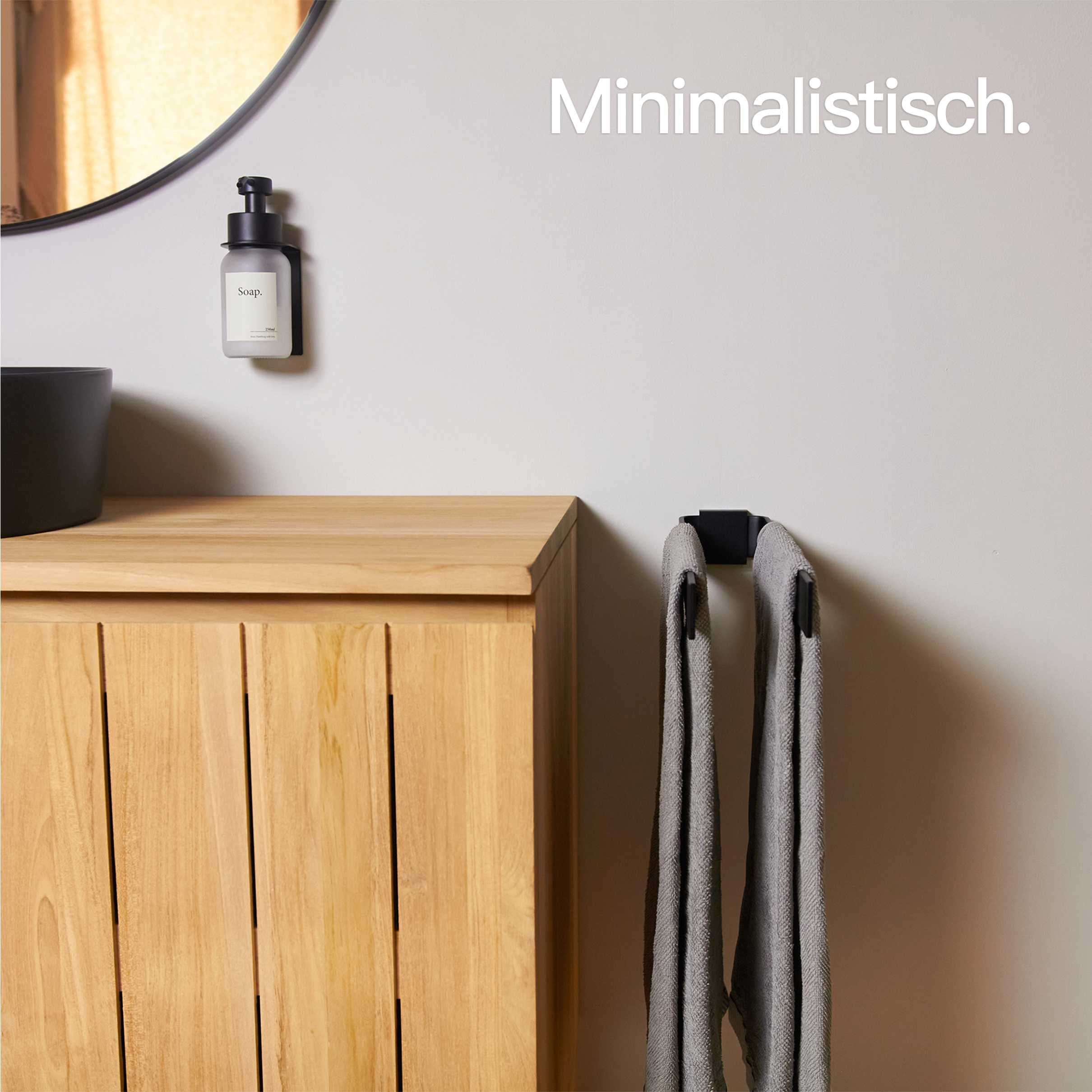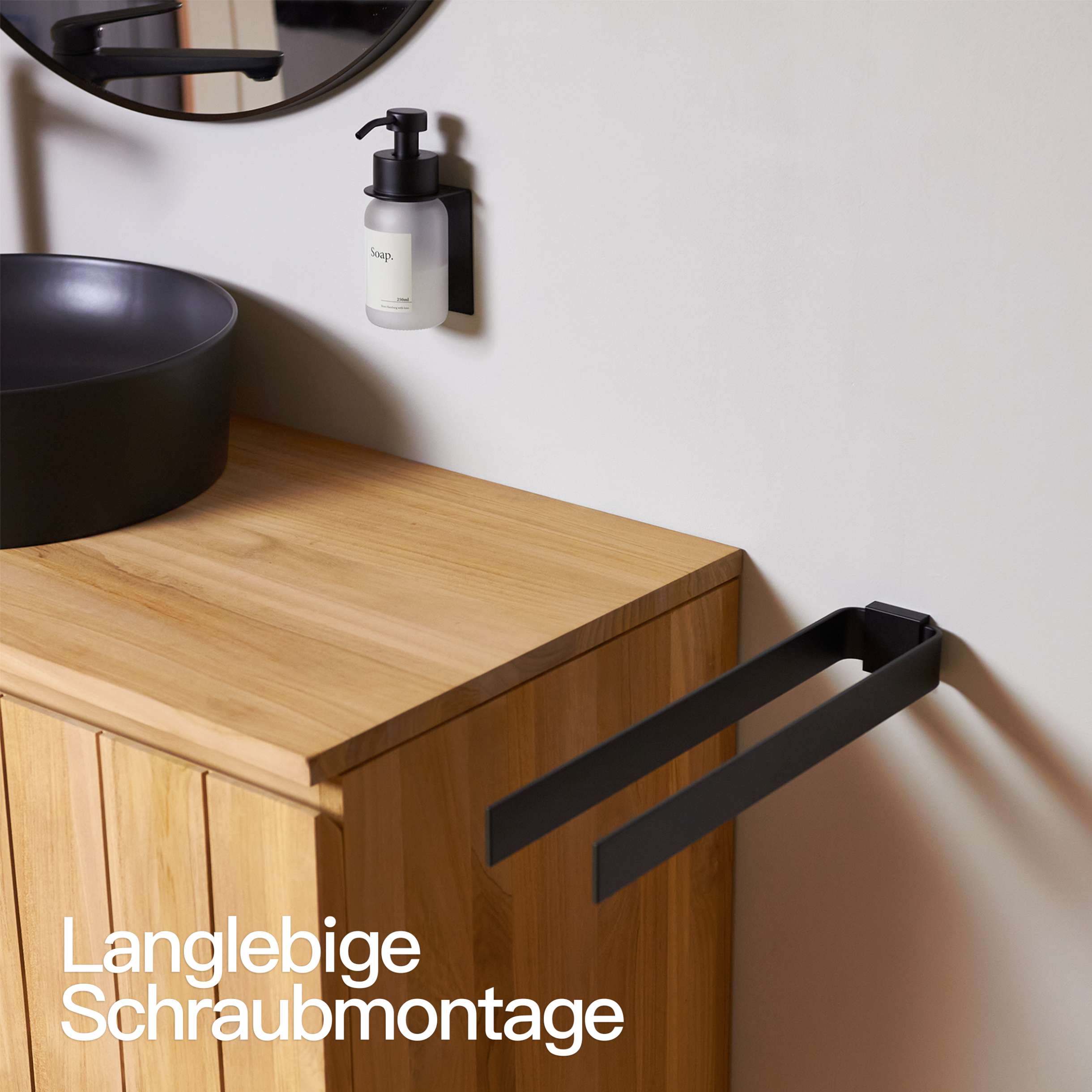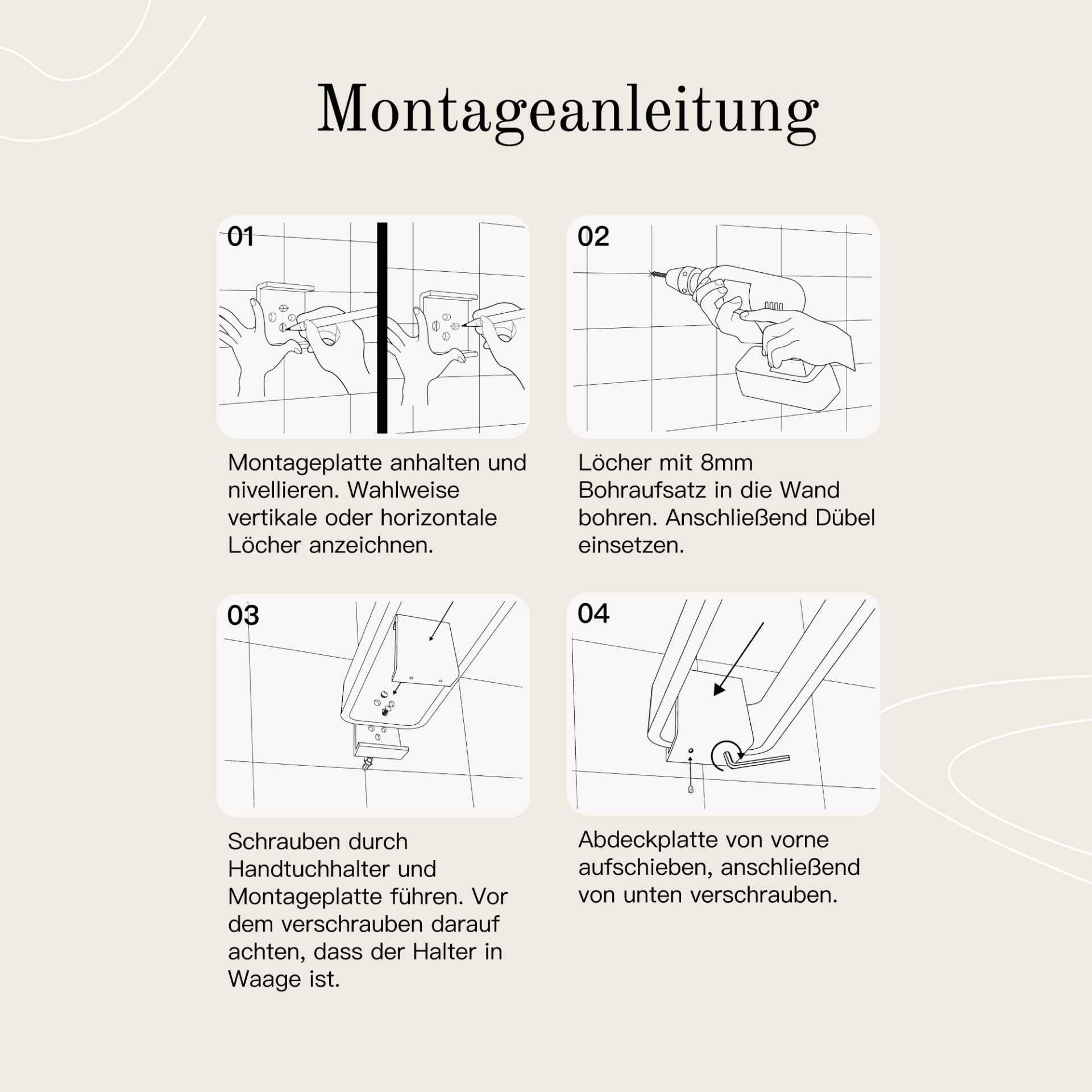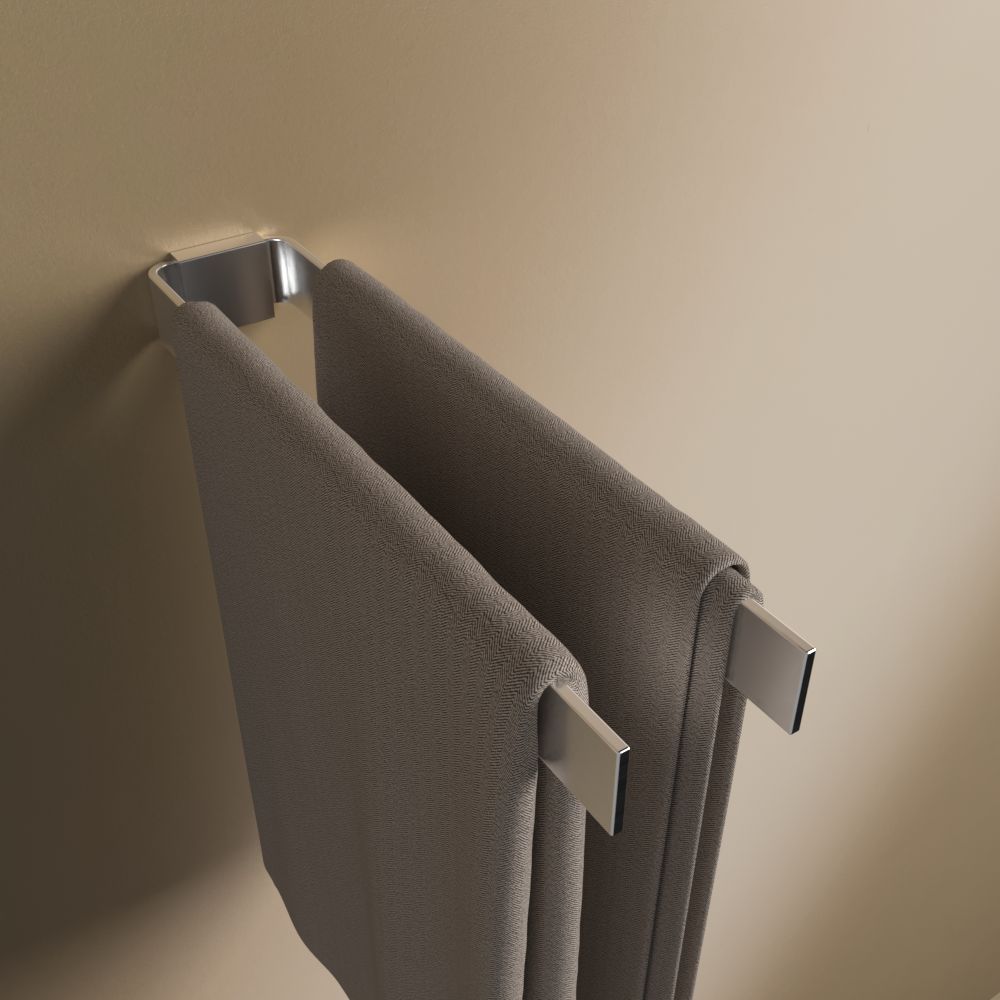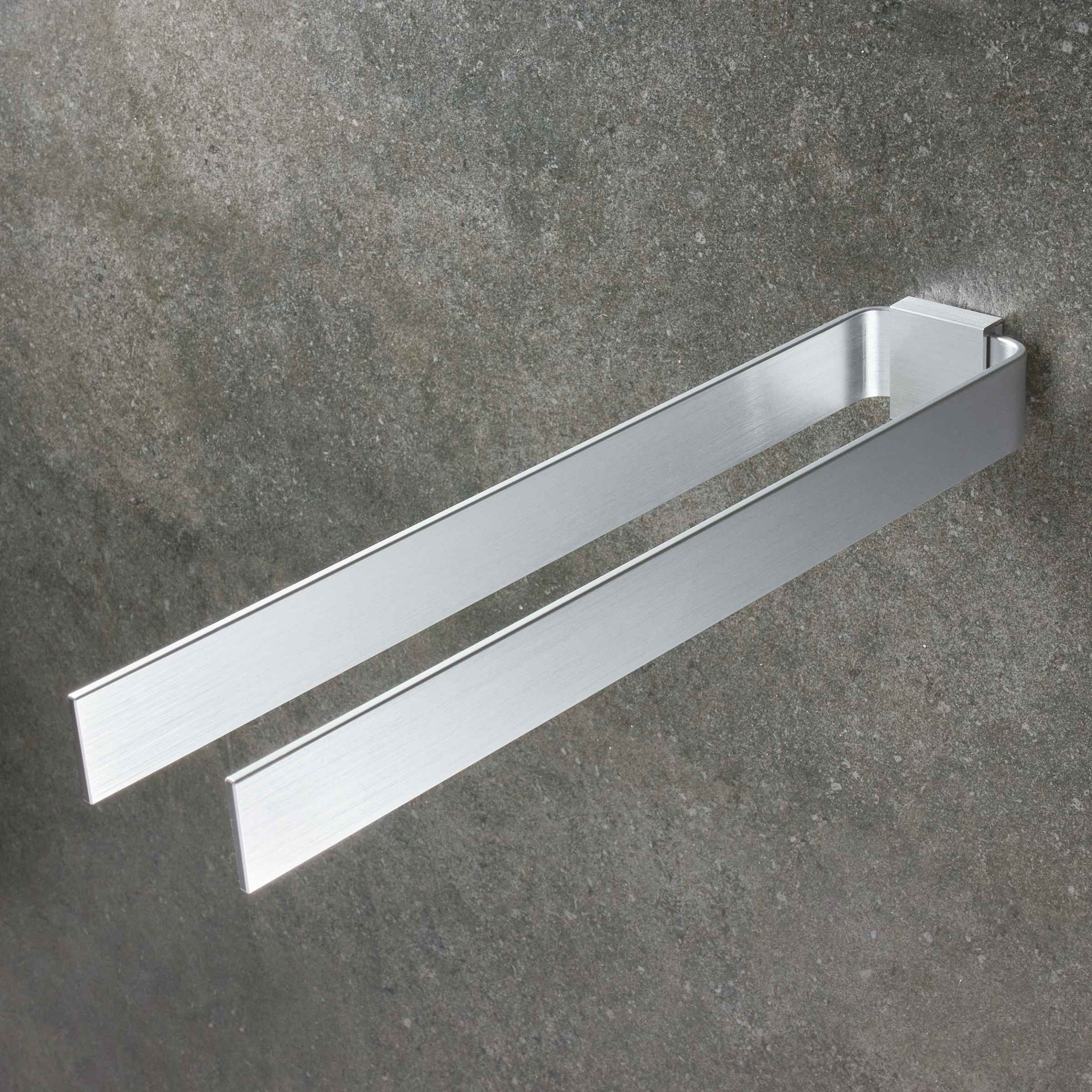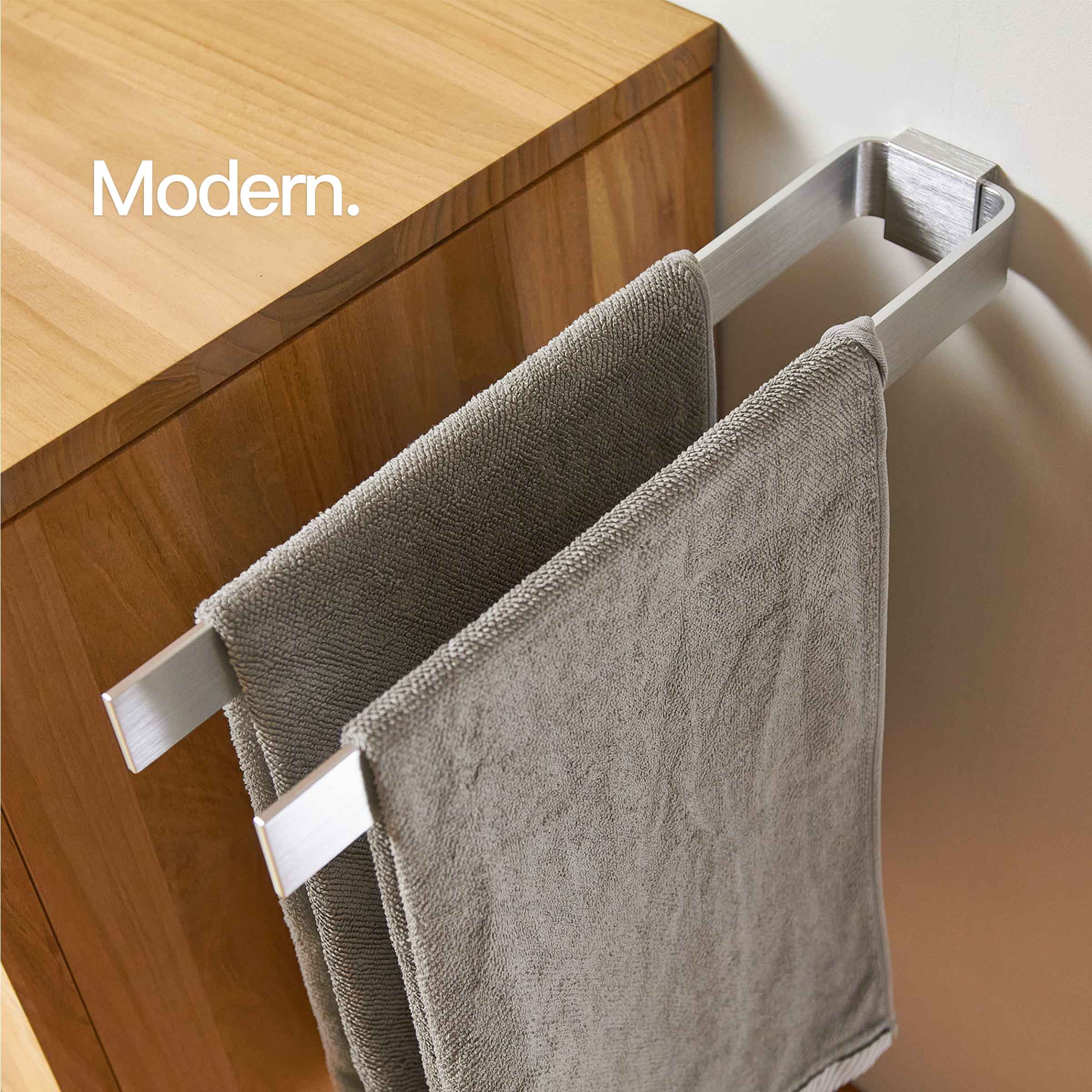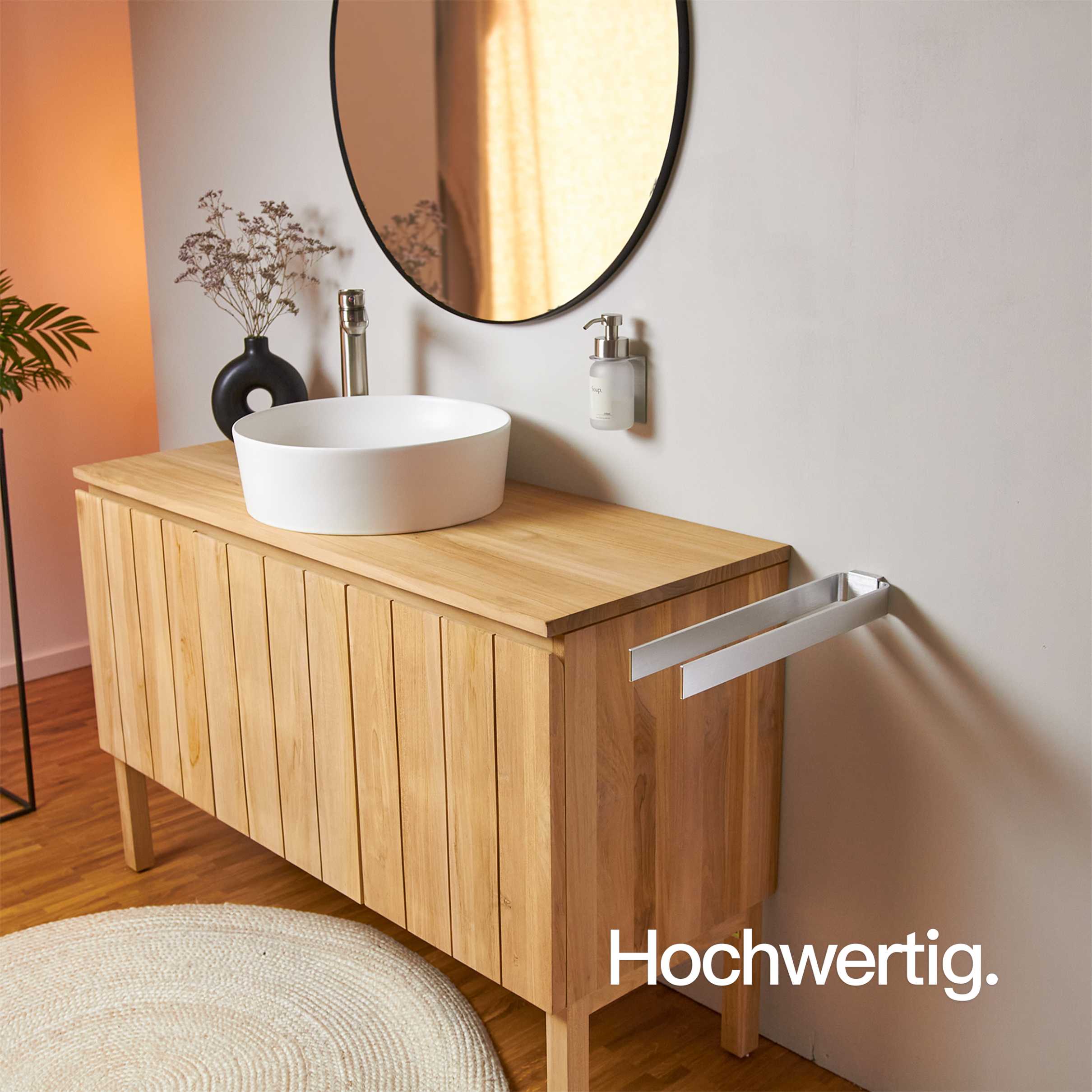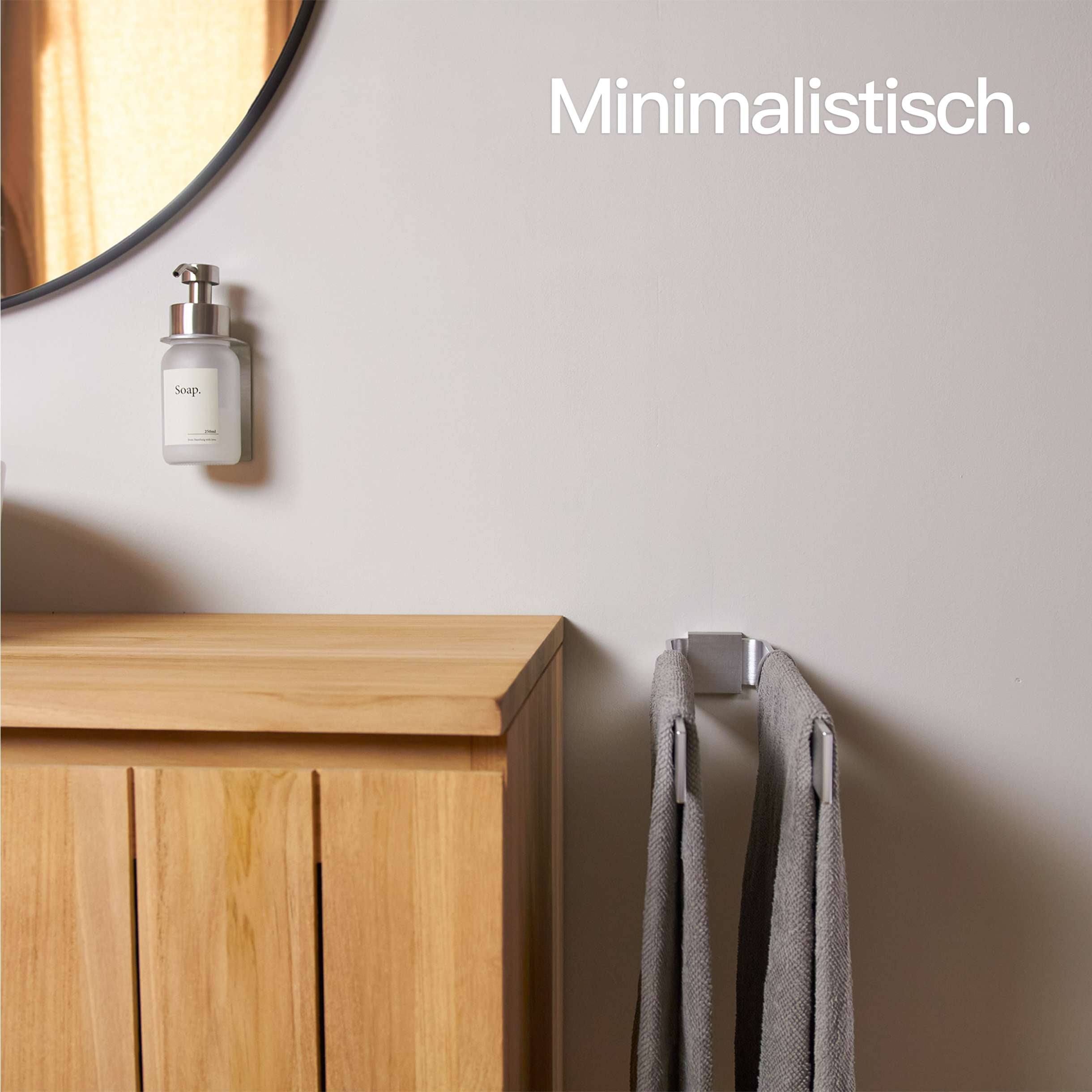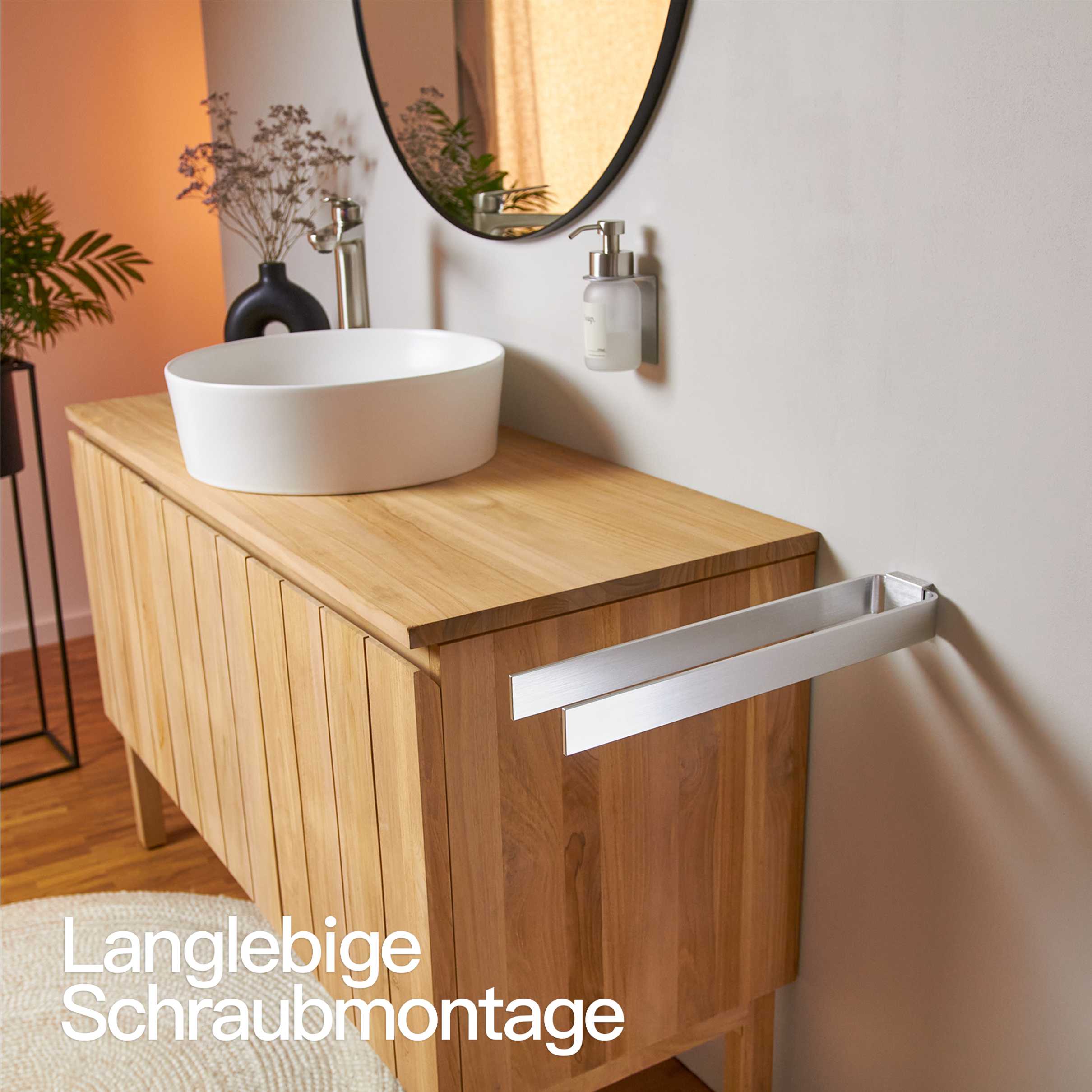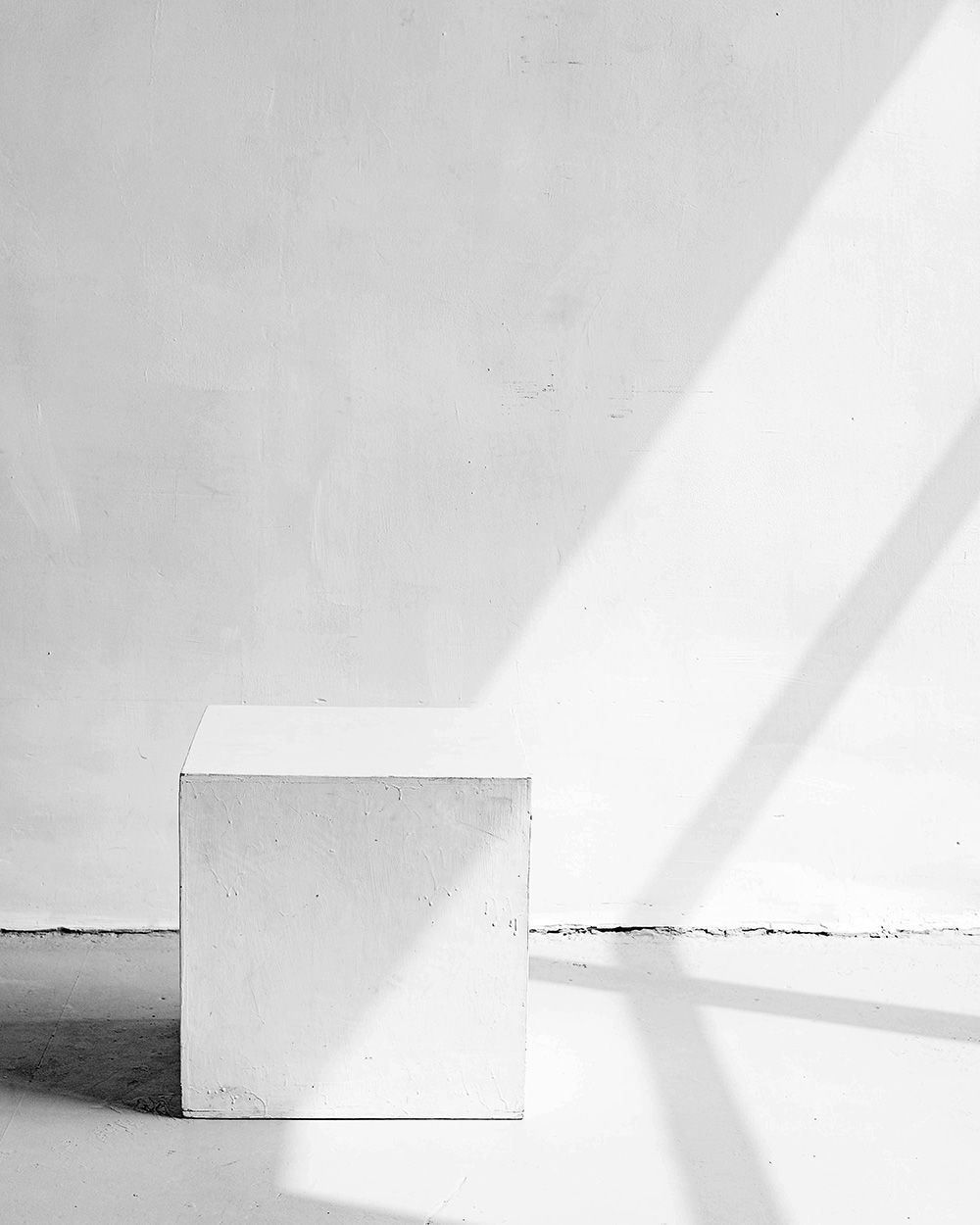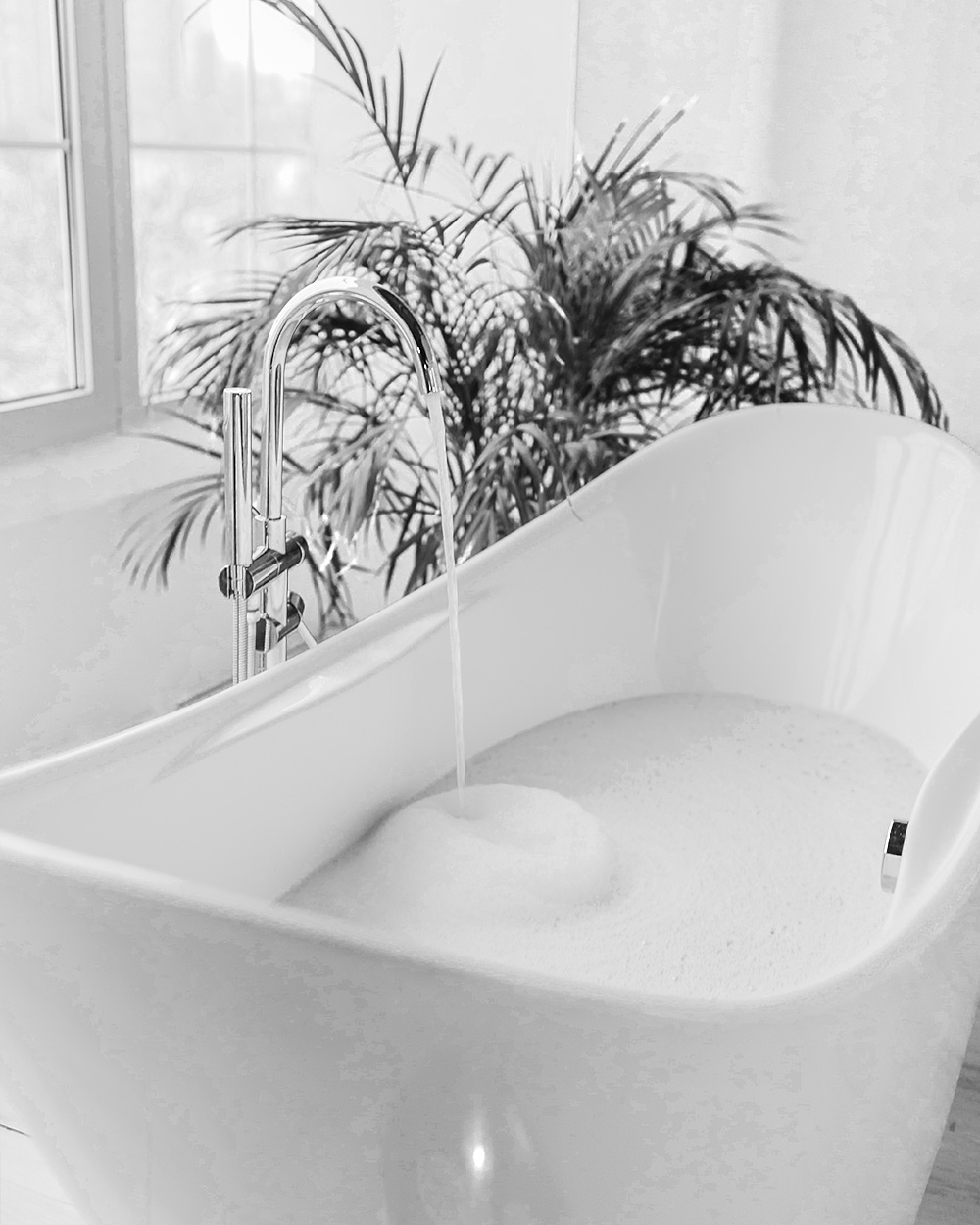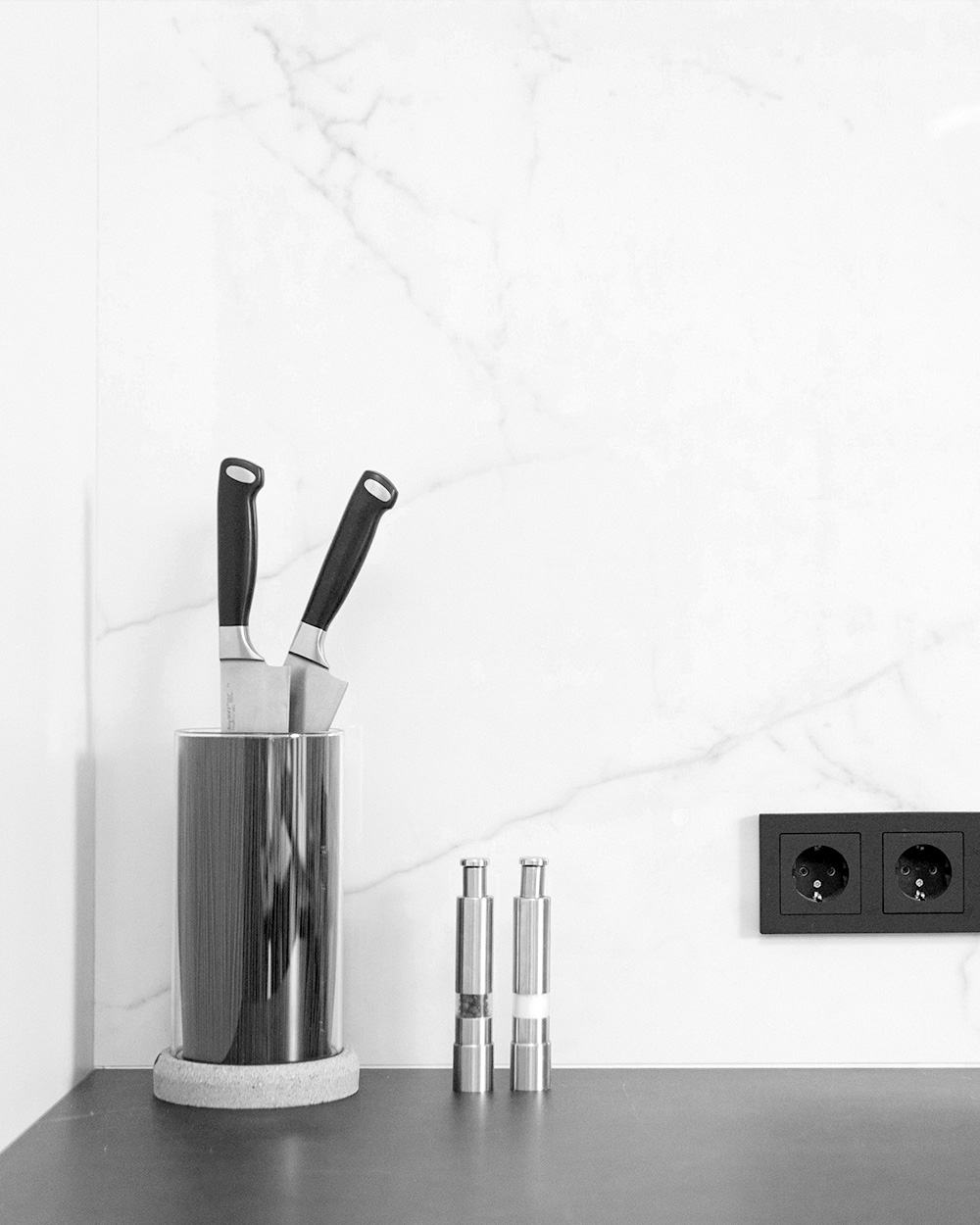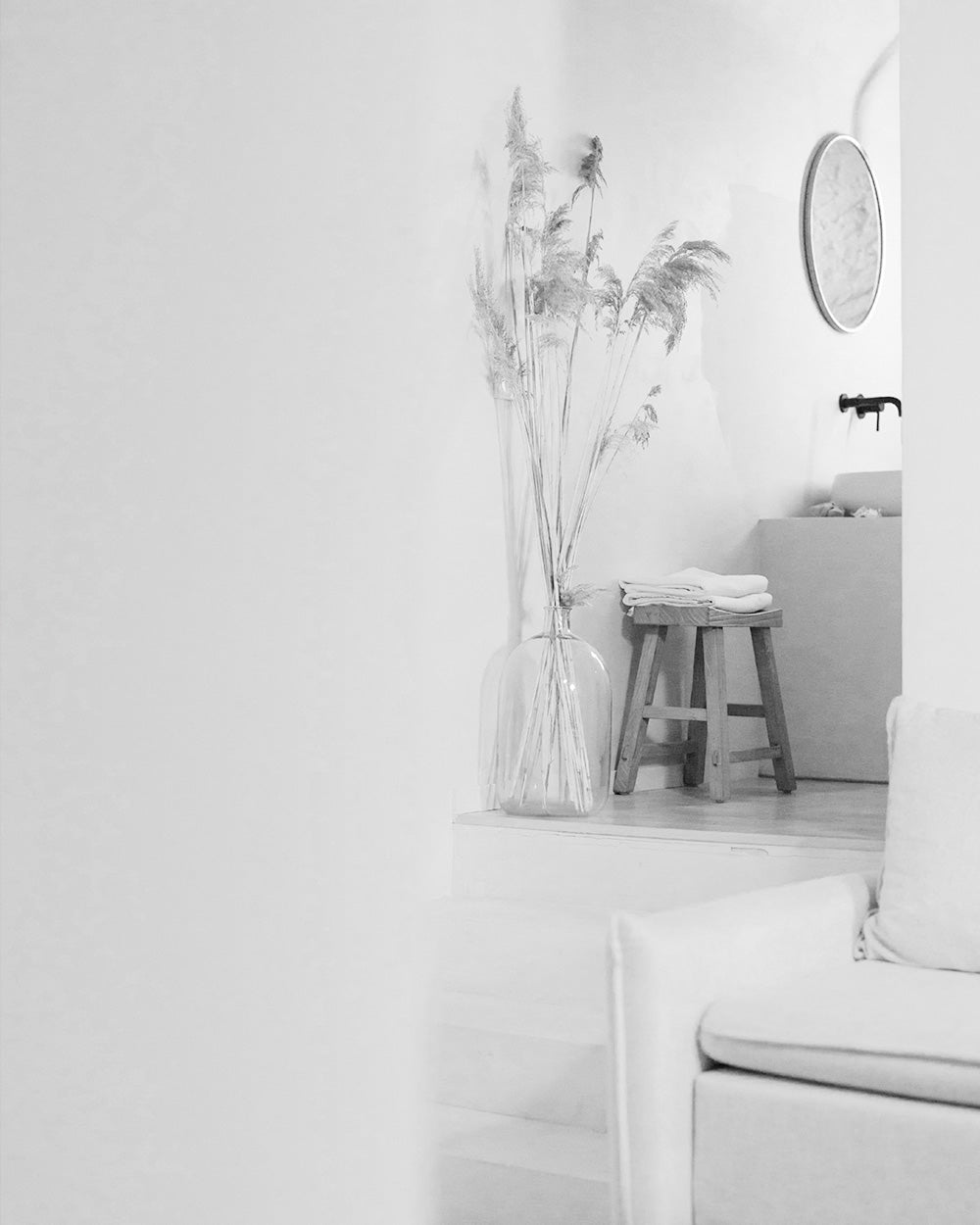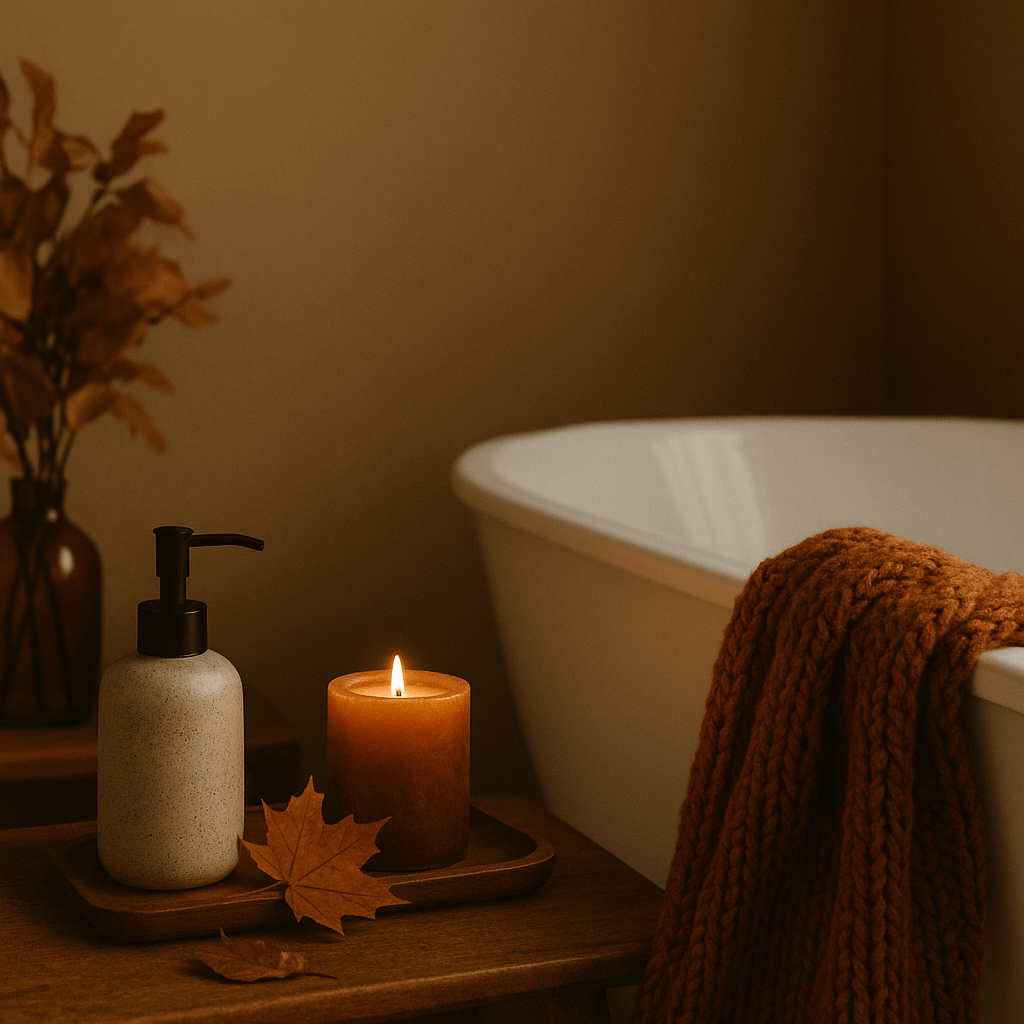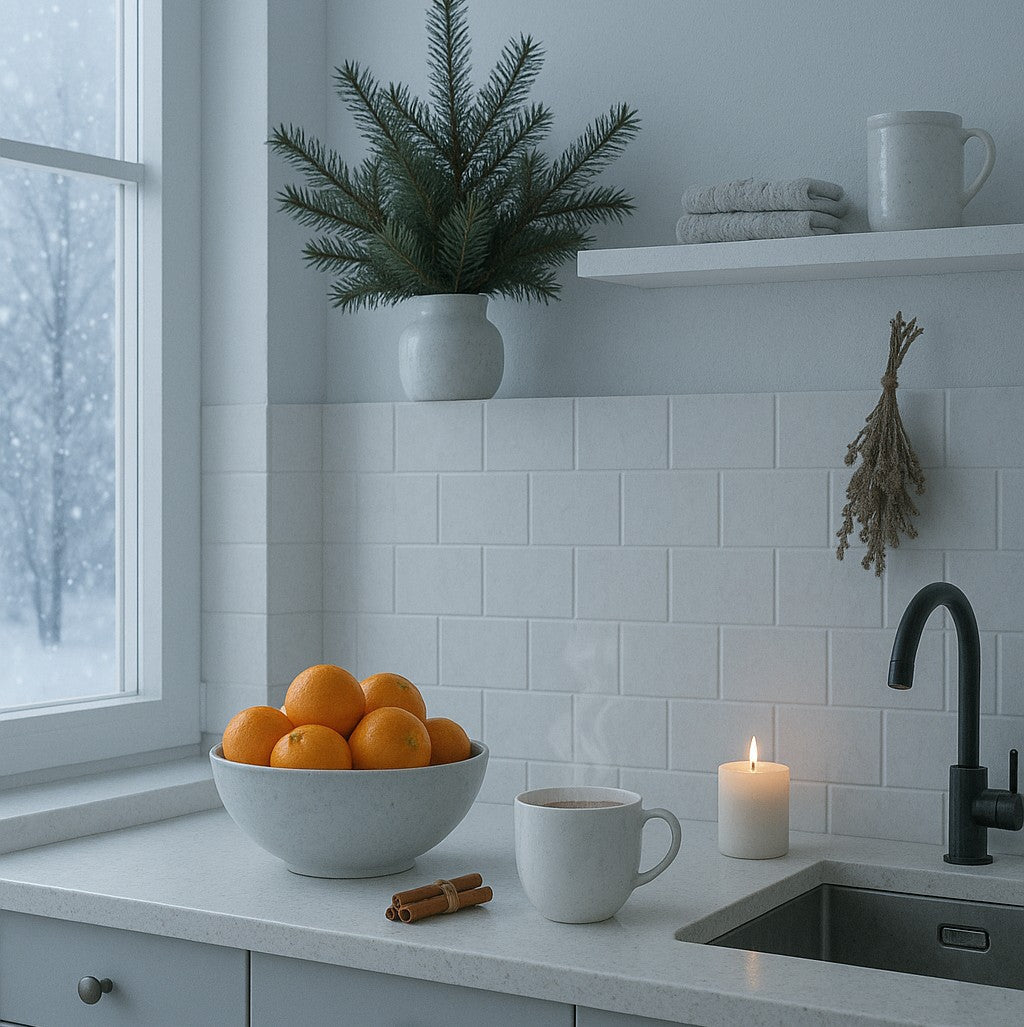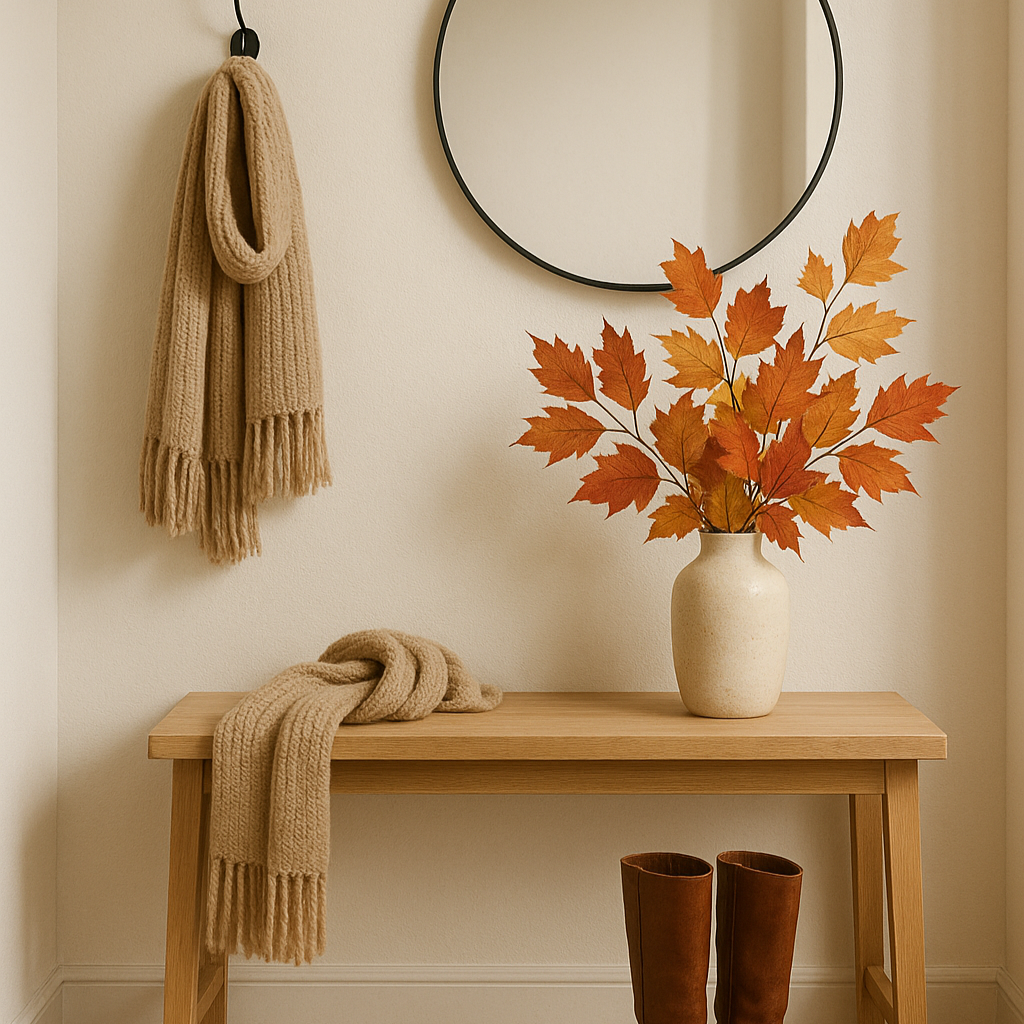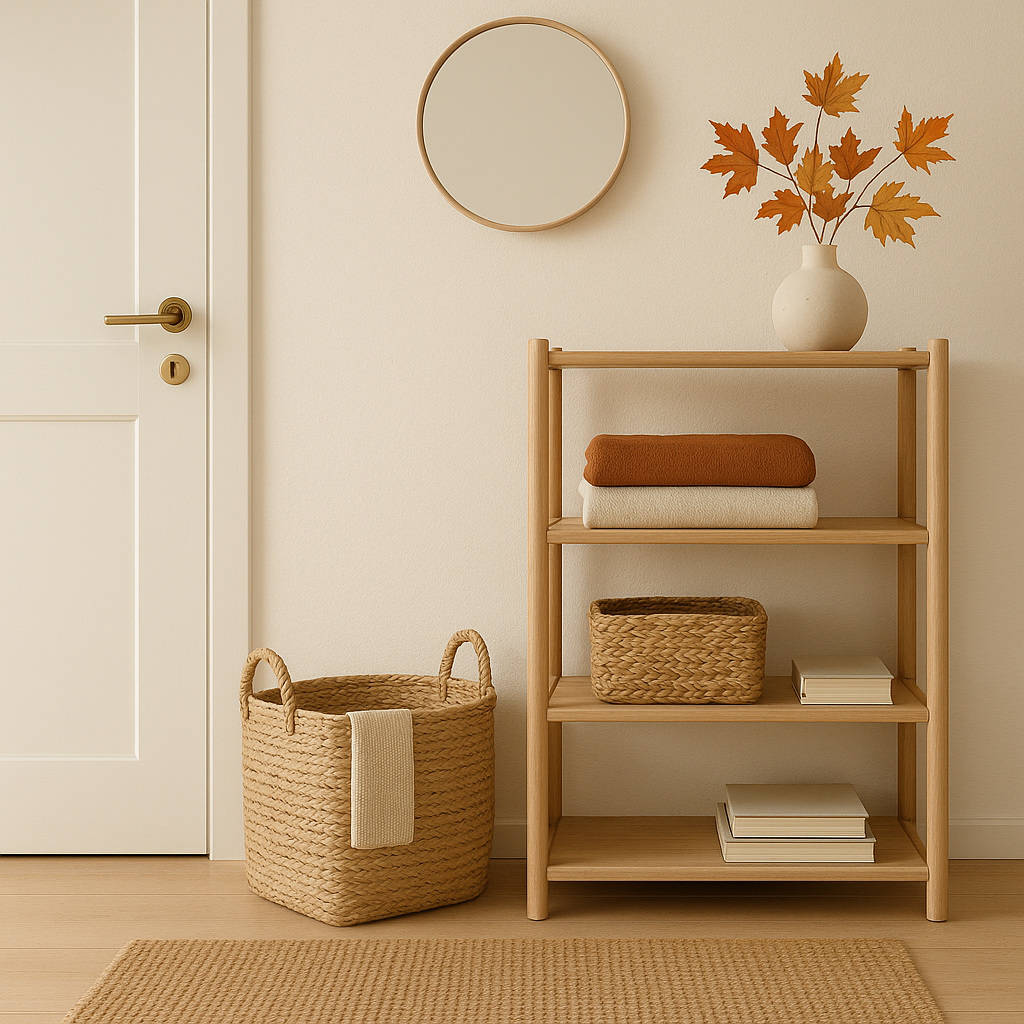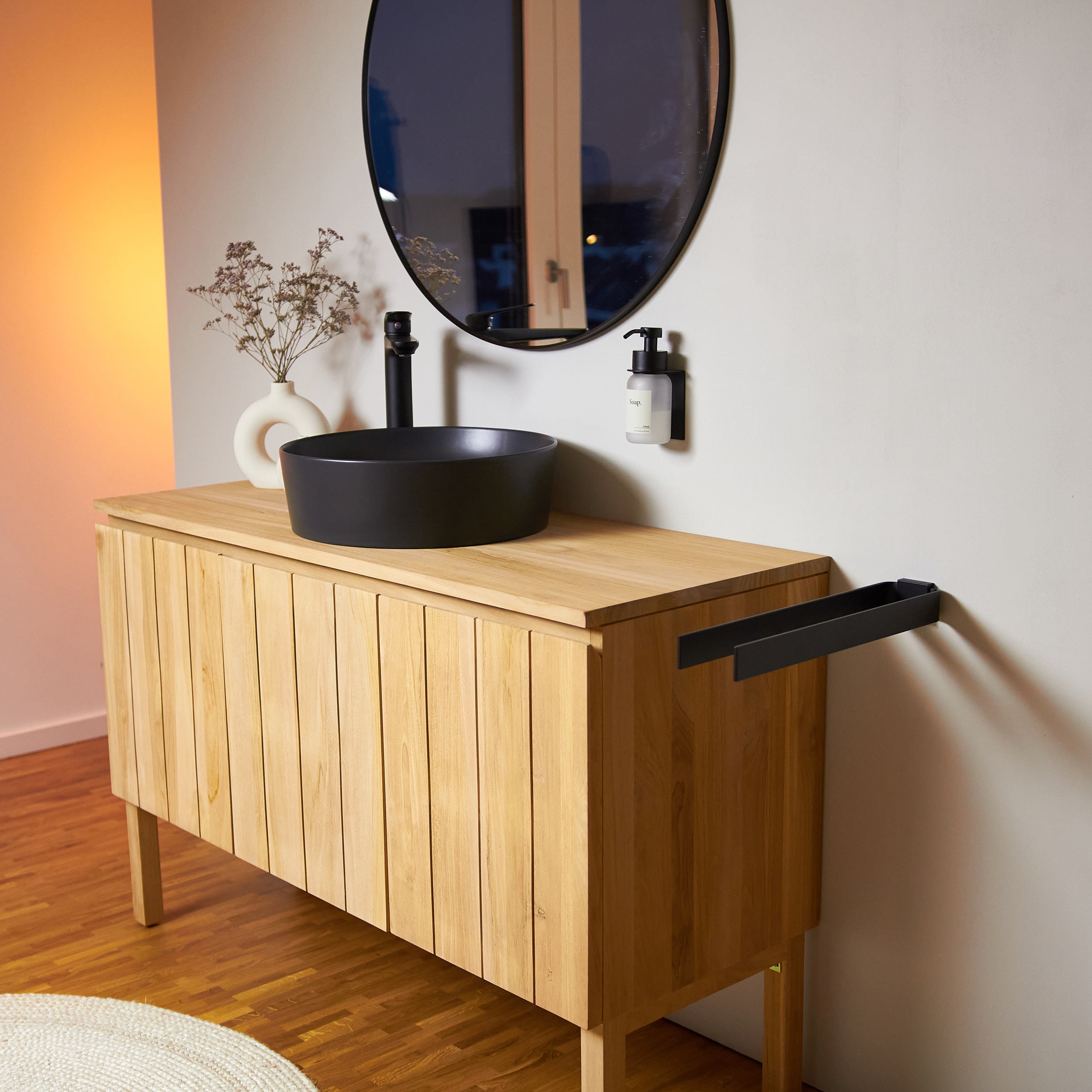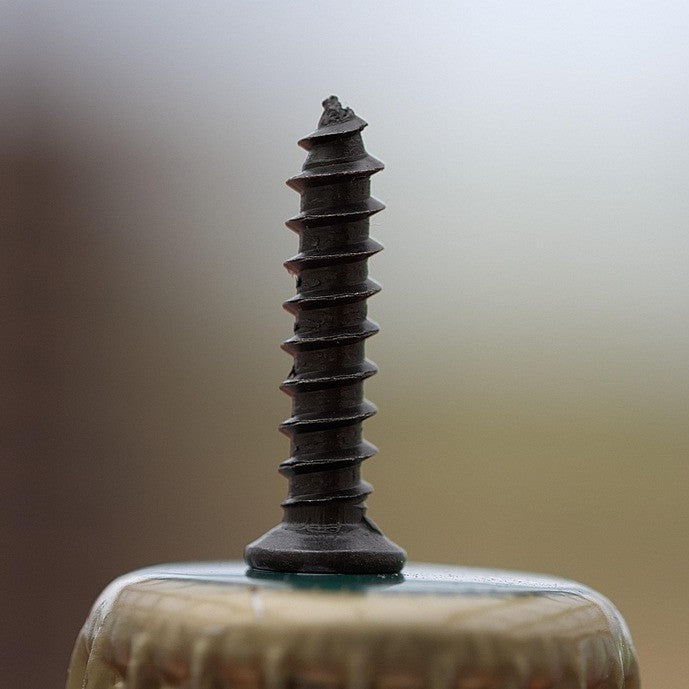
Screw mounting – Which anchors for which walls? How to find the right hold
Why the right dowel is so important
These dowel types are available – and they can
Drill hole, screw, dowel – everything fits together
Tips for safe installation
Pre-drilling and dust removal
Use a suitable drill
Do not hammer in dowels with force
Pay attention to load distribution
Always follow the assembly instructions
When to screw, when to glue?
The right dowel provides safety and stability
How do I know which wall I have?
What to do if the dowel spins in the hole?
Can I also attach our products without drilling?
How much weight can a normal dowel hold?
Do your products include screws and dowels?
Read more
Frischer Start ins neue Jahr – mit Struktur und Stil ins 2026
The new year is always a new beginning – a chance to leave old habits behind and make room for new things. In everyday life, this often means: more order,...
Practical and beautiful – Gift ideas for design fans under €50
Just in time for the pre-Christmas season, many are looking for thoughtful gift ideas. This article showcases stylish metal home accessories under €50 that will delight design fans – high-quality, functional, and perfect for rental apartments, as many can be installed without drilling.
Herbst- und Winterstimmung ins Bad bringen
In October and November, we slowly feel drawn back to the home. Outside, it gets cooler and darker, while inside, the longing for warmth and security grows. Especially the bathroom...
Kitchen update for the winter – more space for tea, cookies, etc.
As it gets colder outside, life increasingly shifts indoors – and the kitchen once again becomes the heart of the home. This is where we gather for a cup of...
Welcome to Winter – Order & Coziness in the Hallway Introduction
The hallway is the first room we enter when we come home—and in the colder months, it's also the place where coats, scarves, hats, and wet shoes gather. Especially in...
More order, more space – clever tidying up after the summer
After a busy summer full of outings, vacations, and garden evenings, one thing often remains at home: a bit of chaos. Bags pile up in the hallway, summer clothes are...

